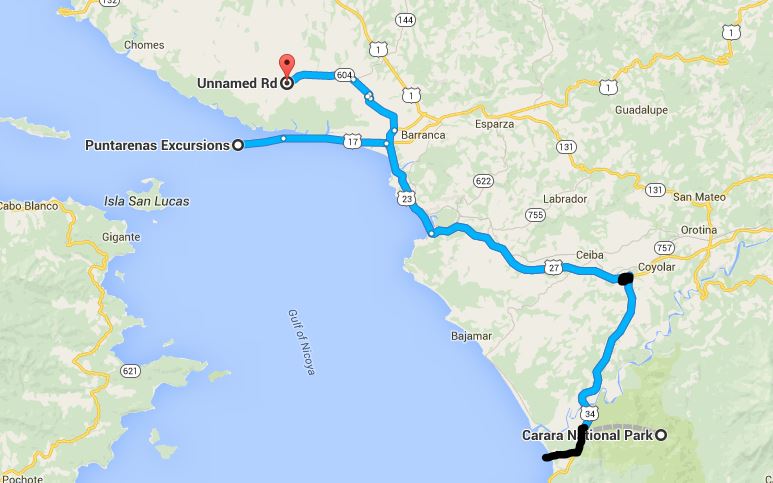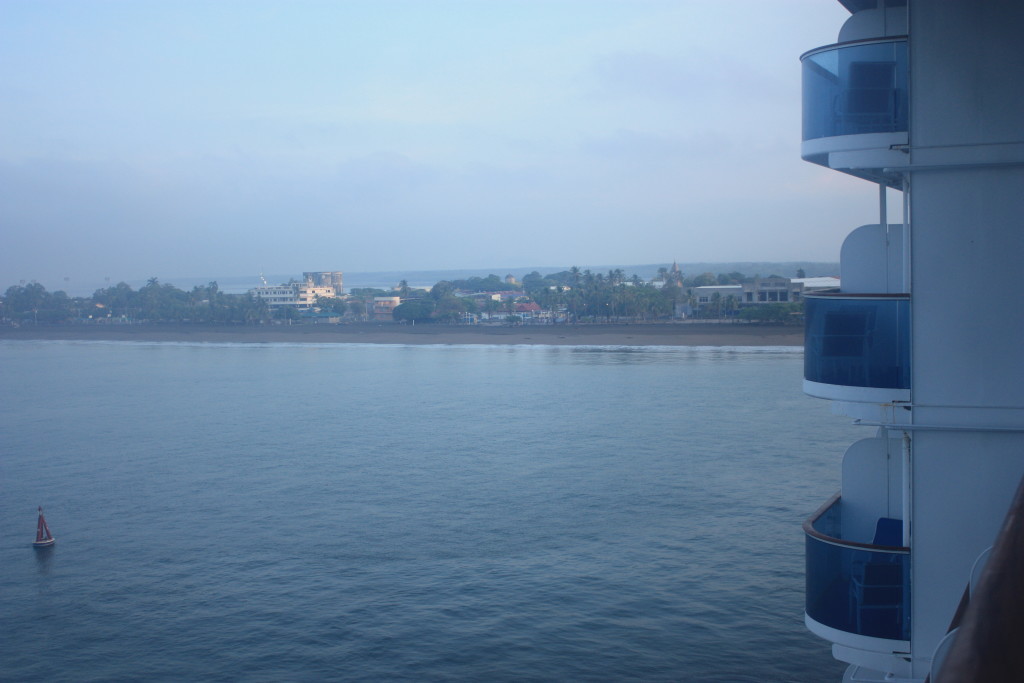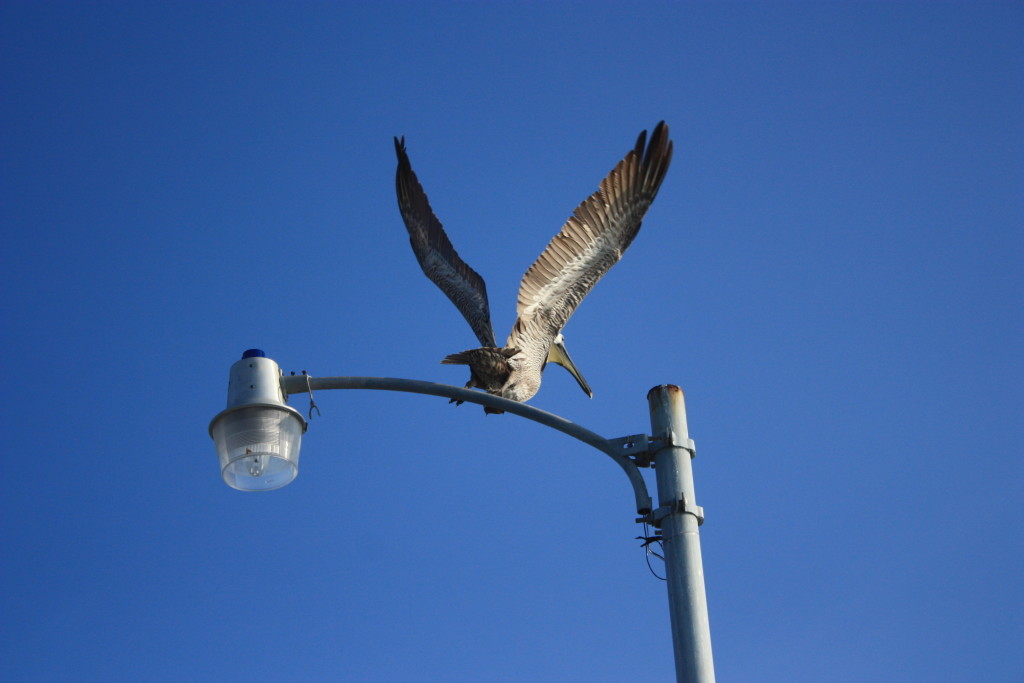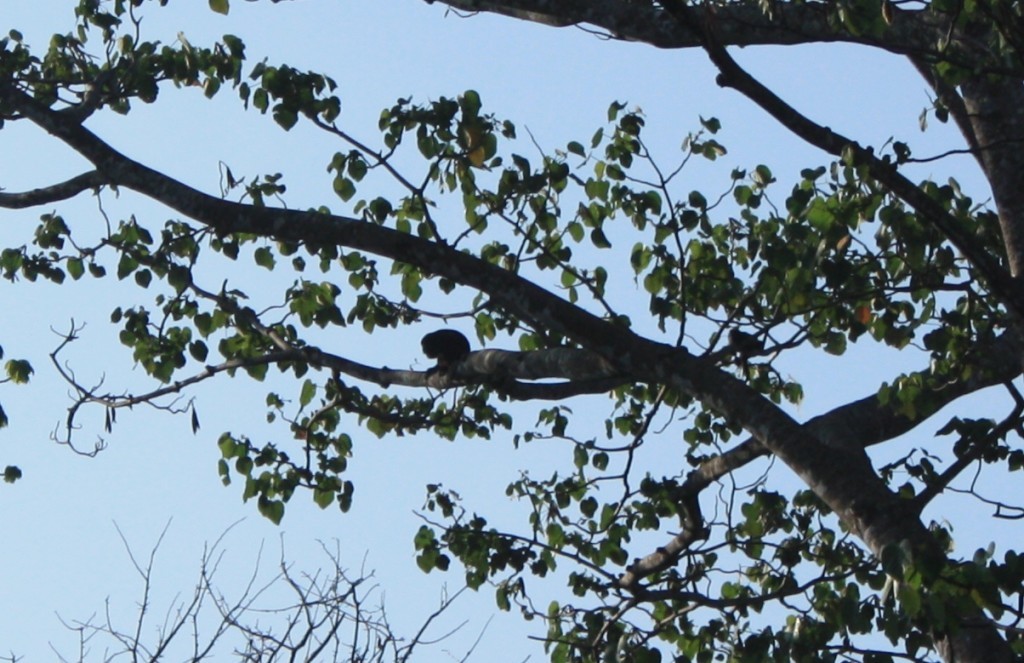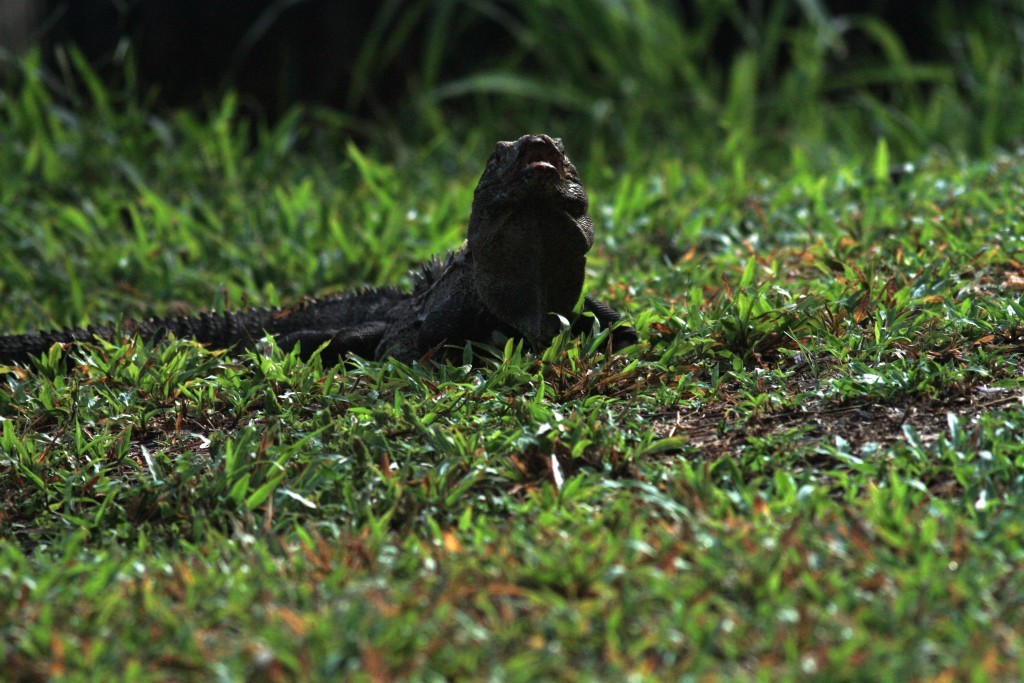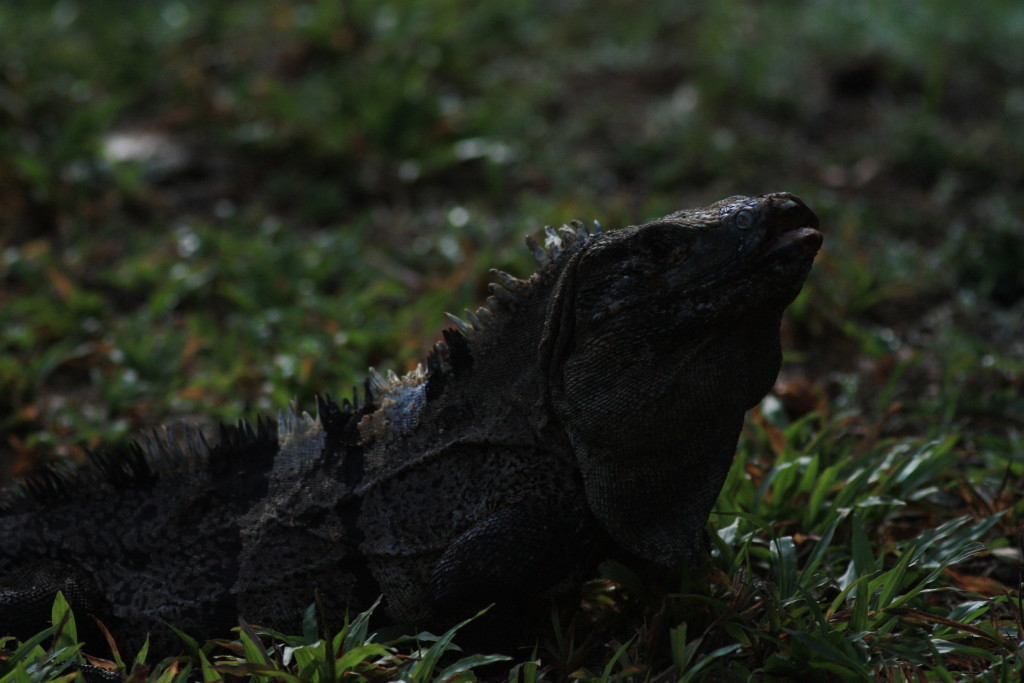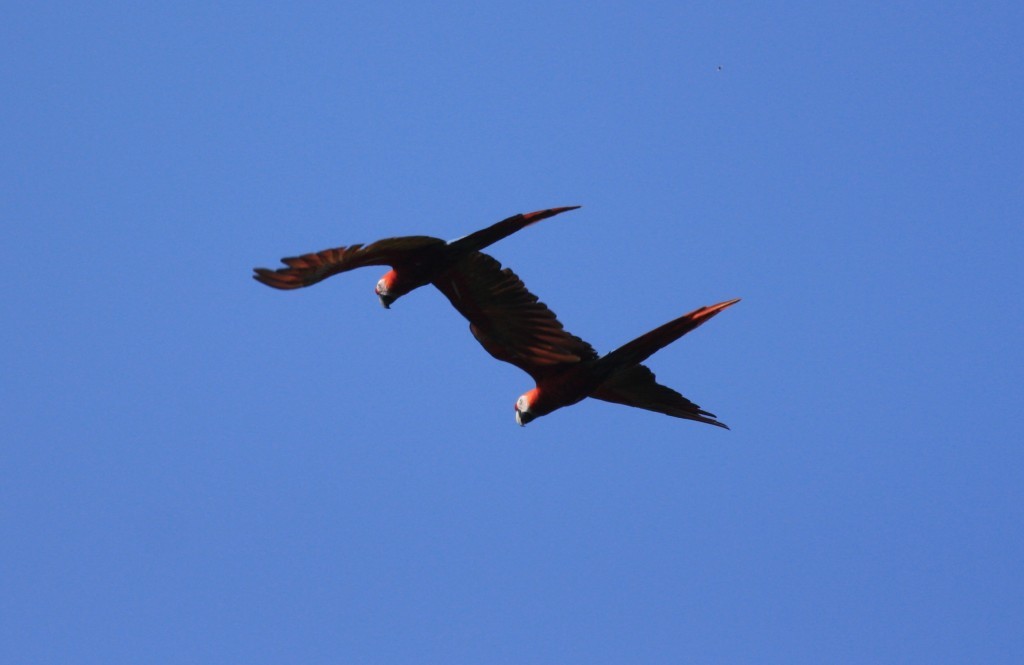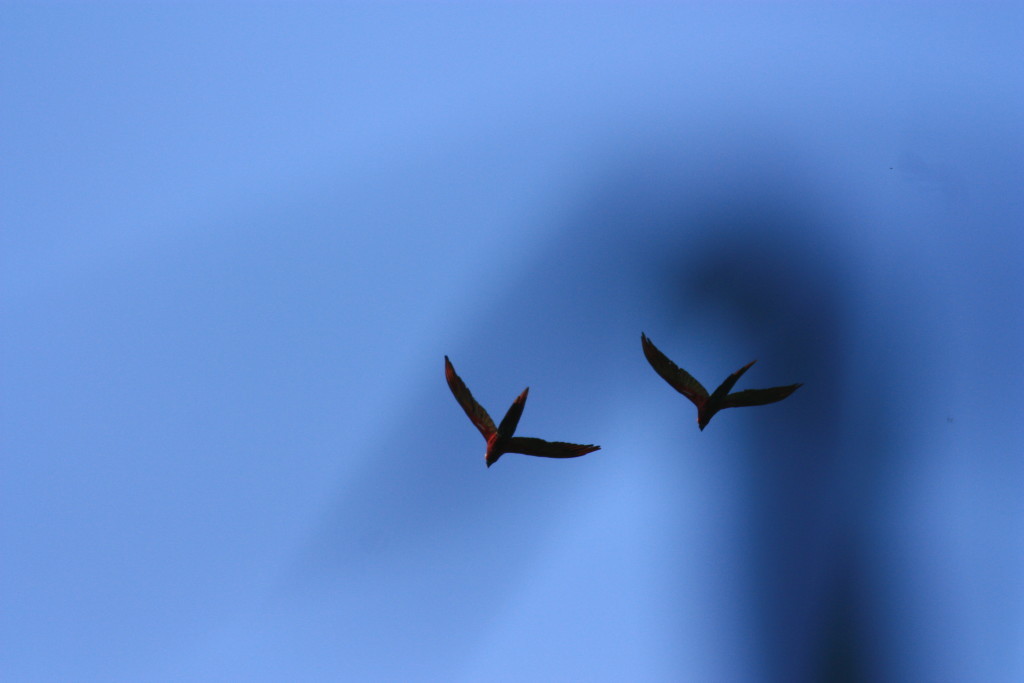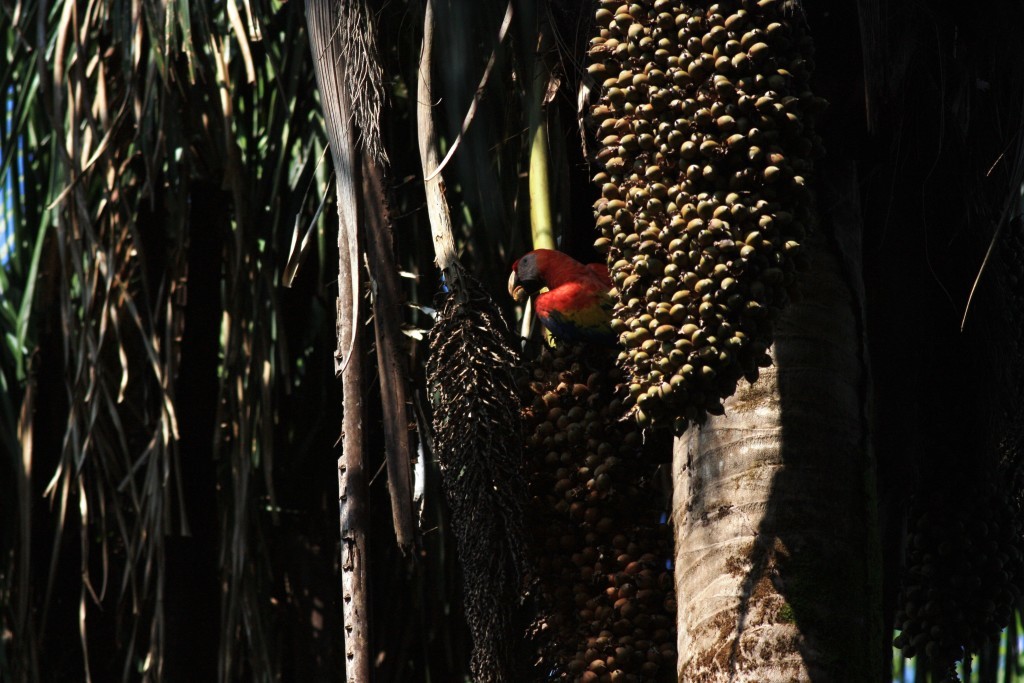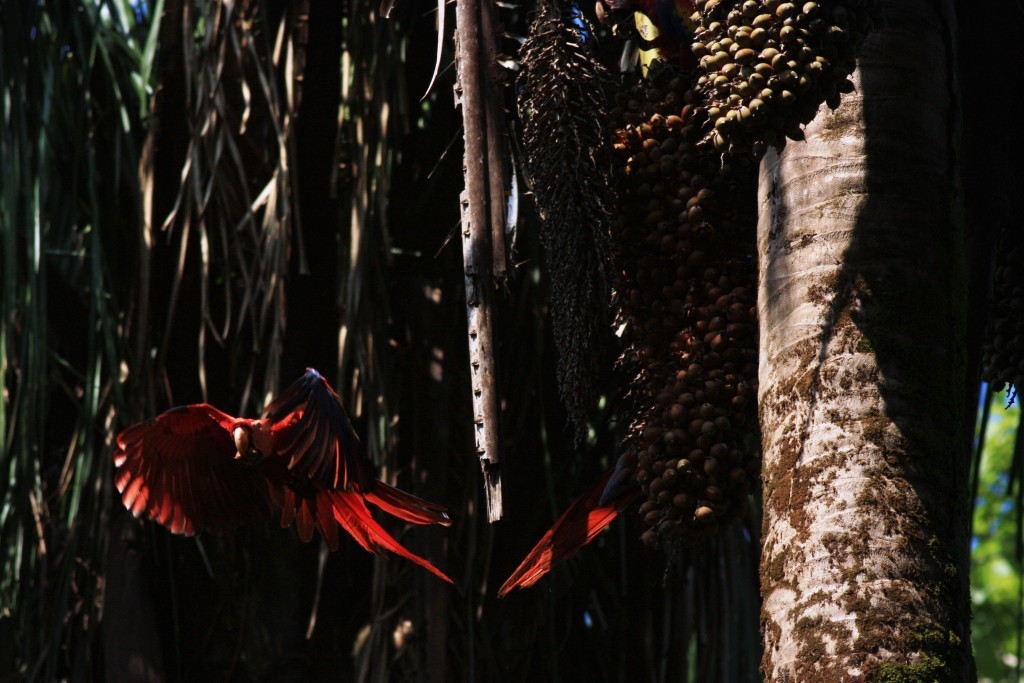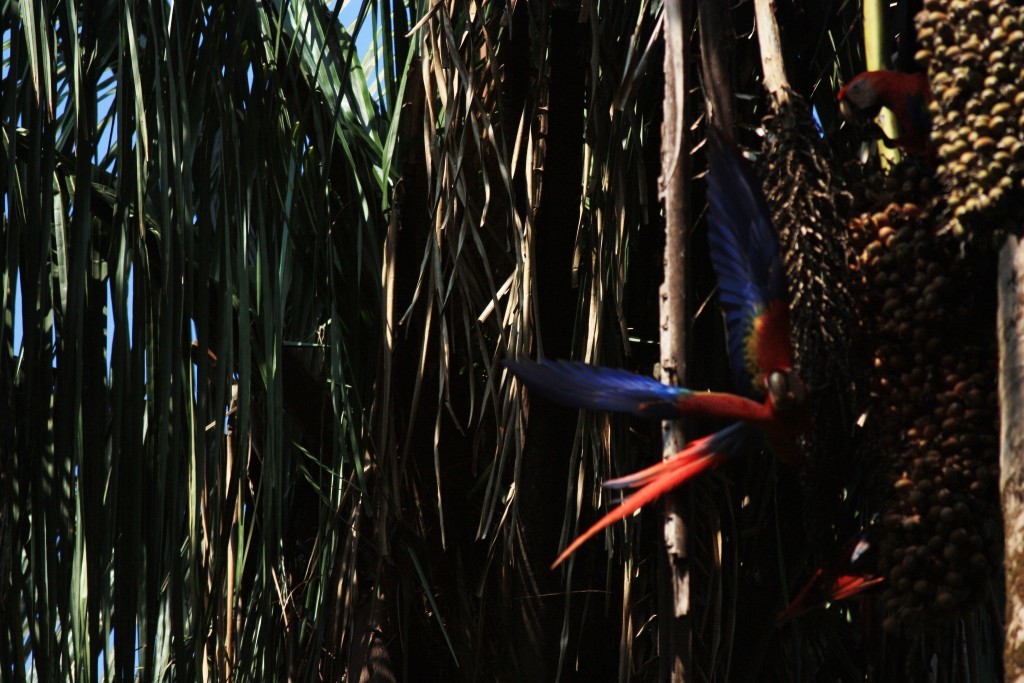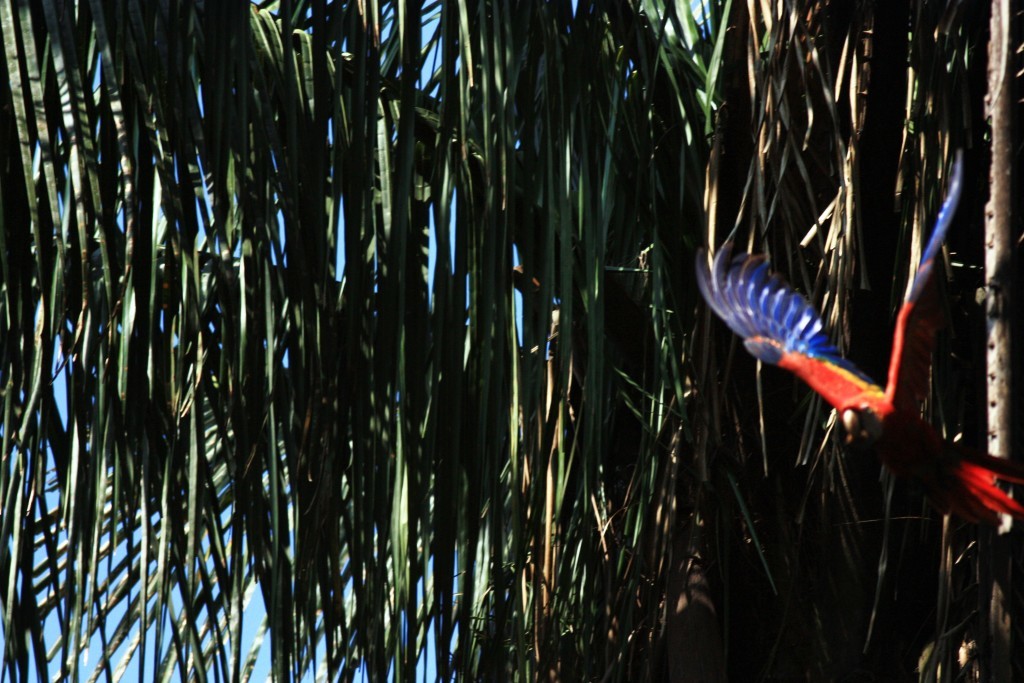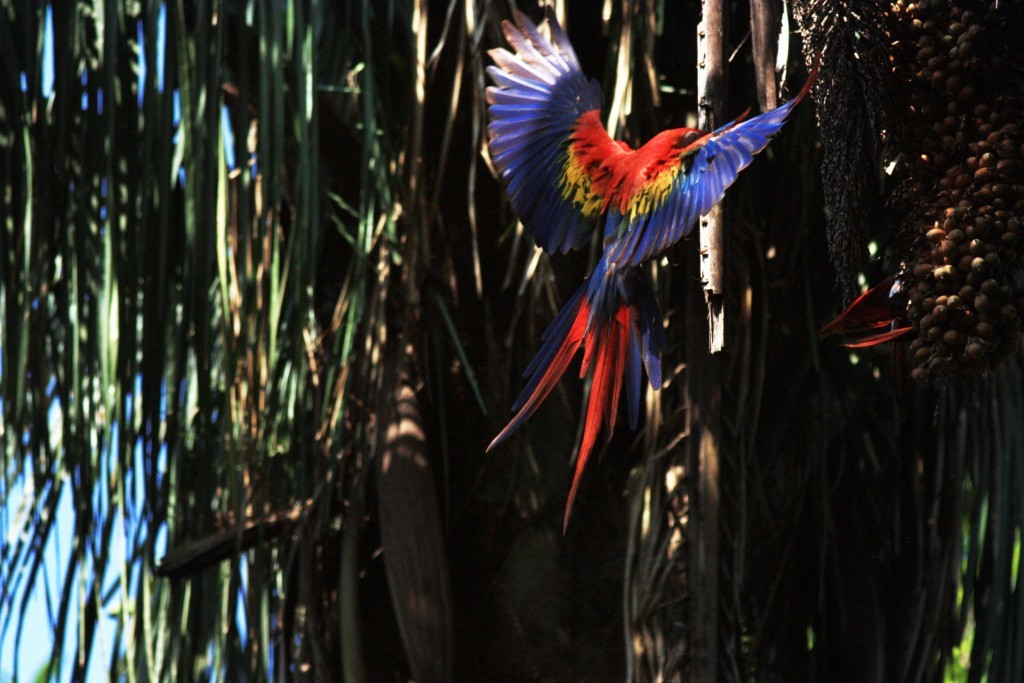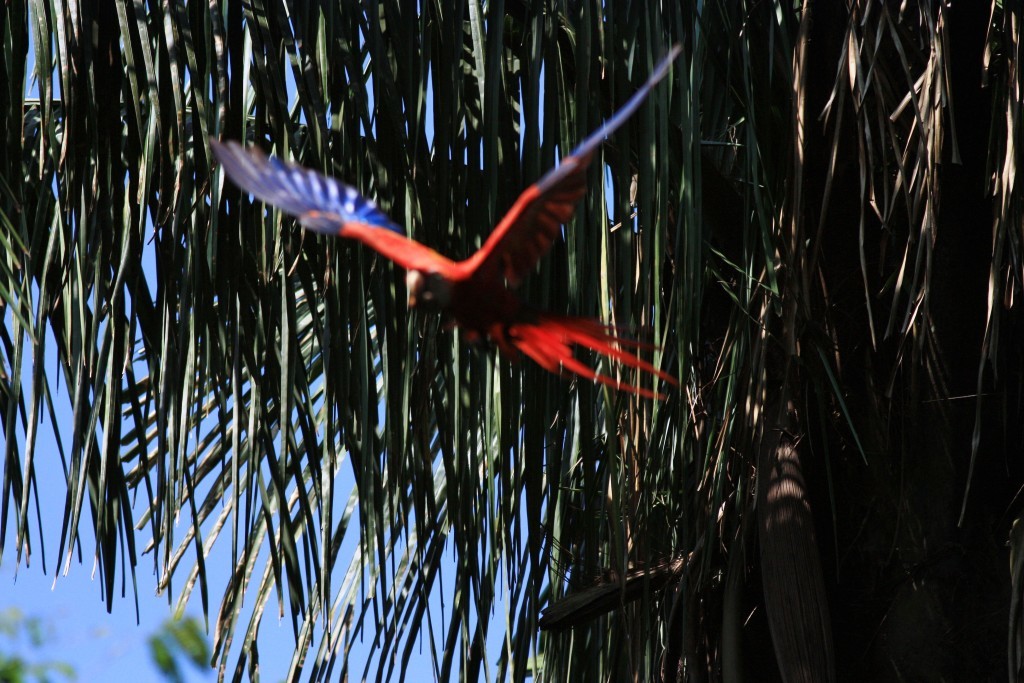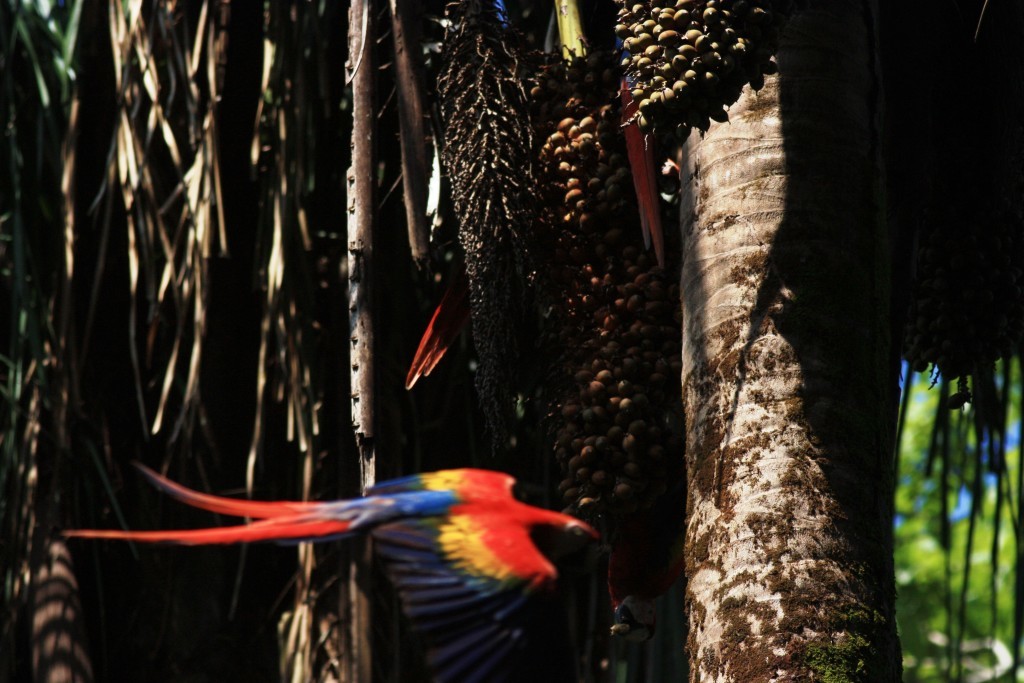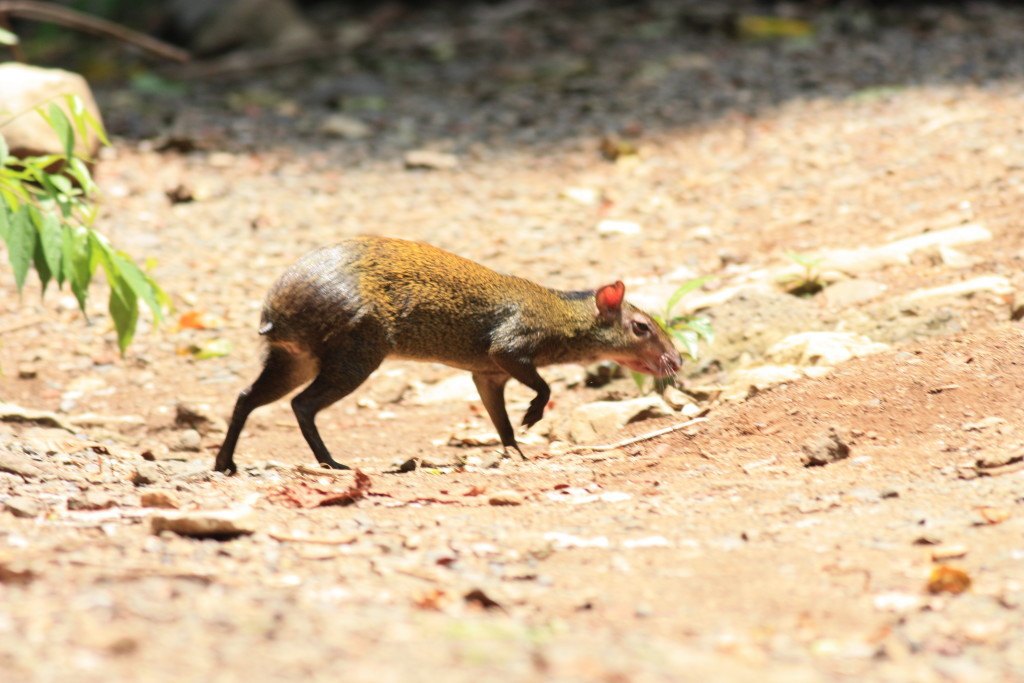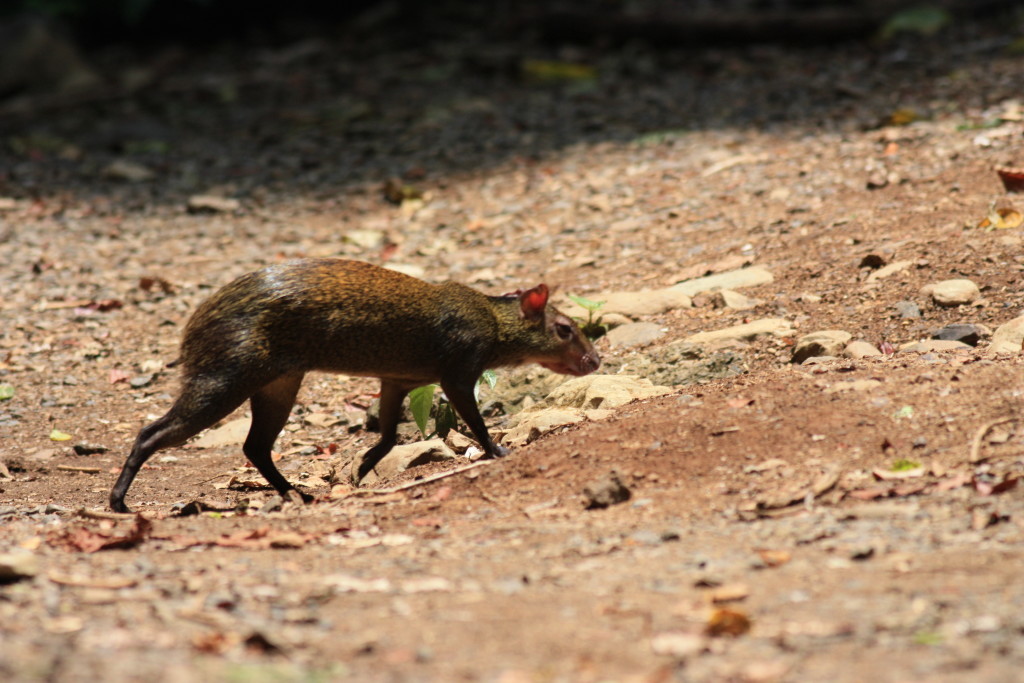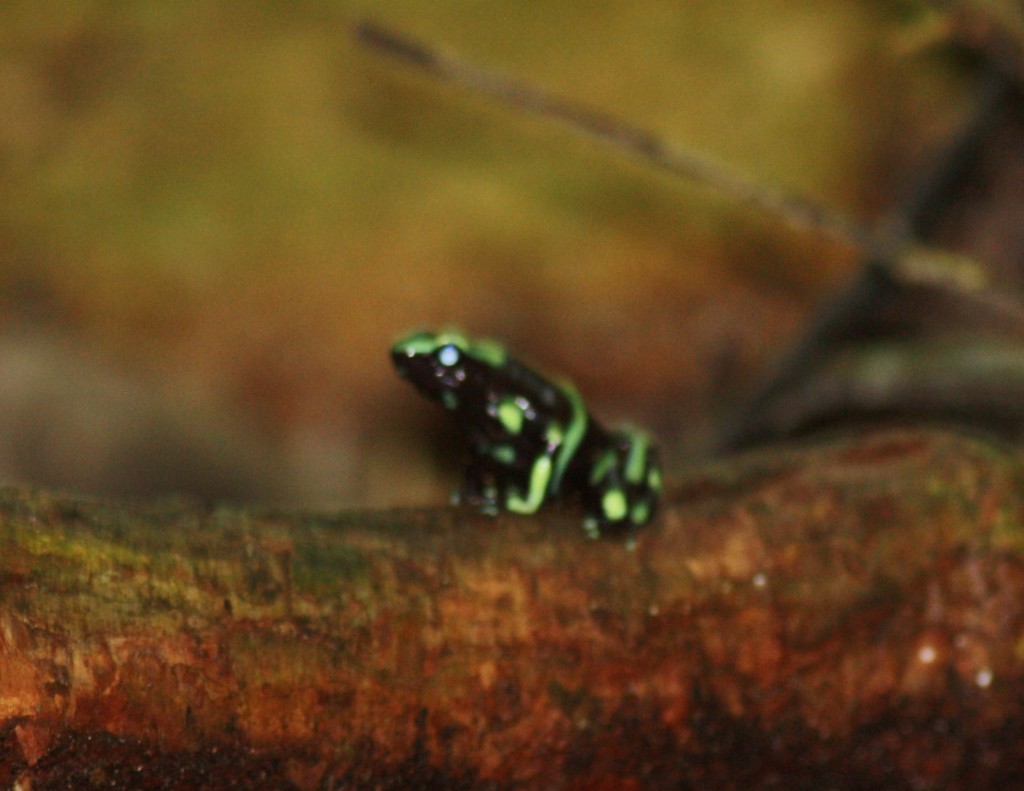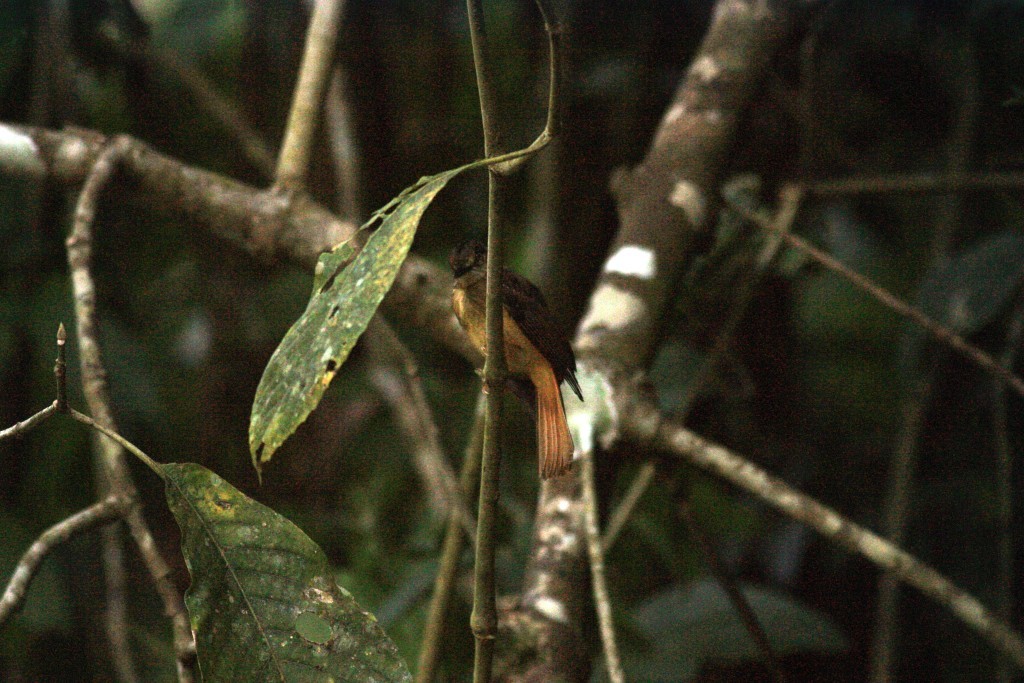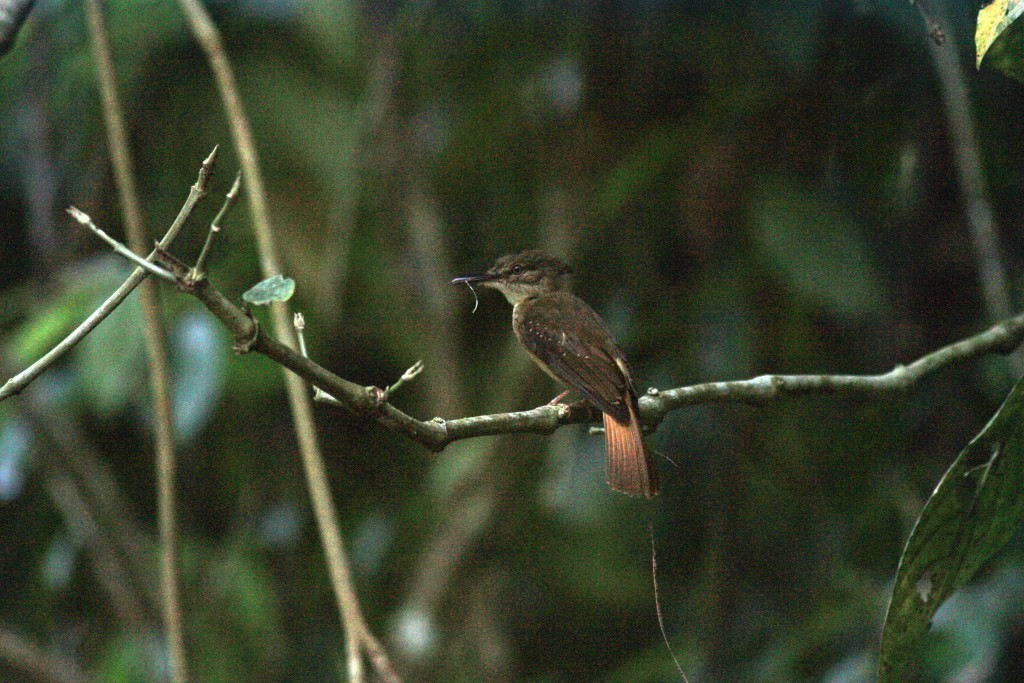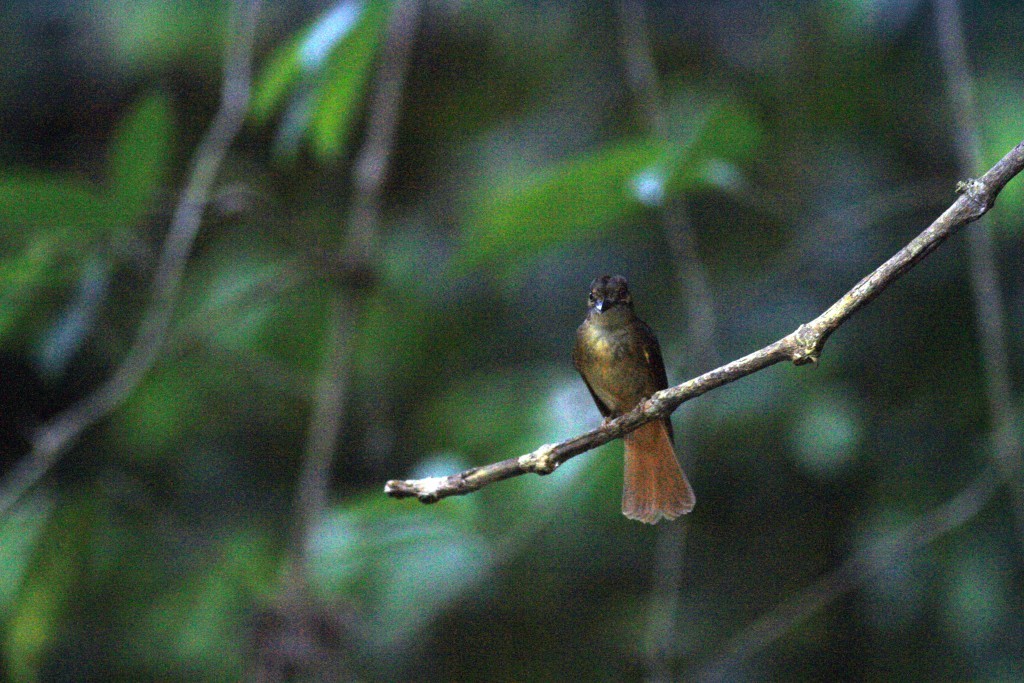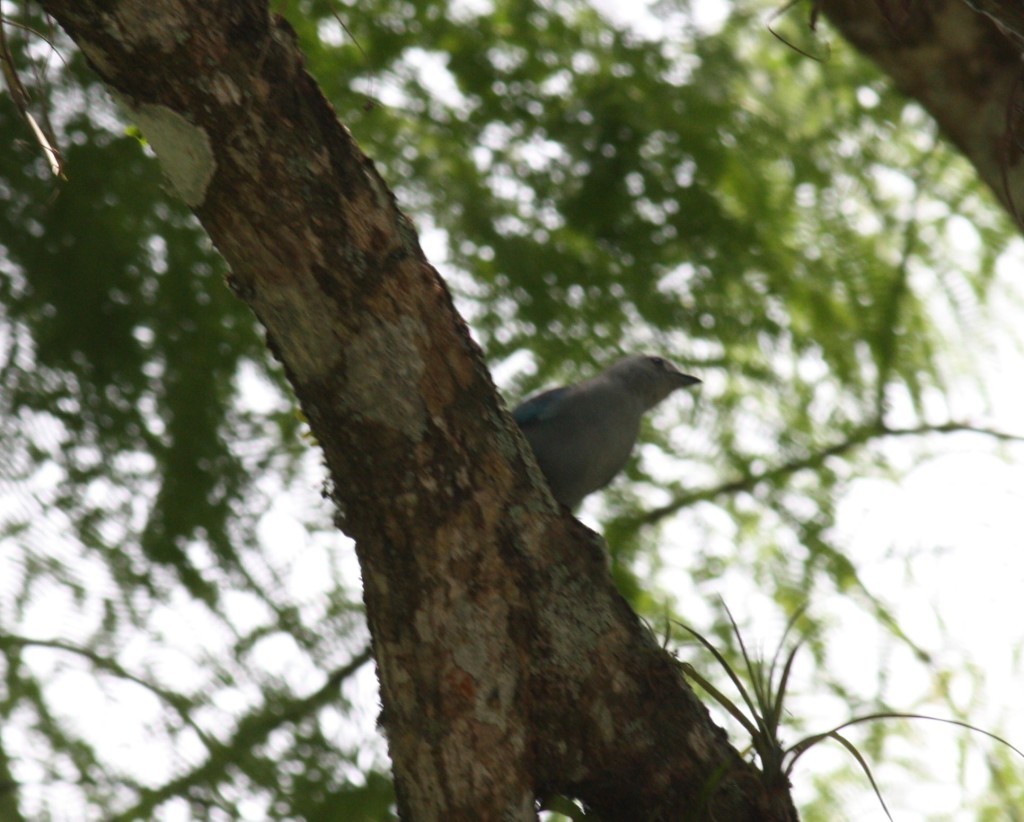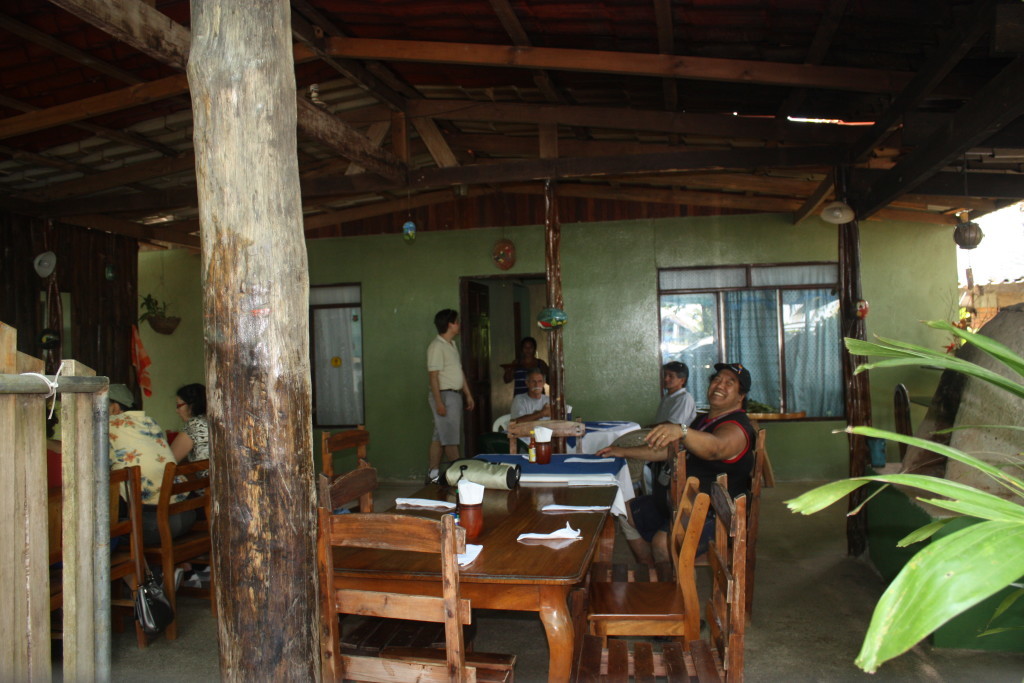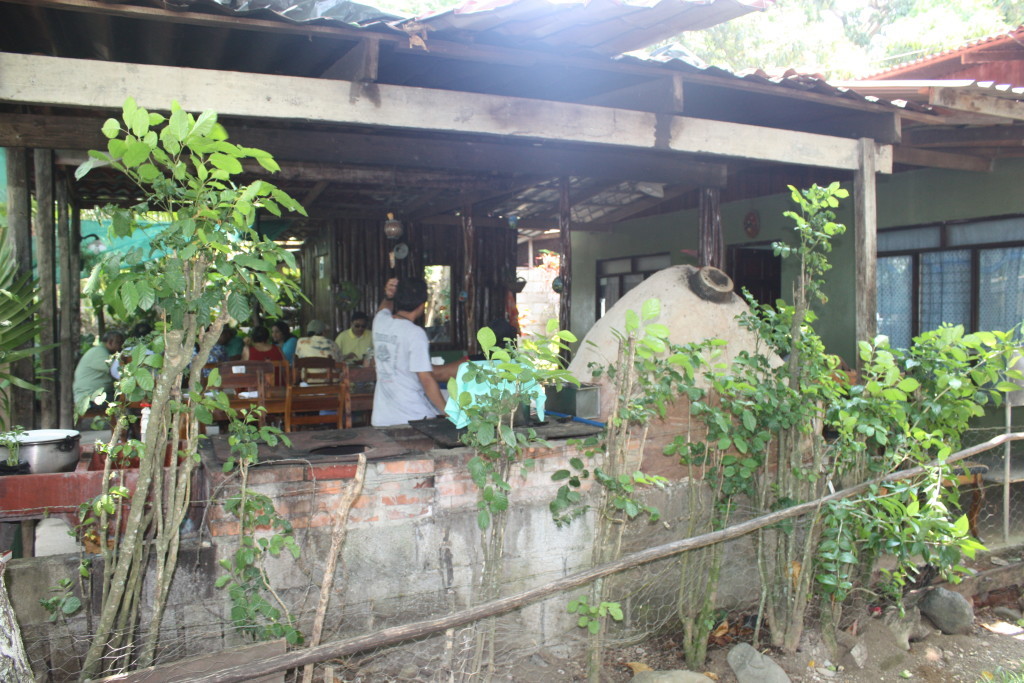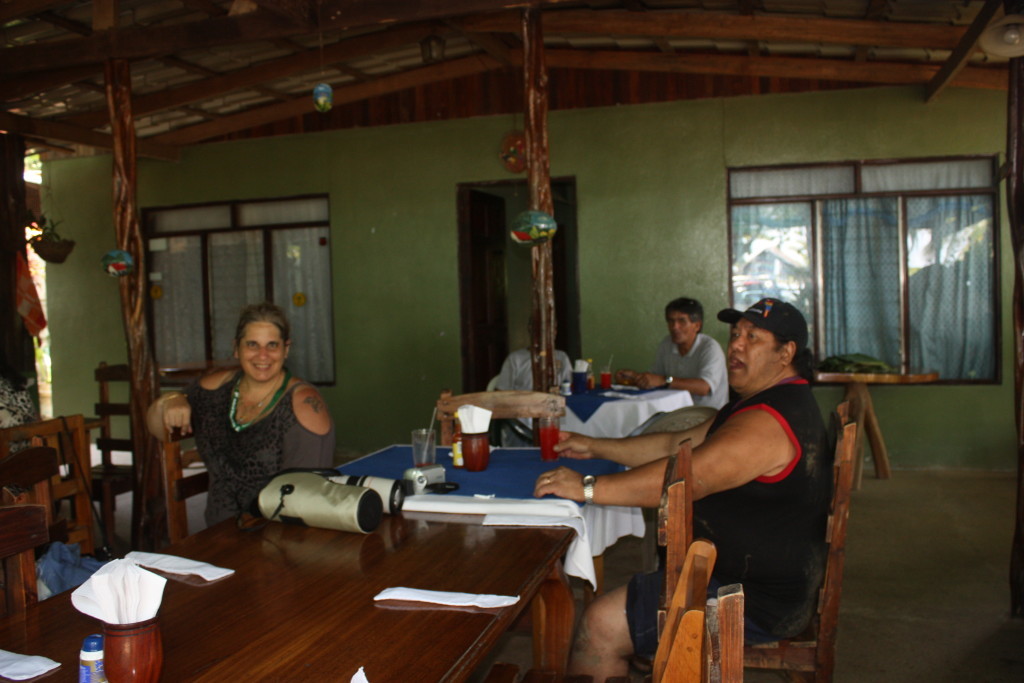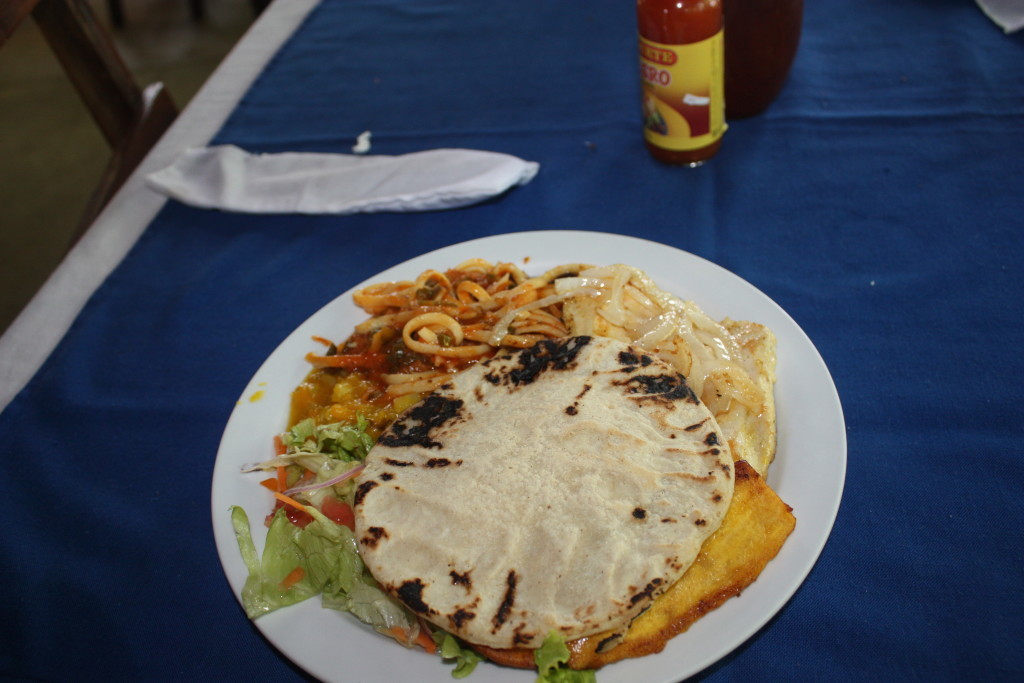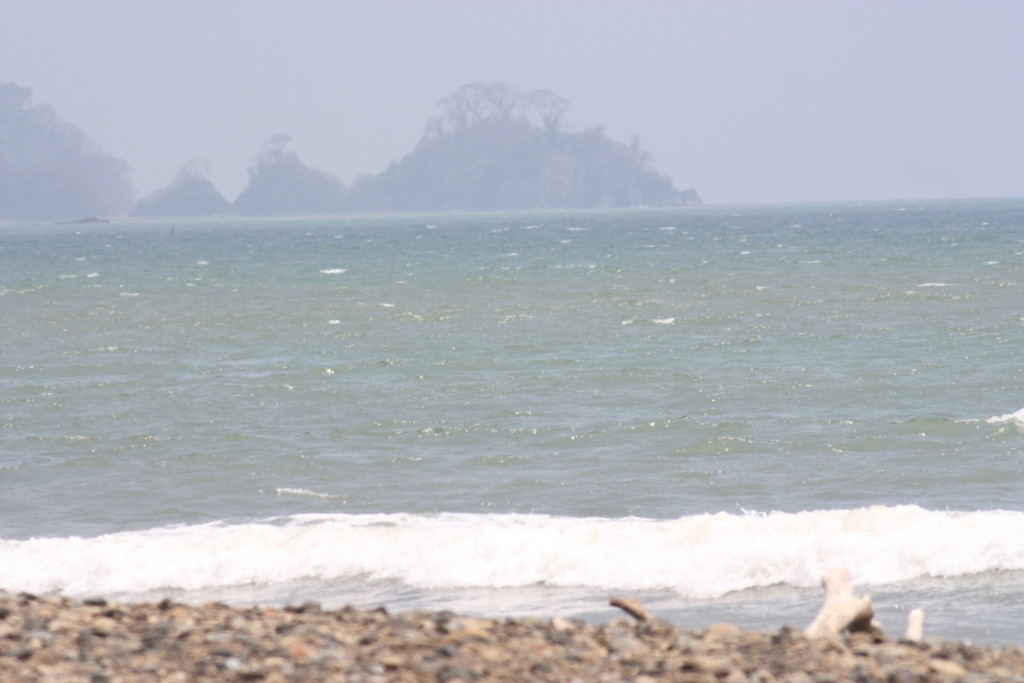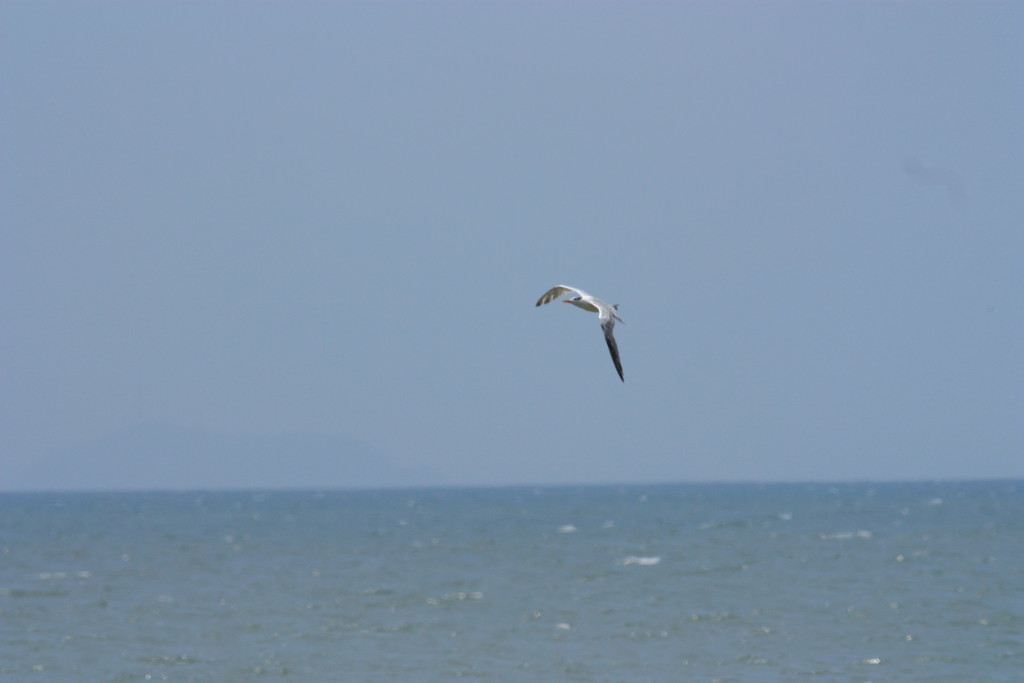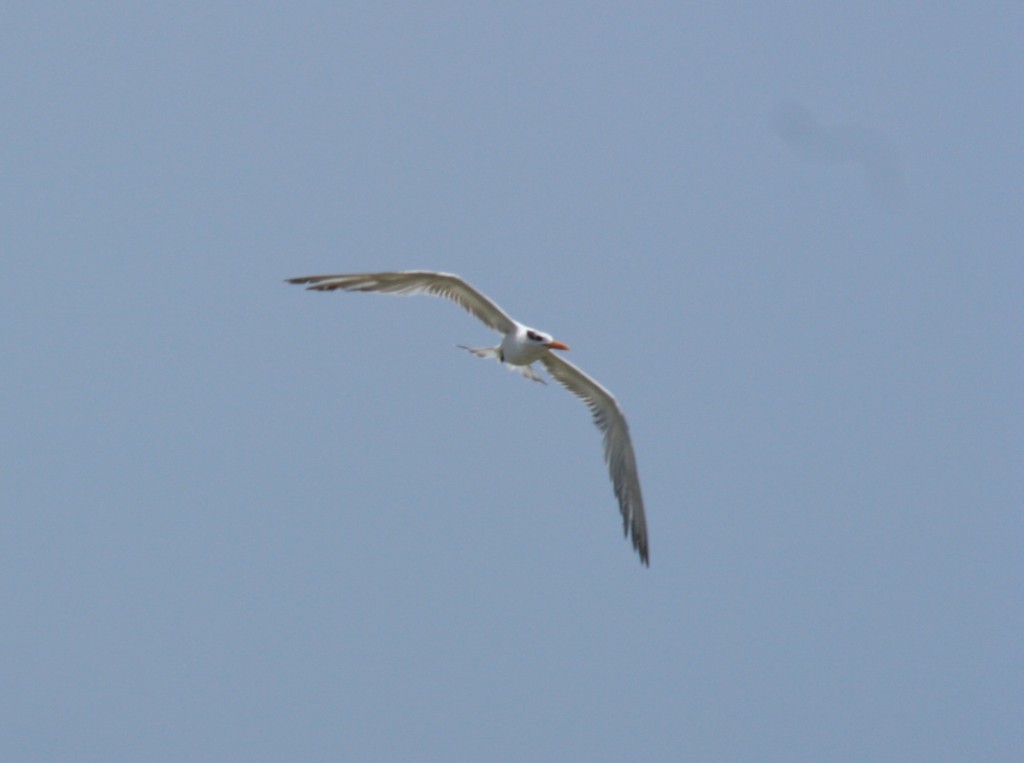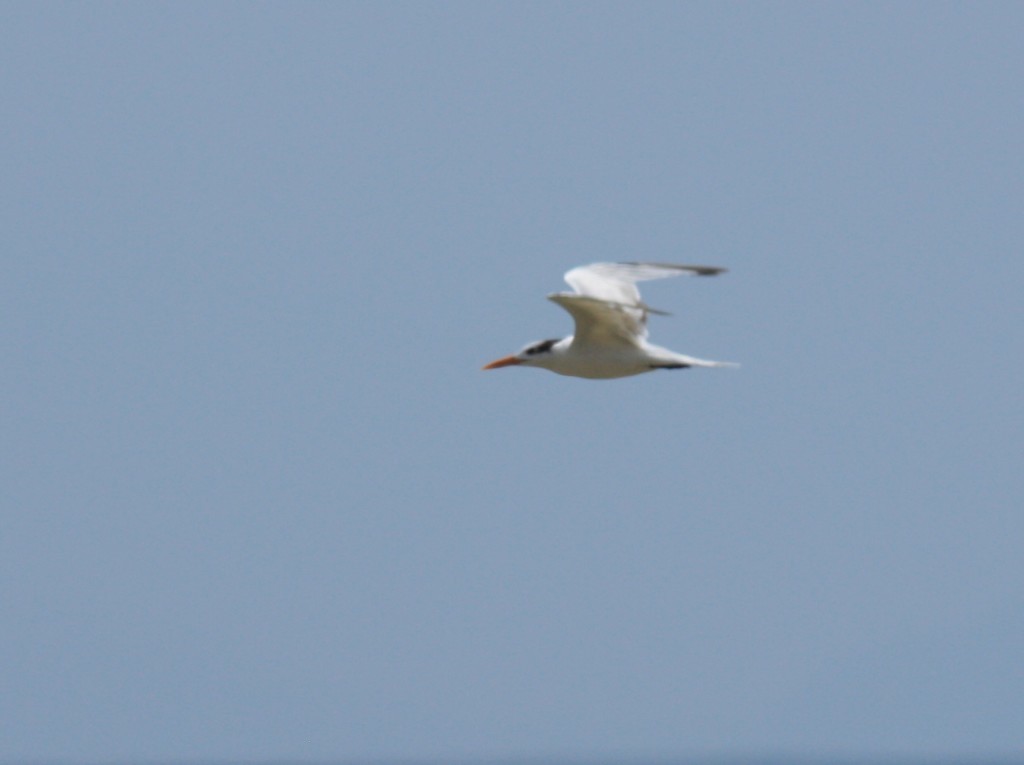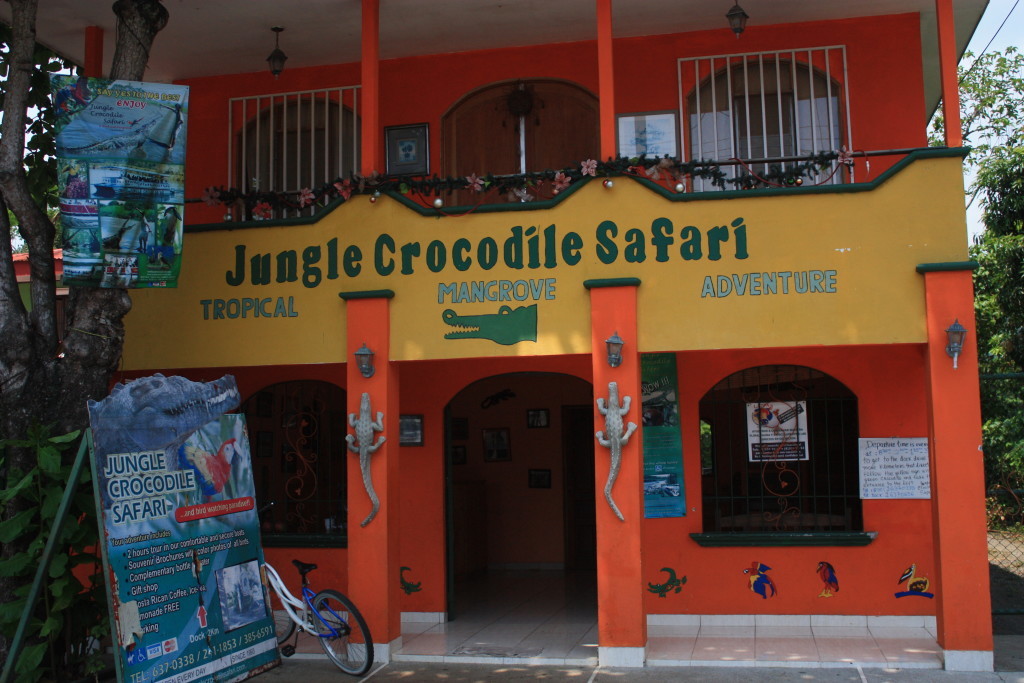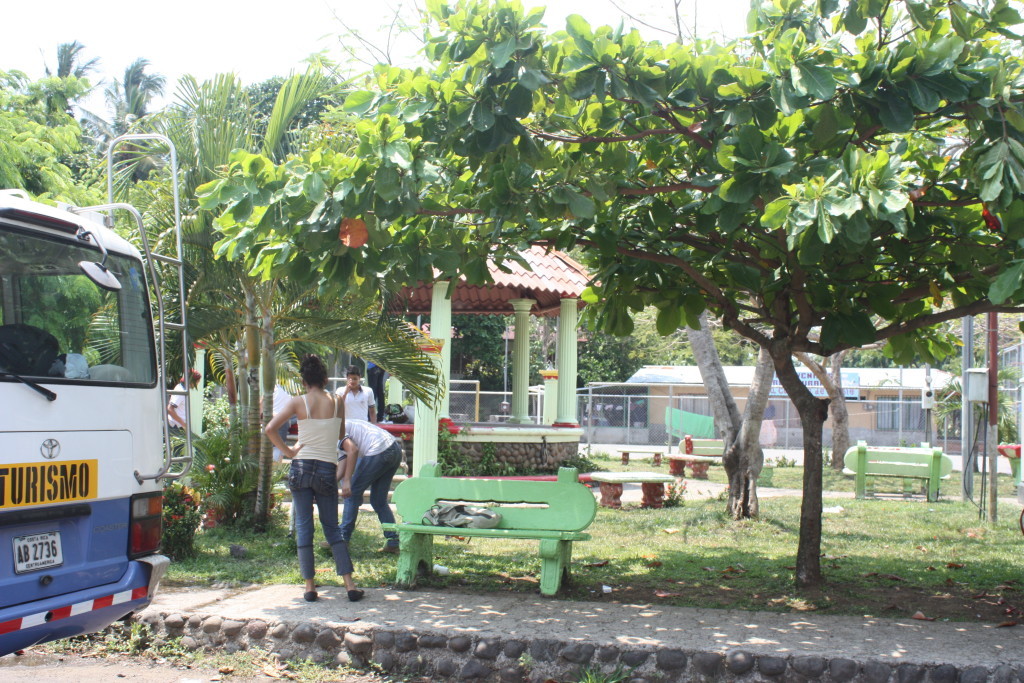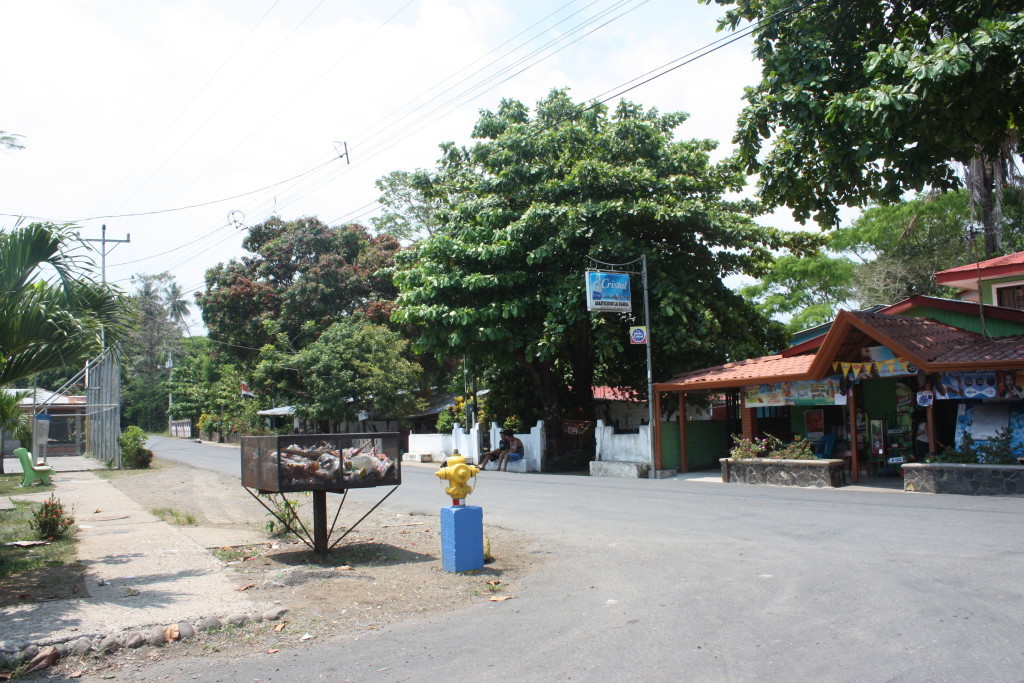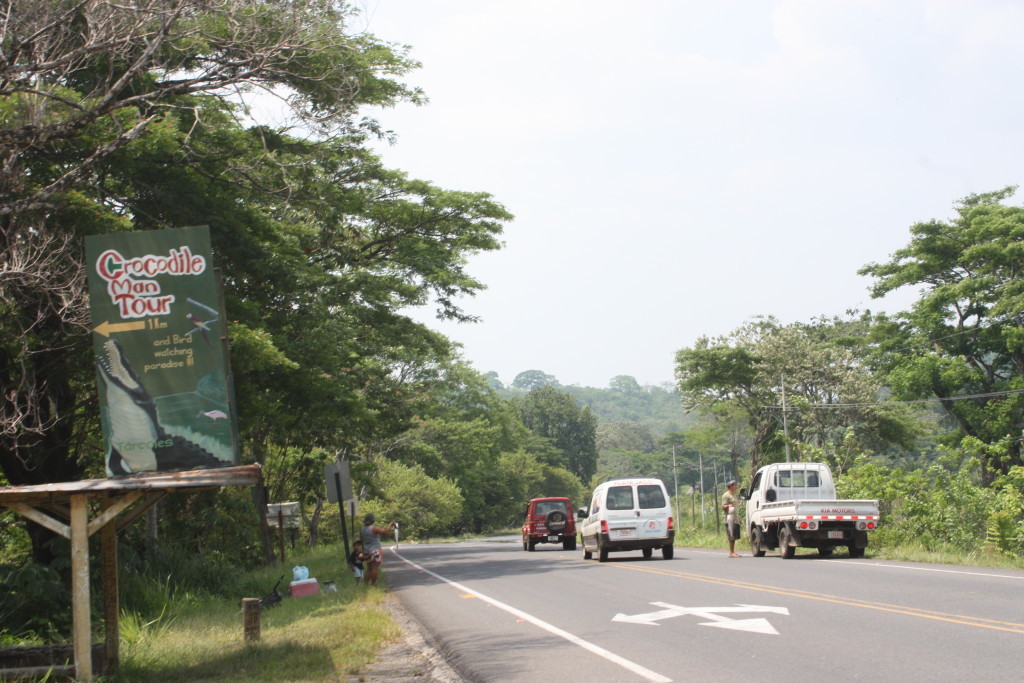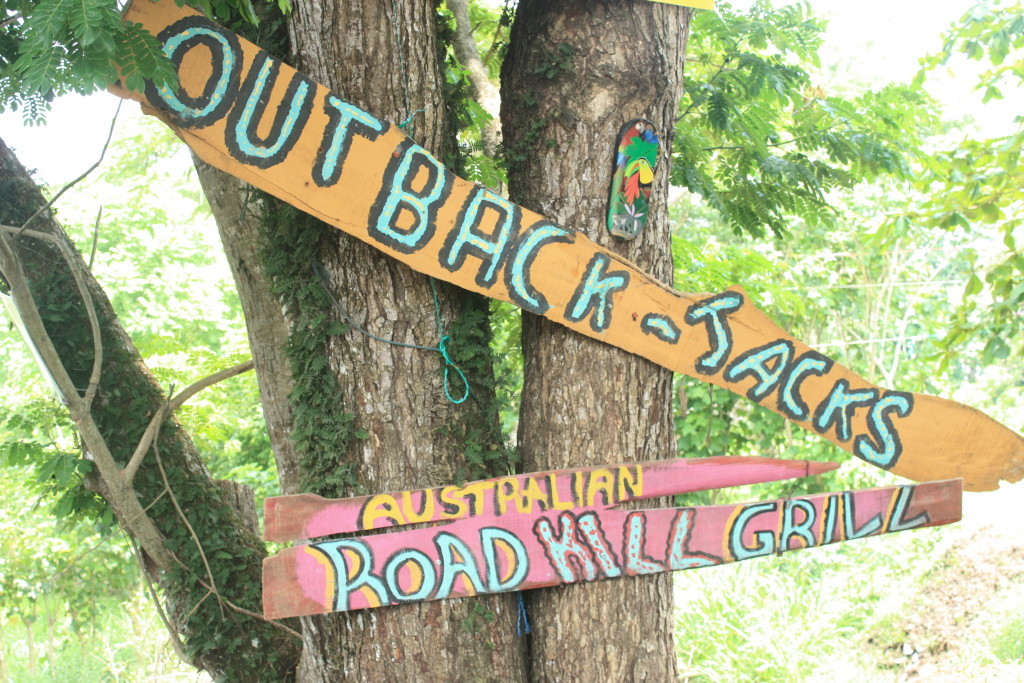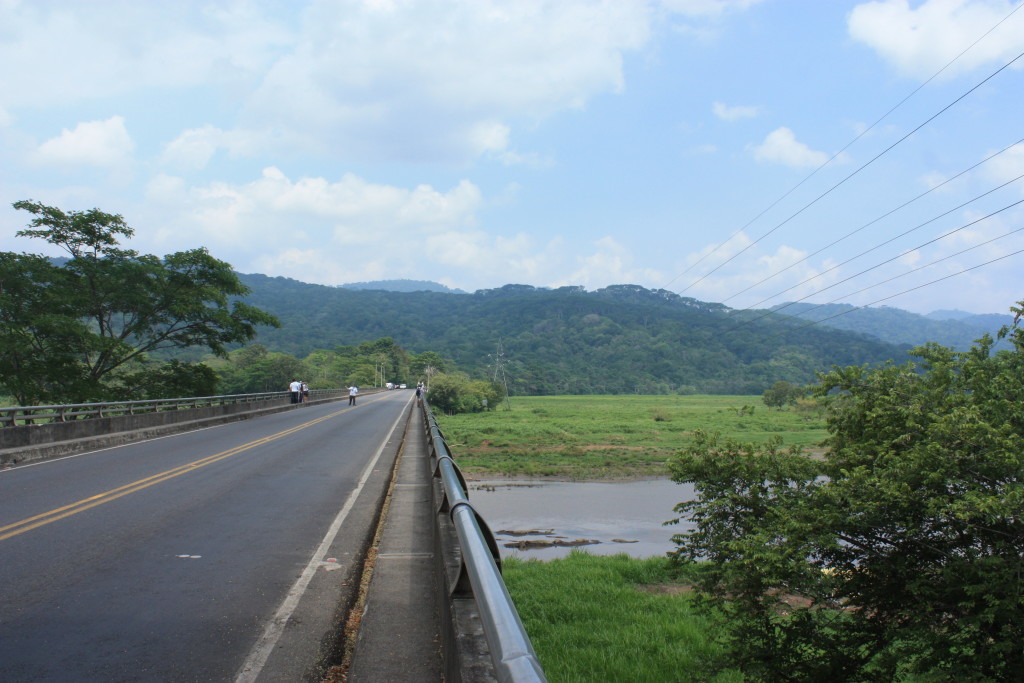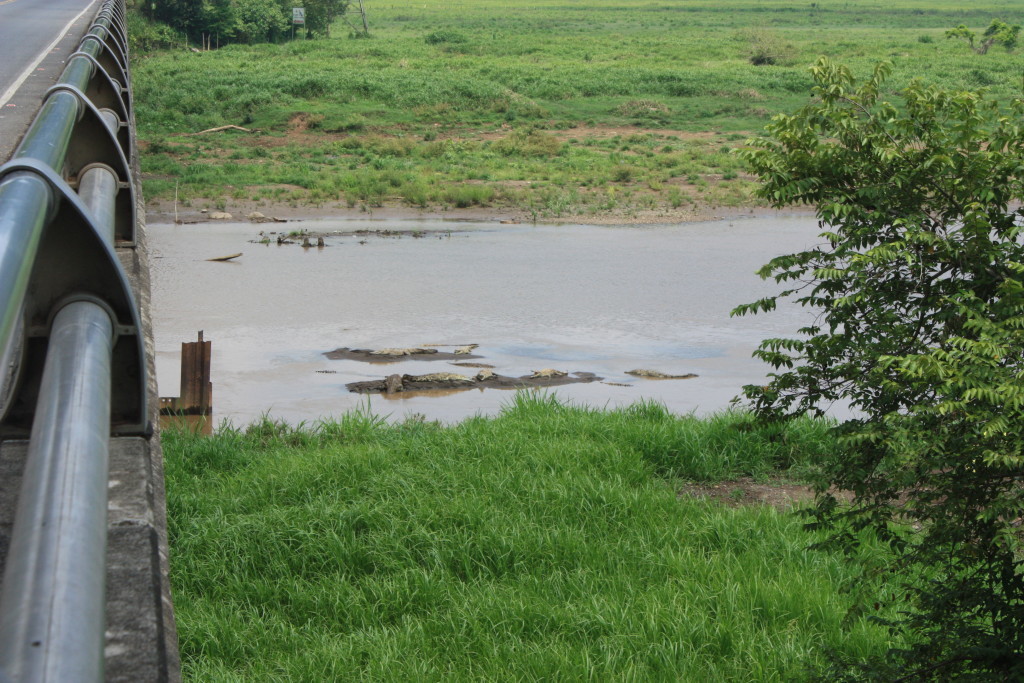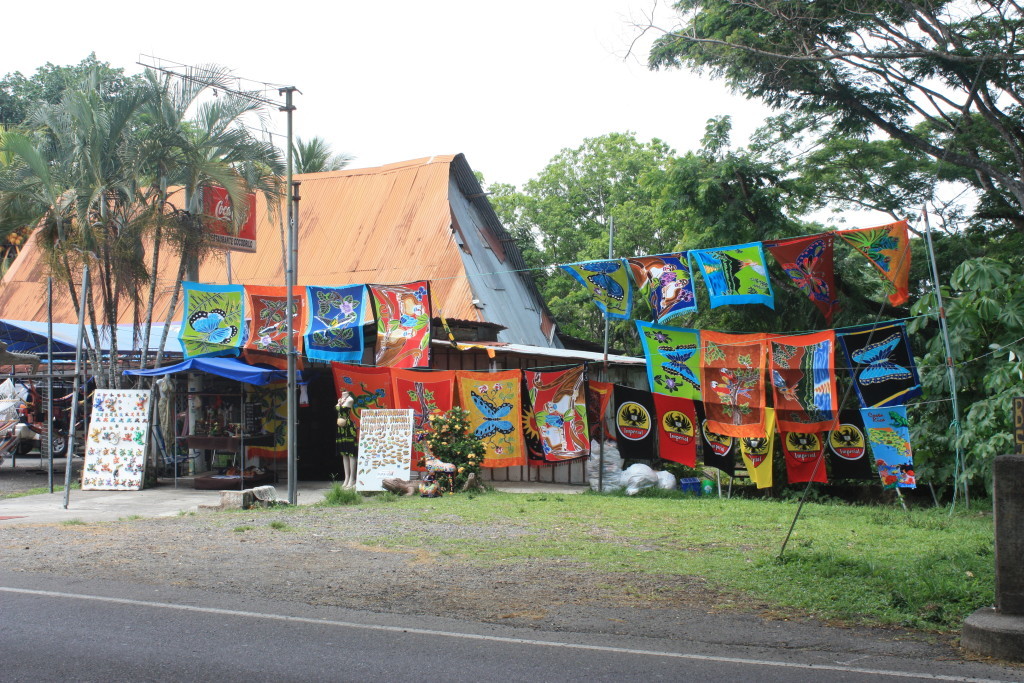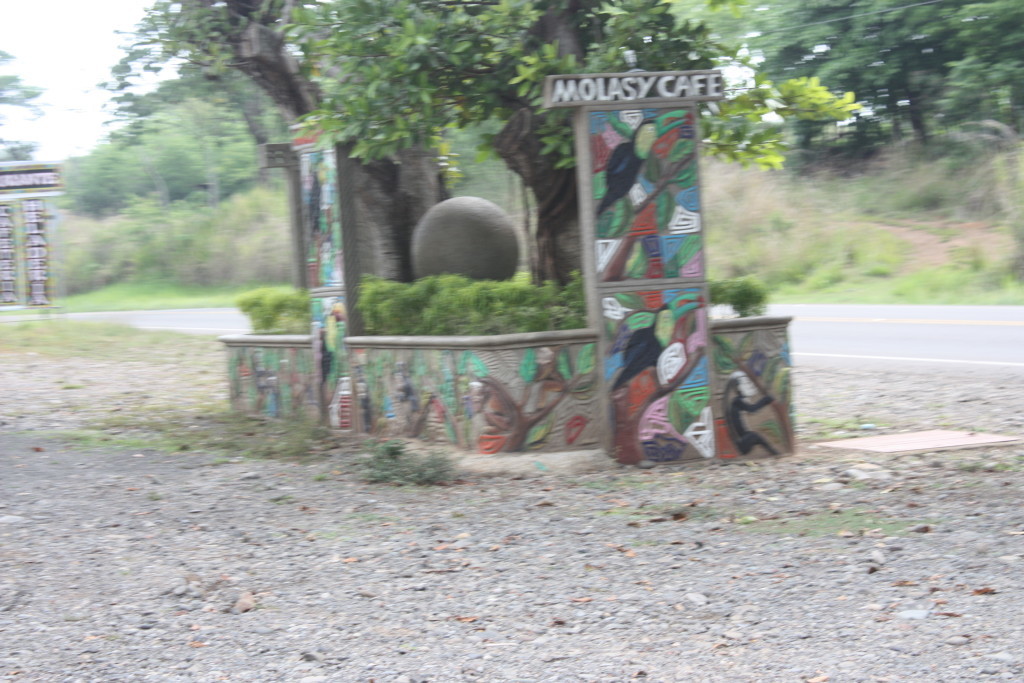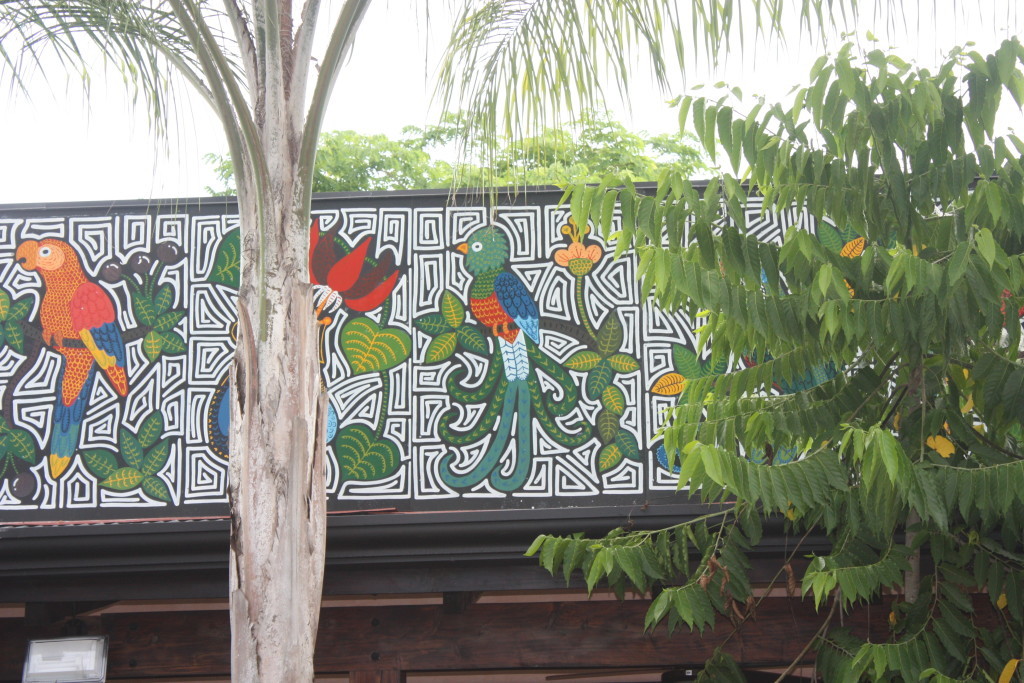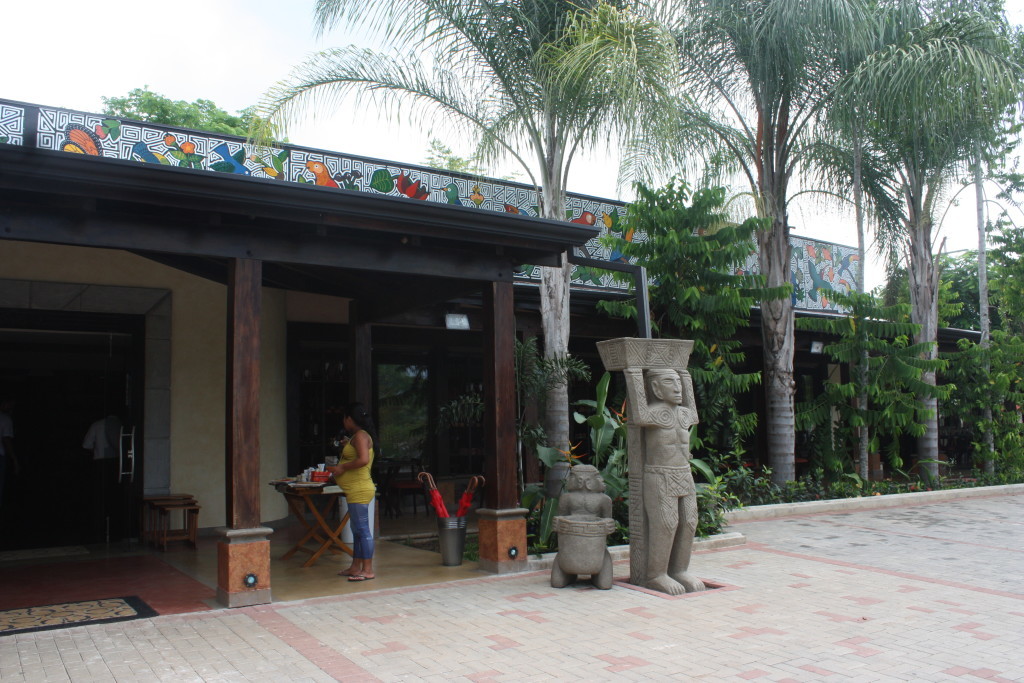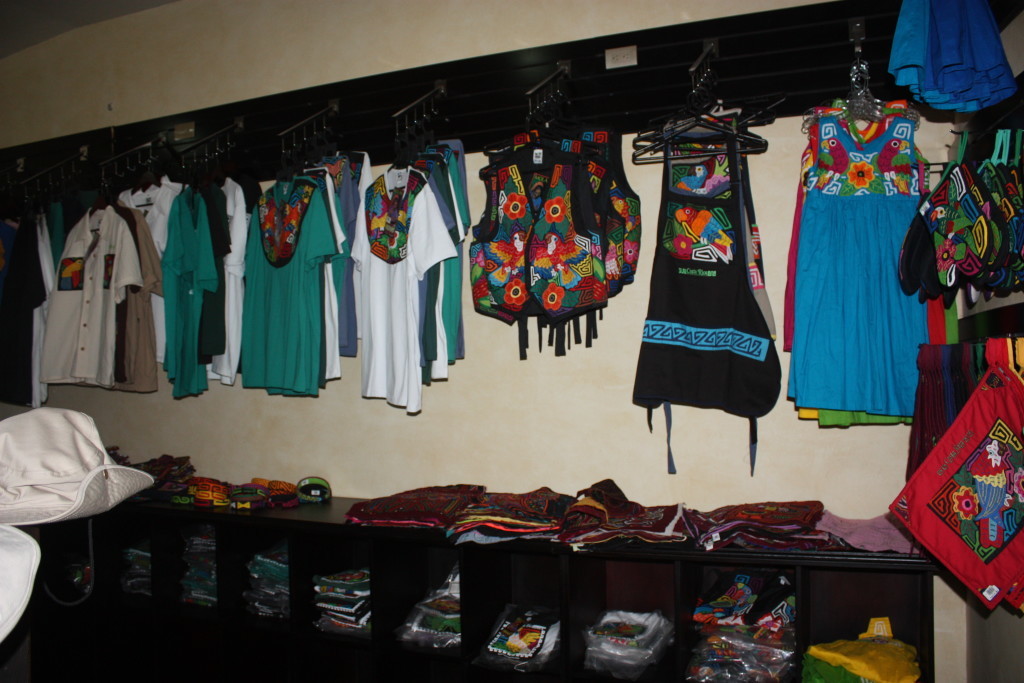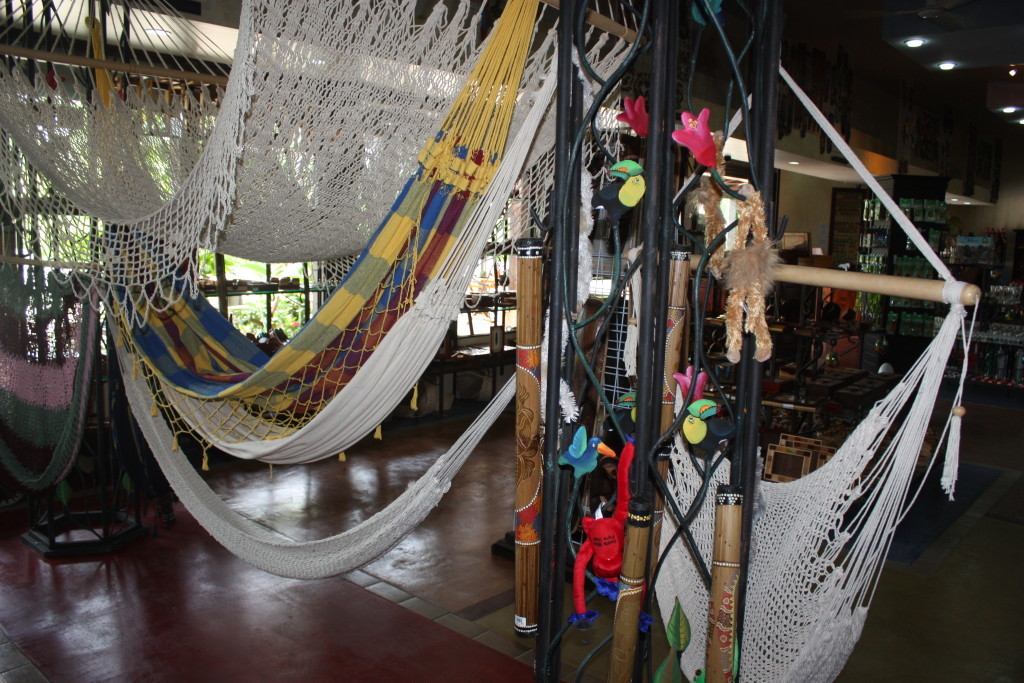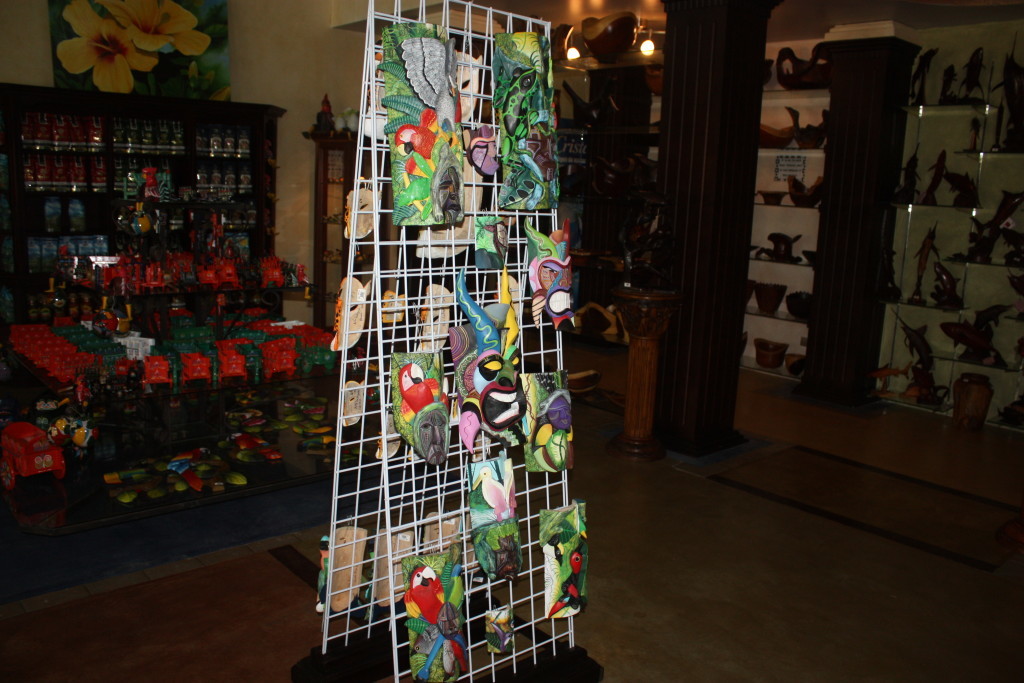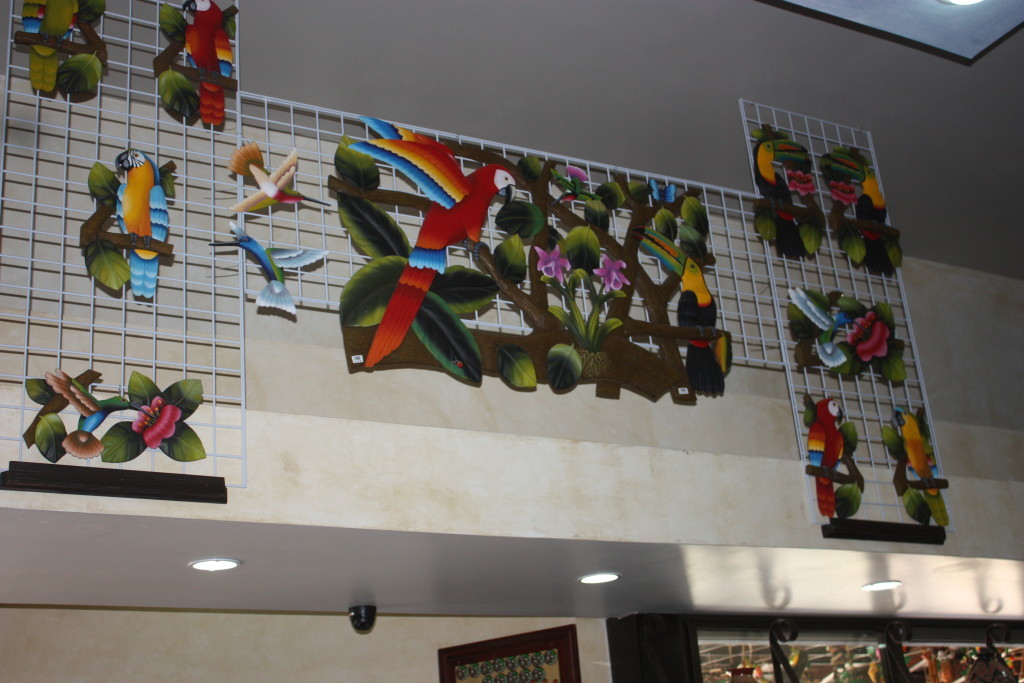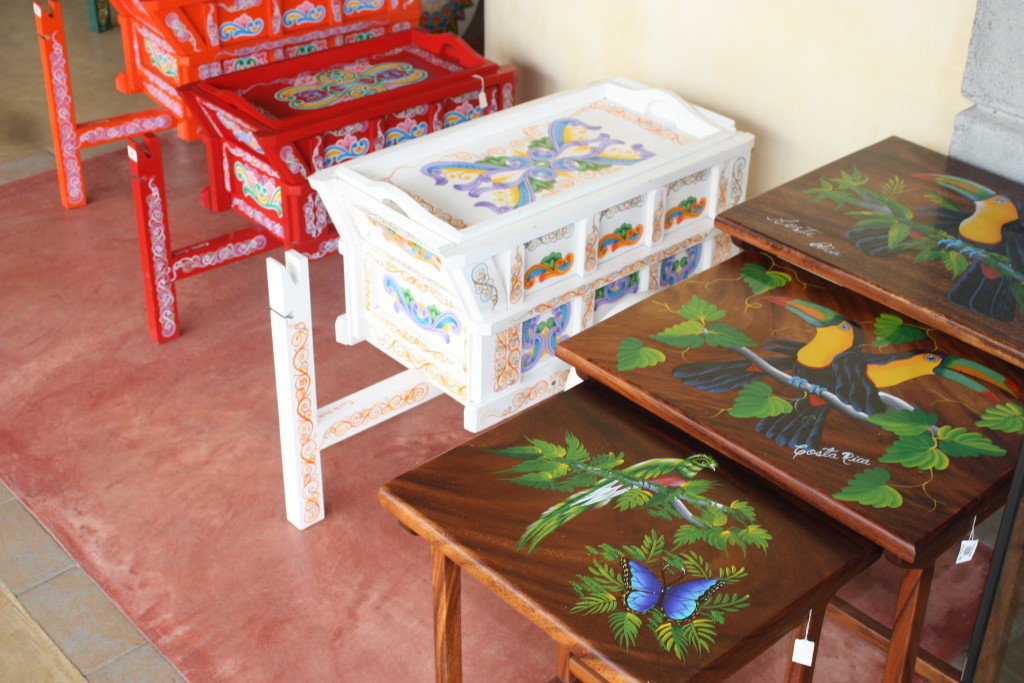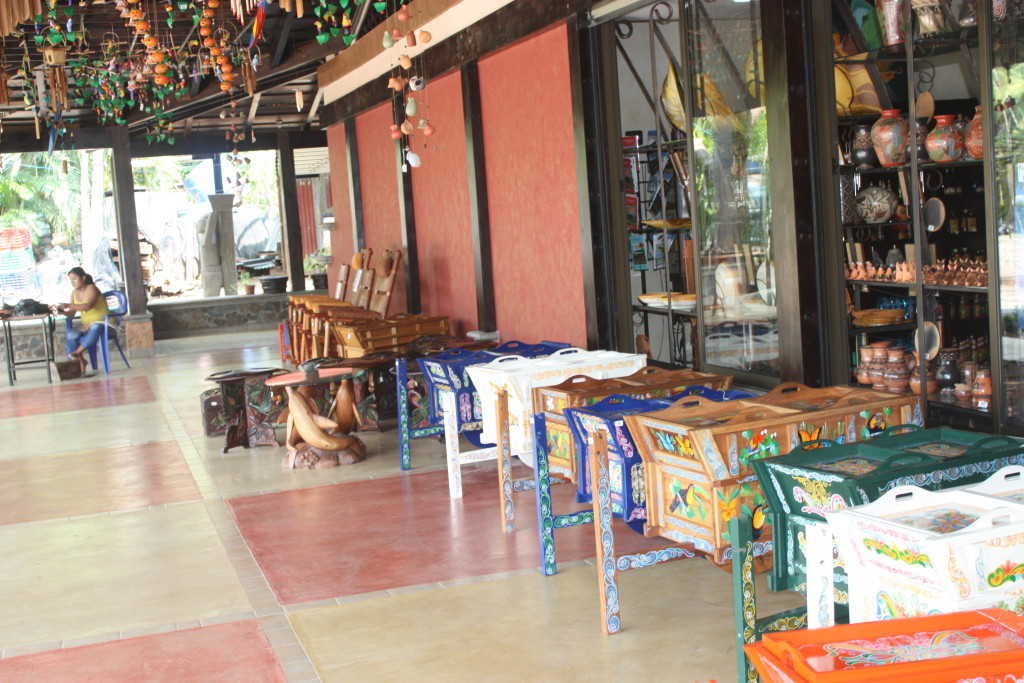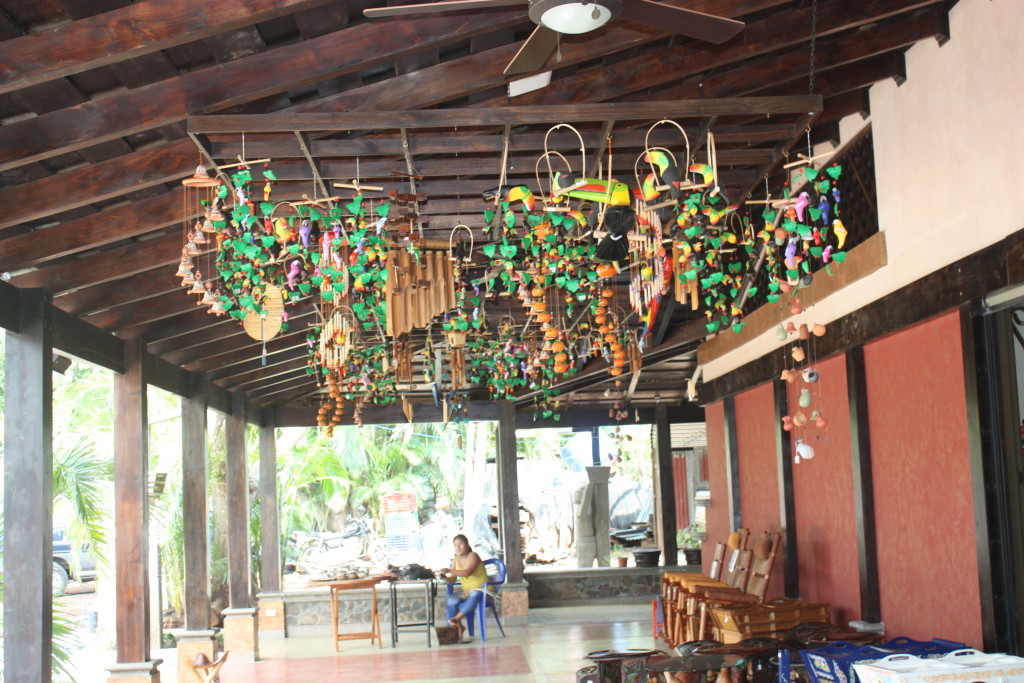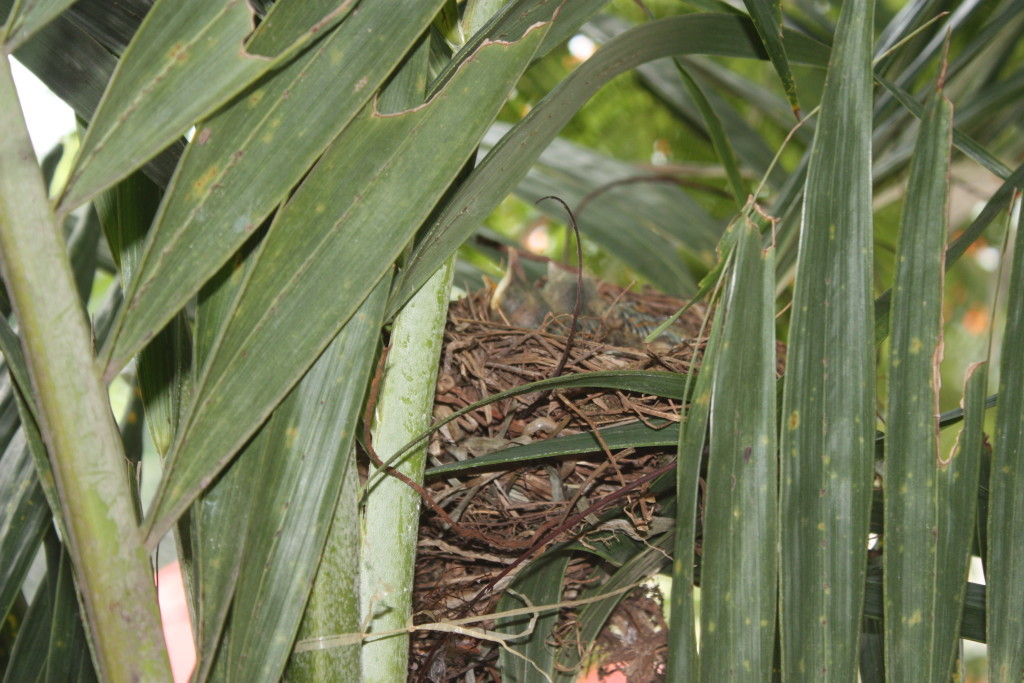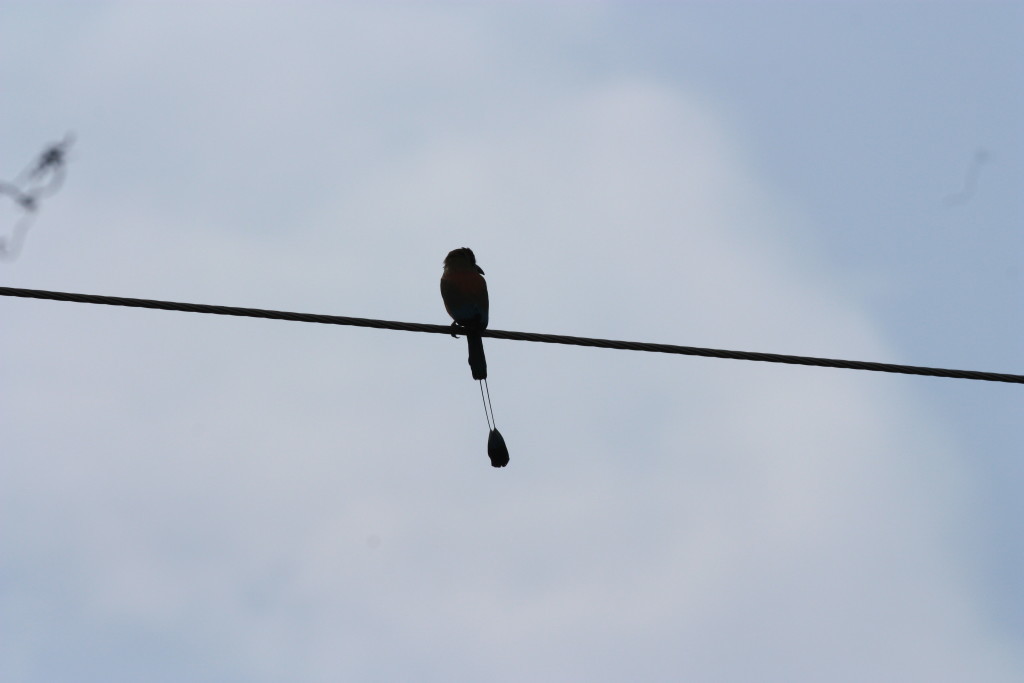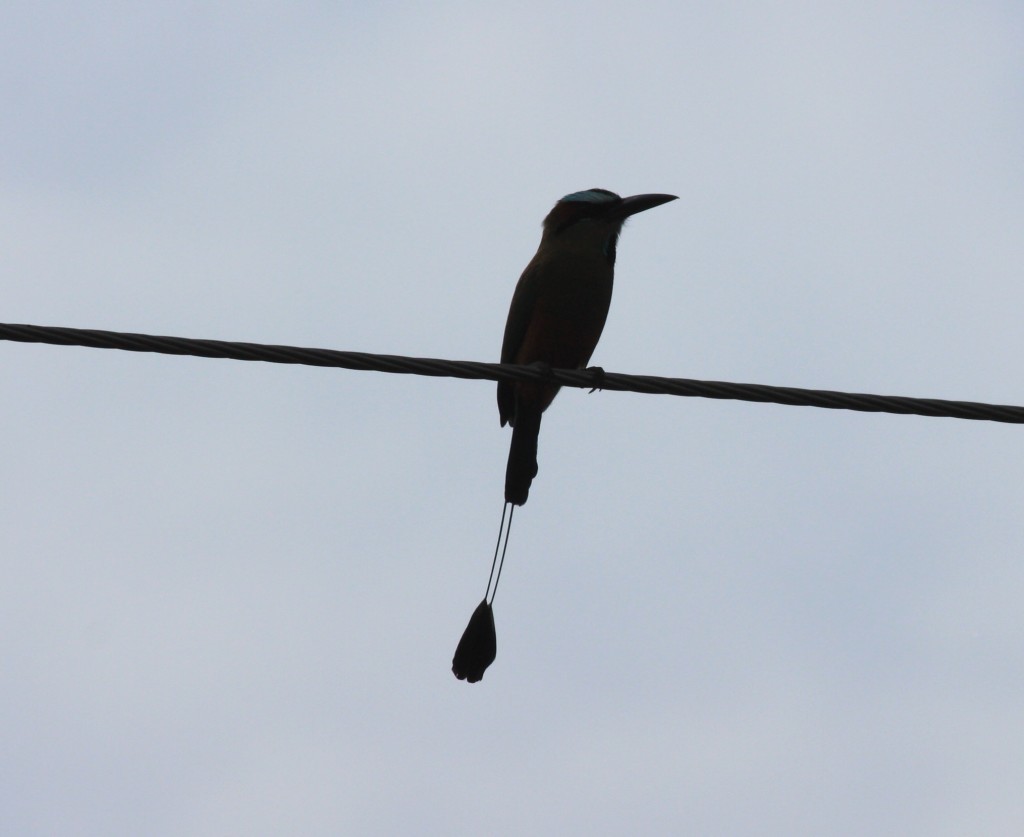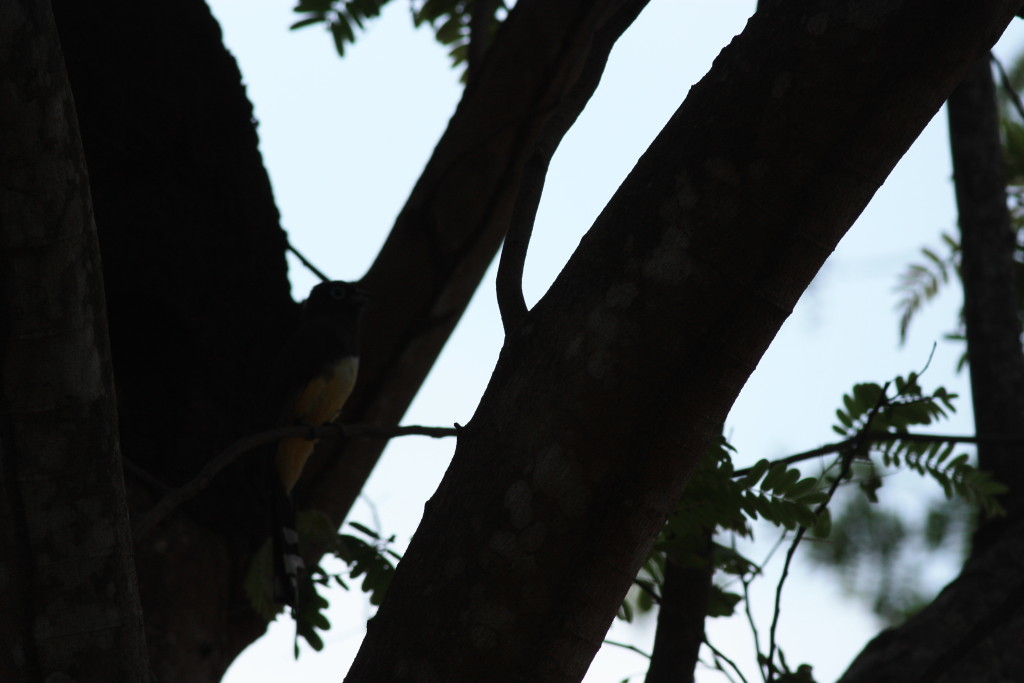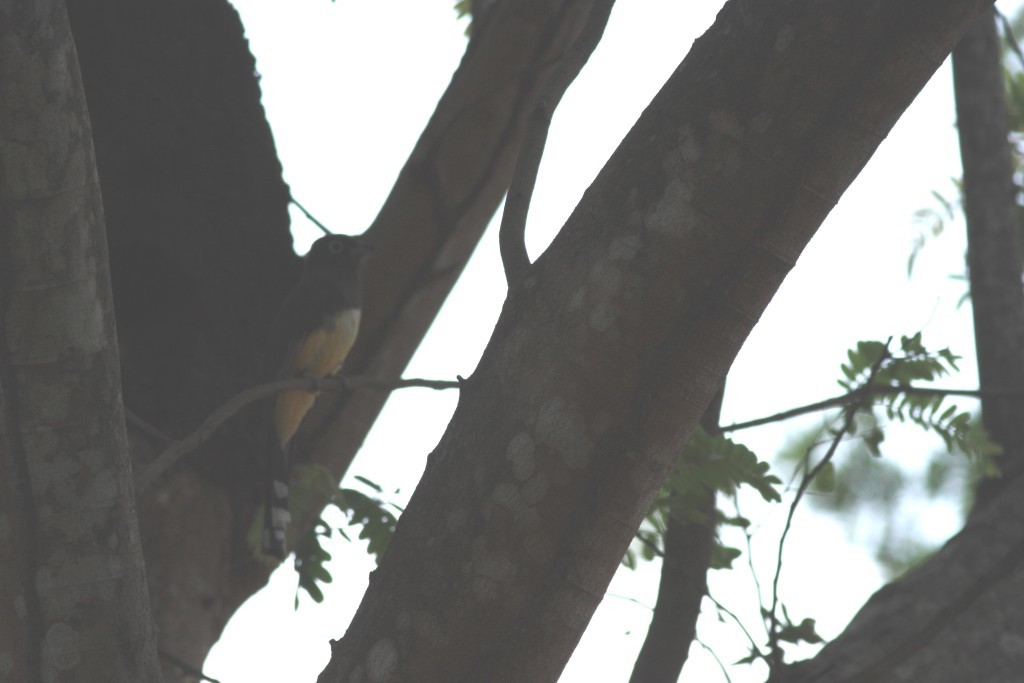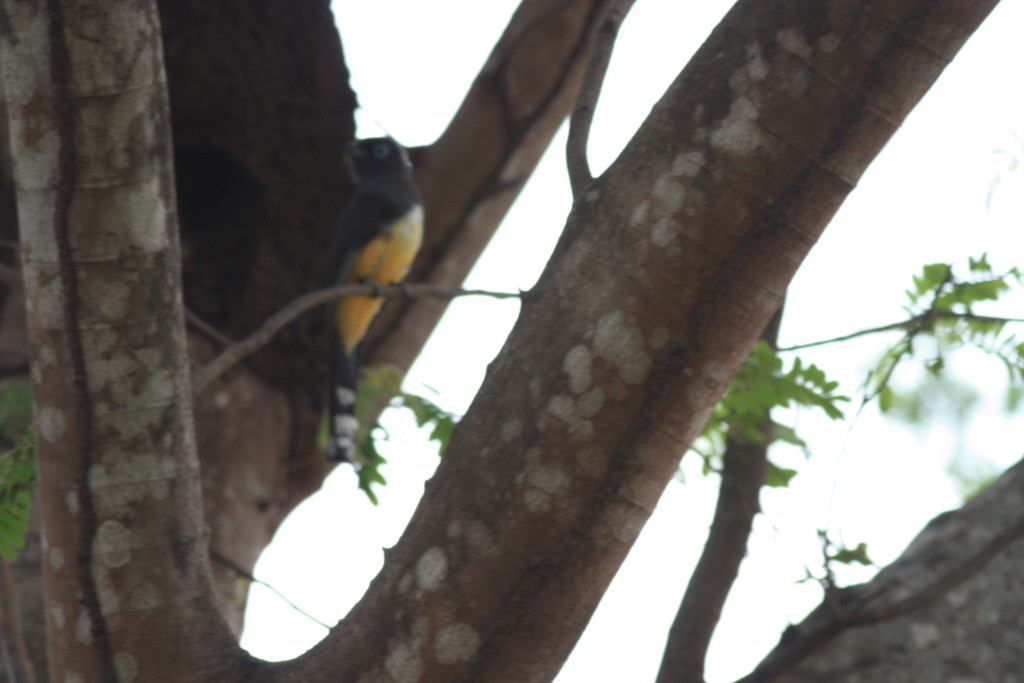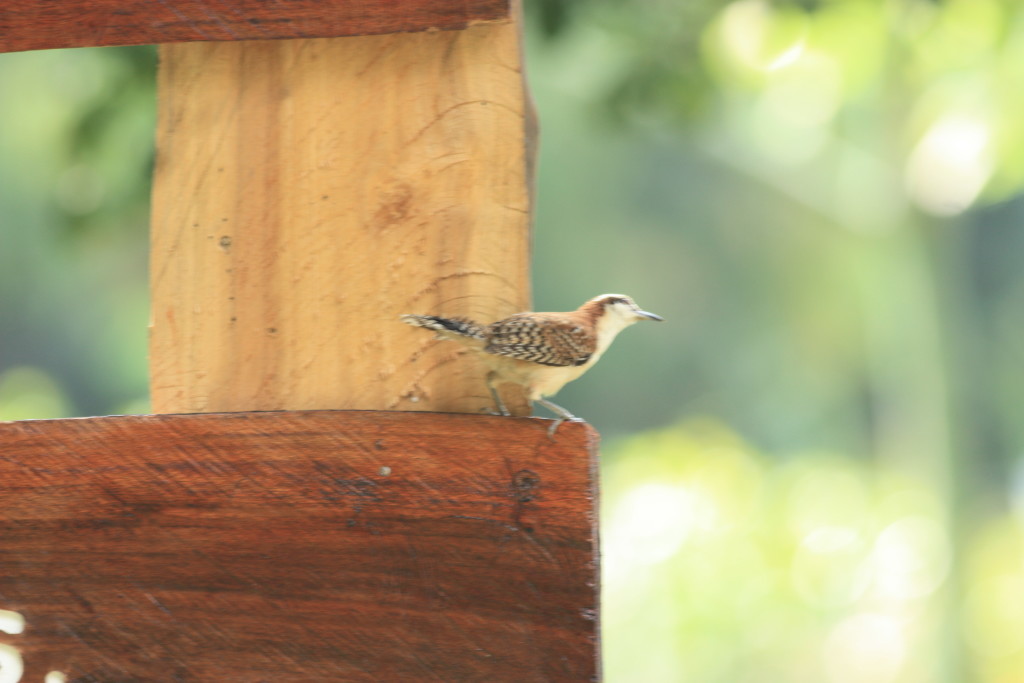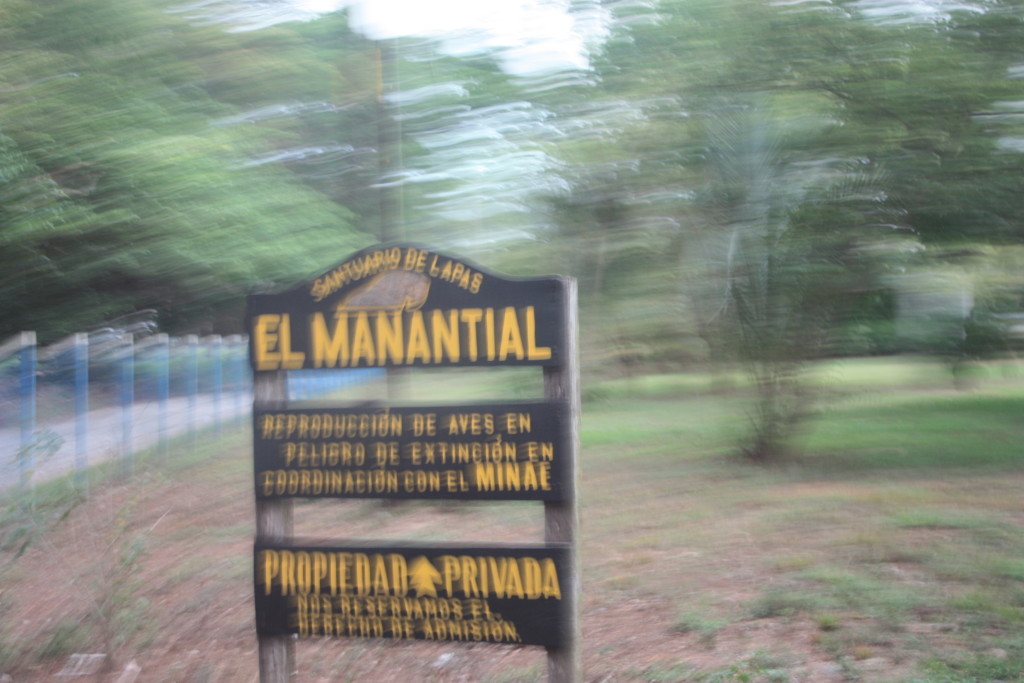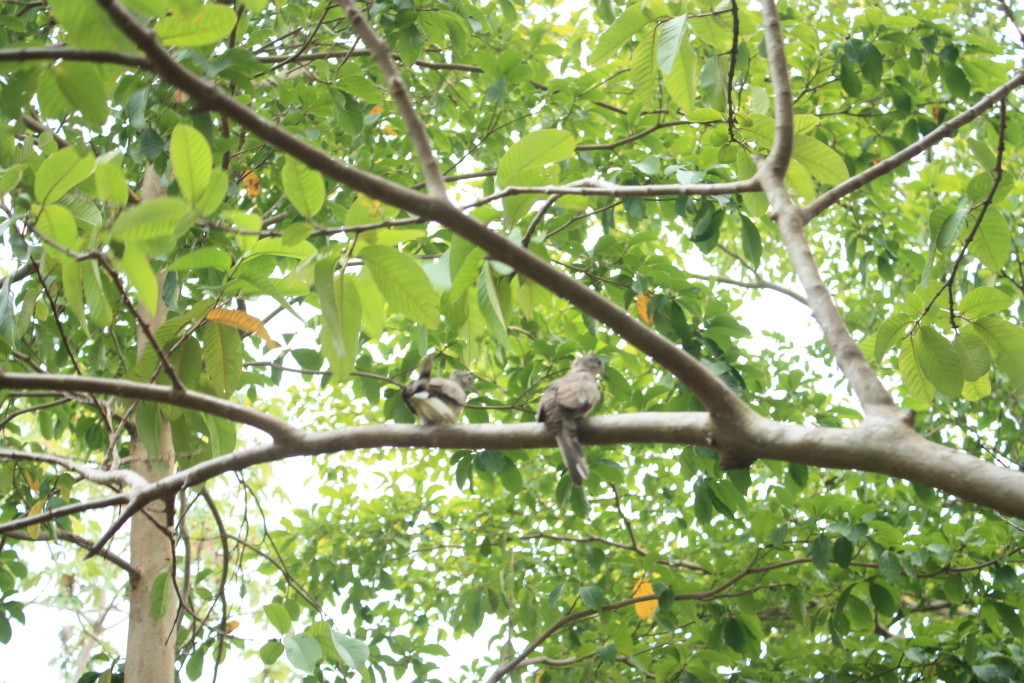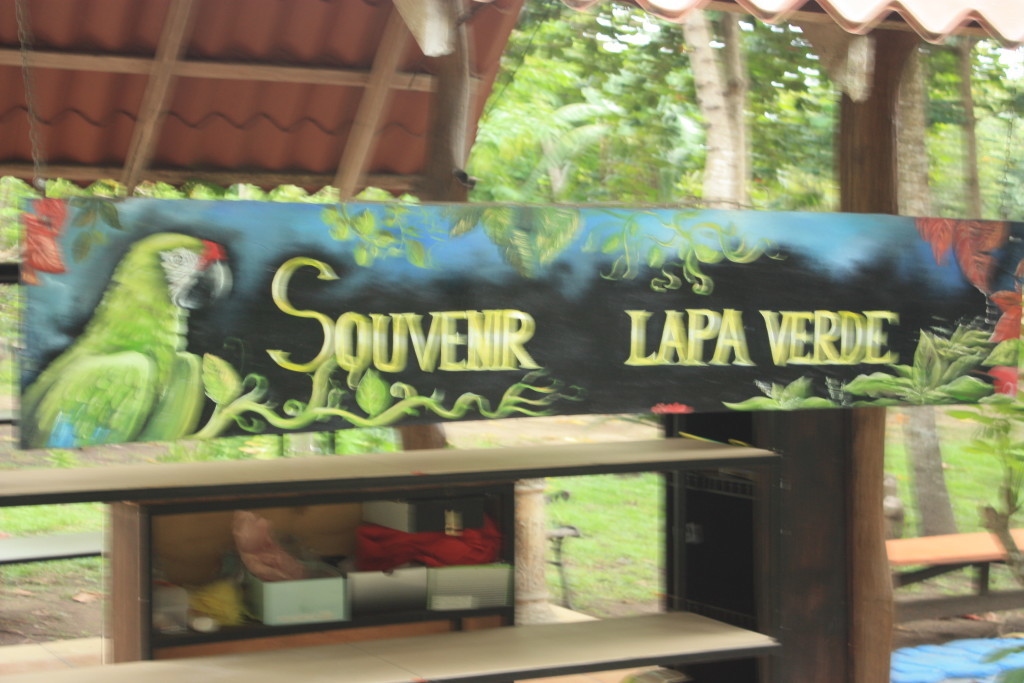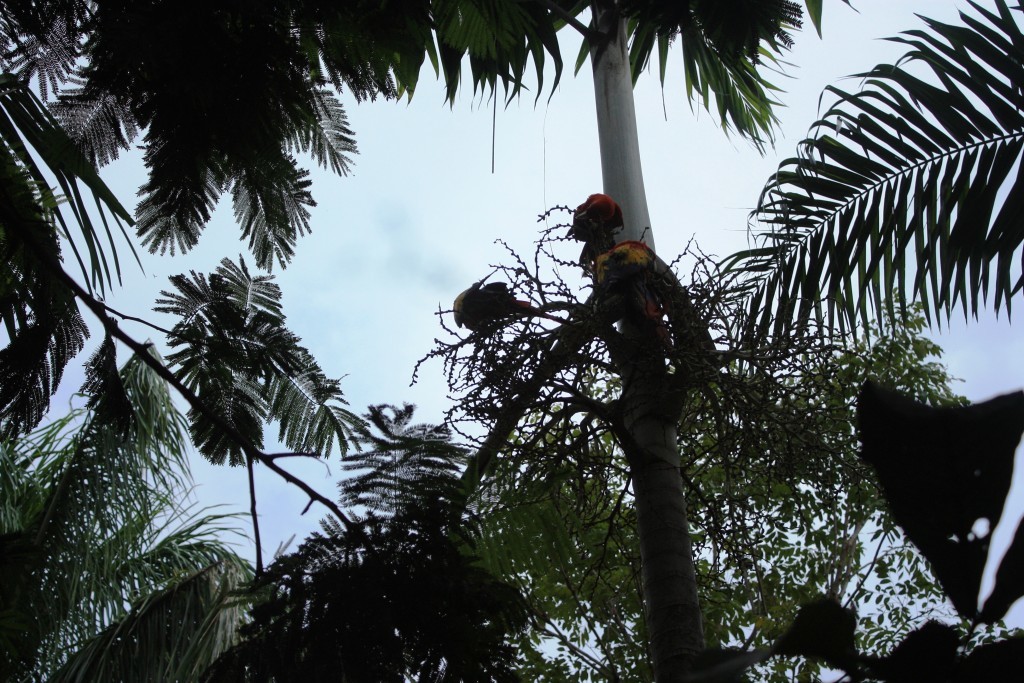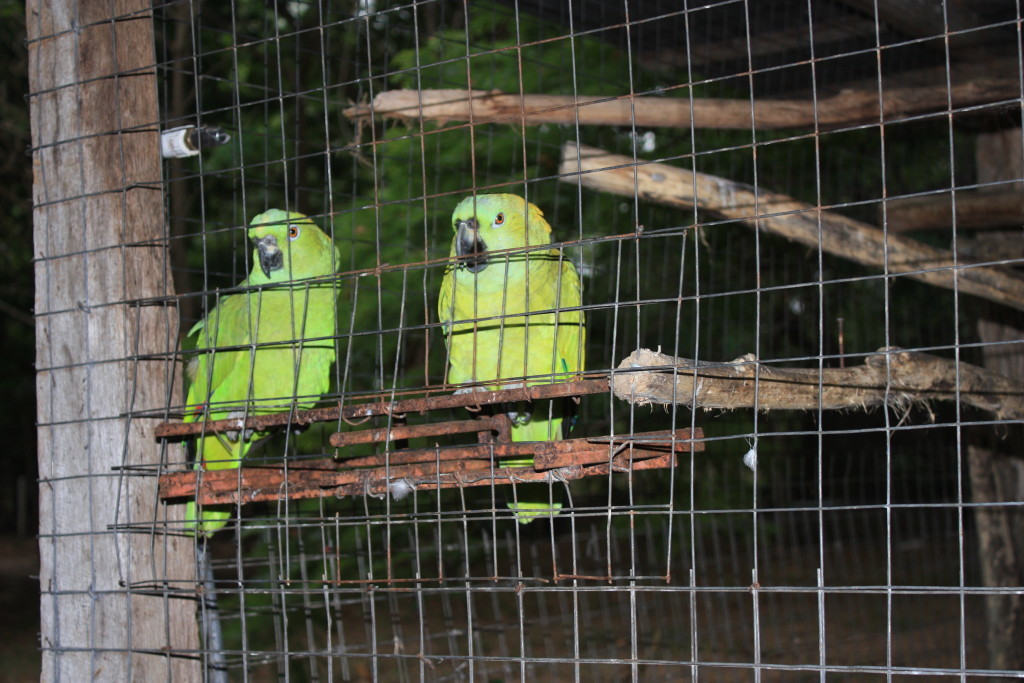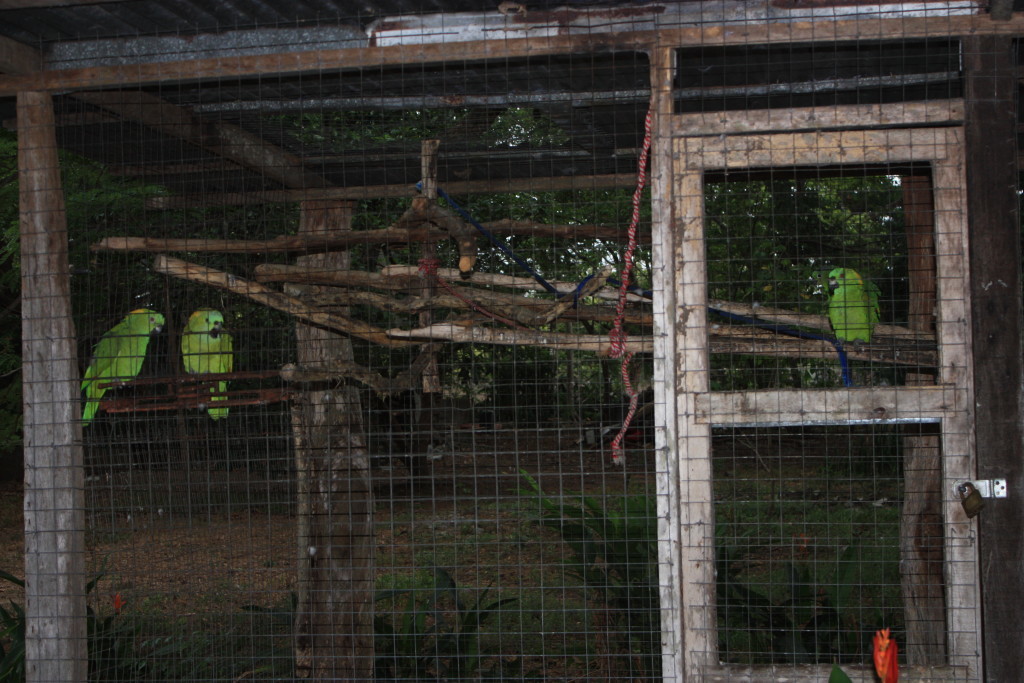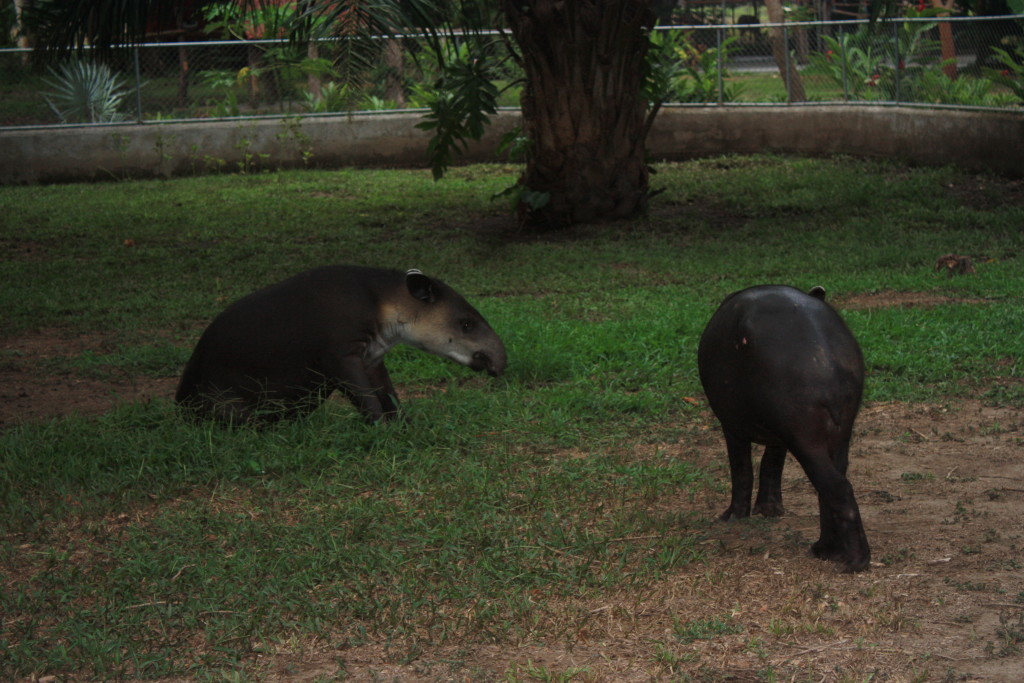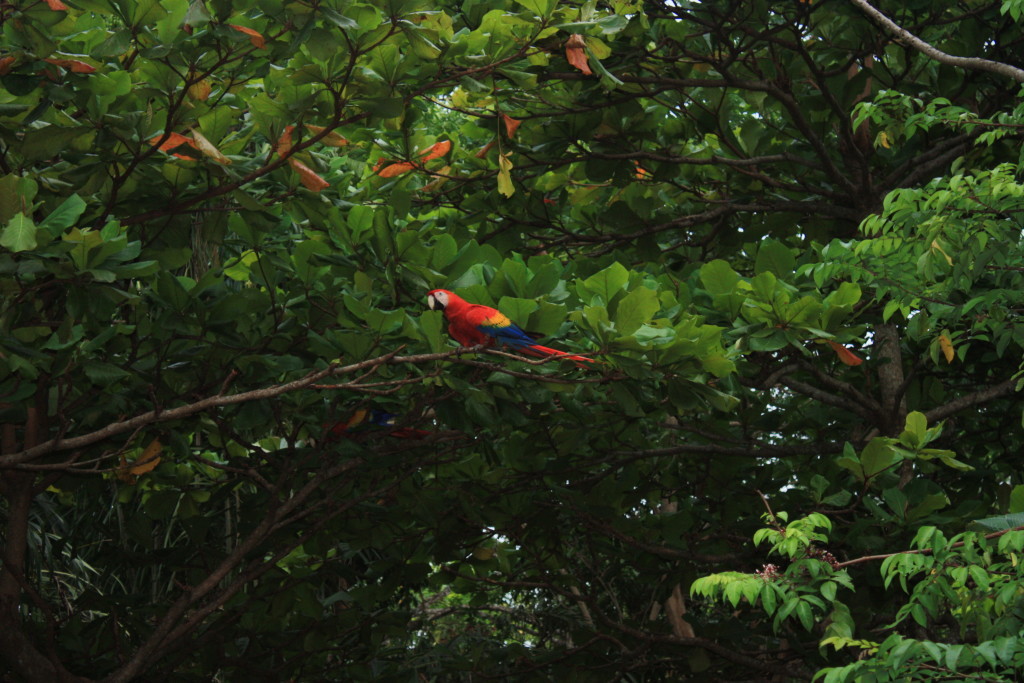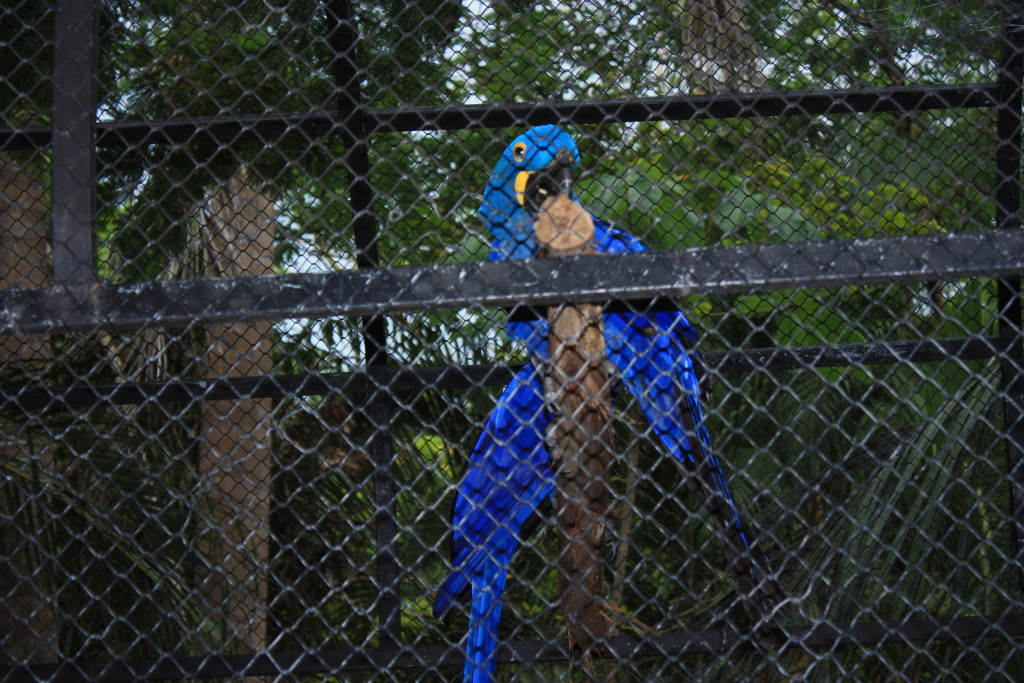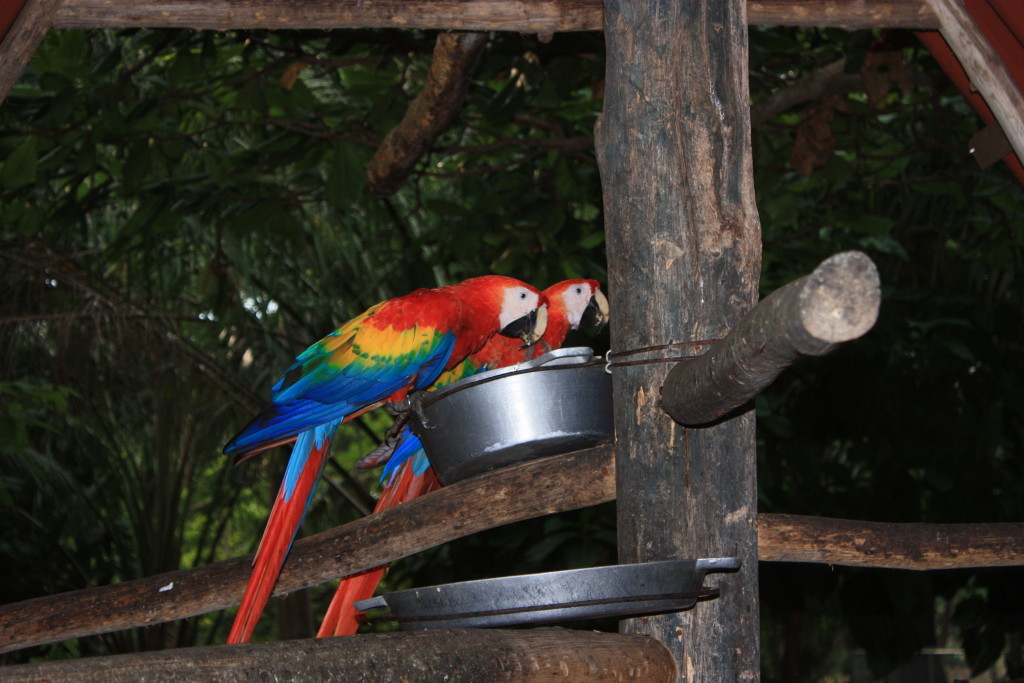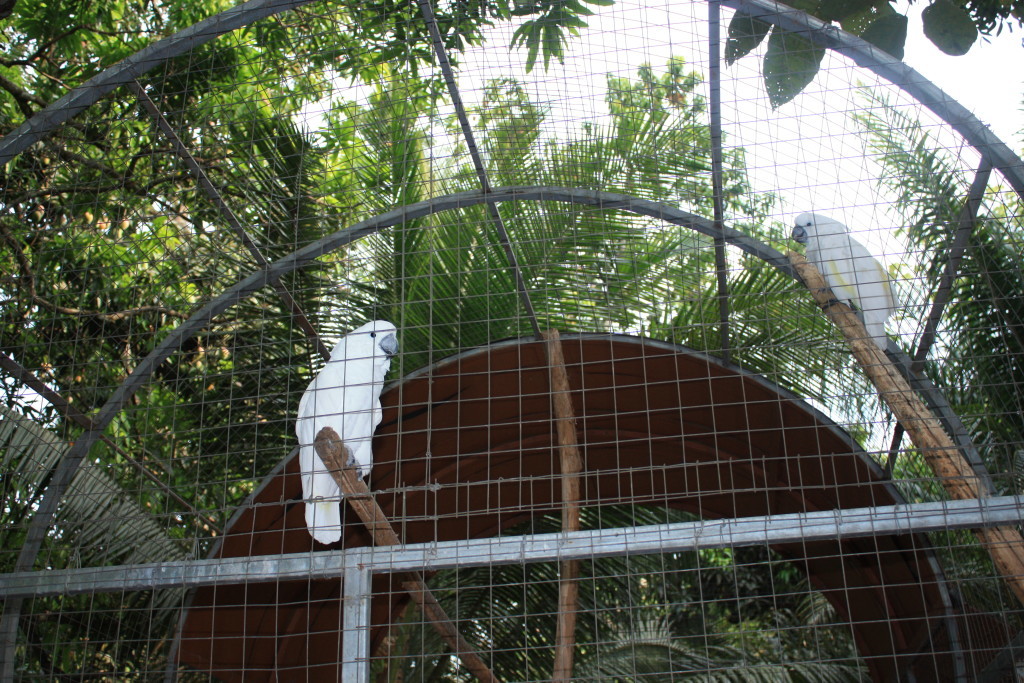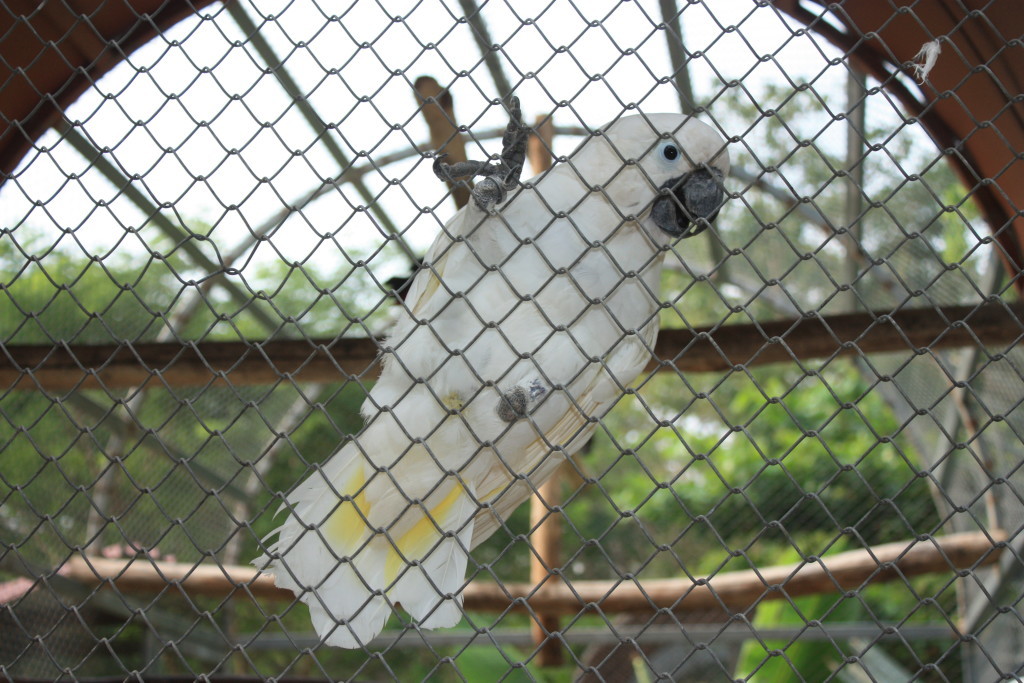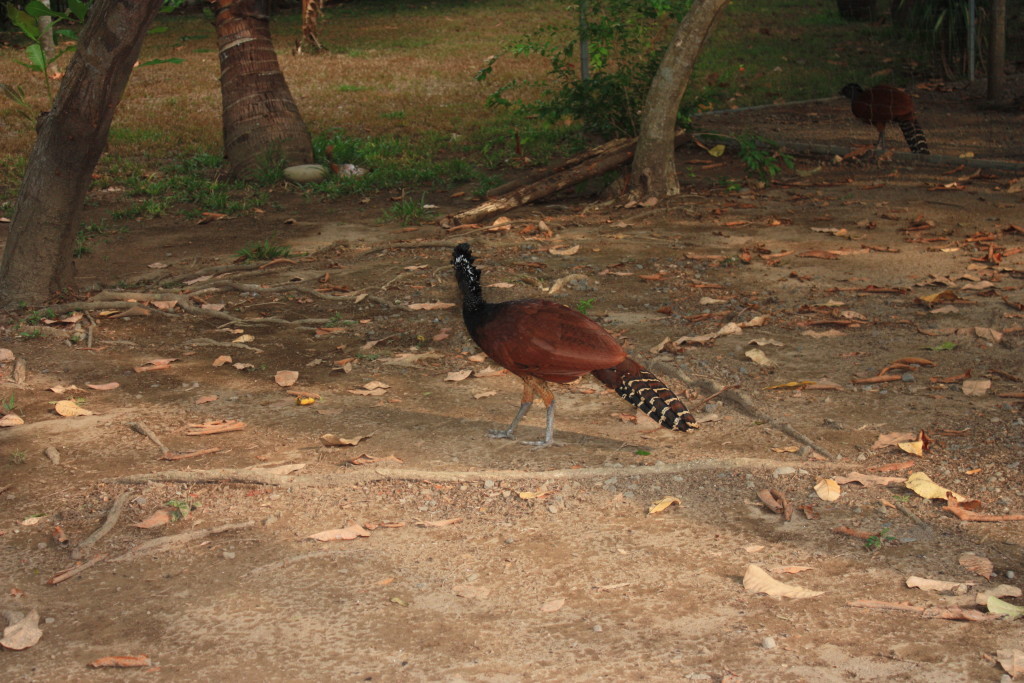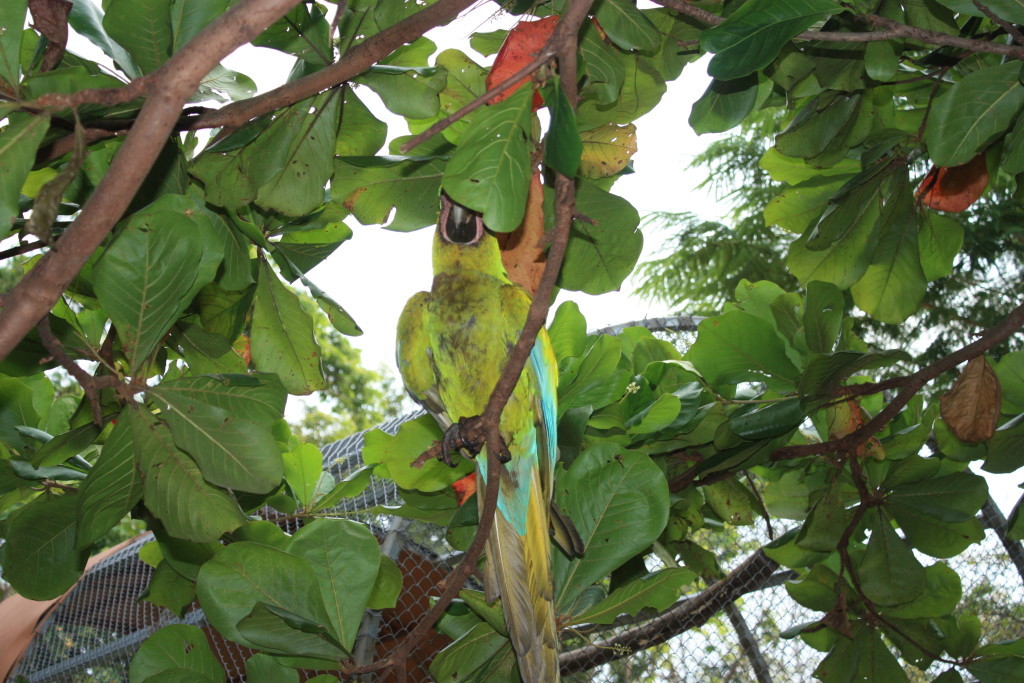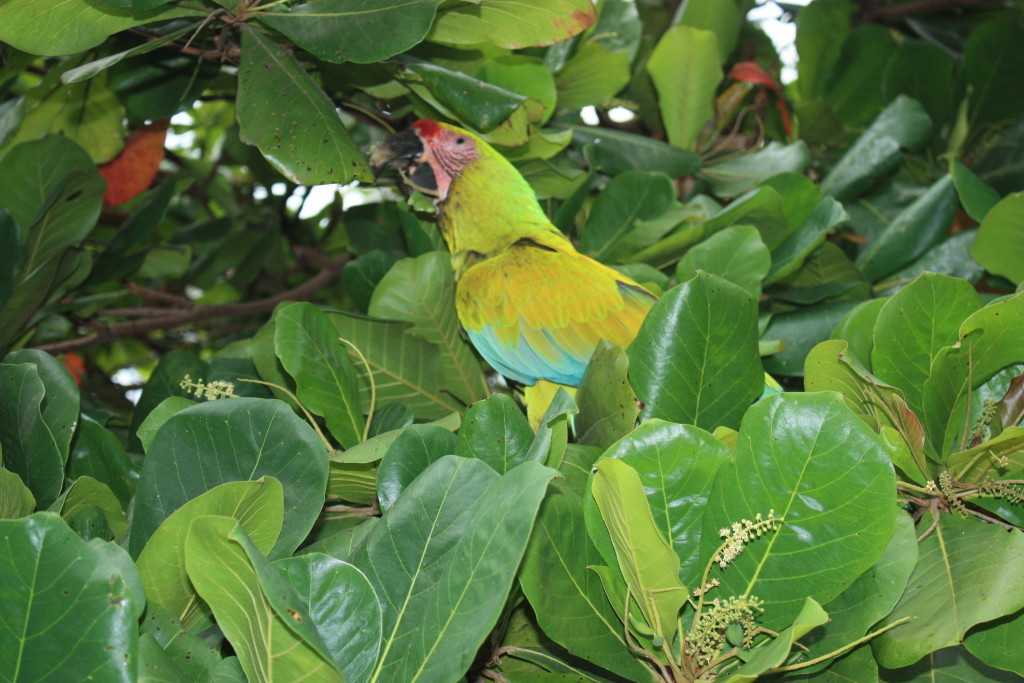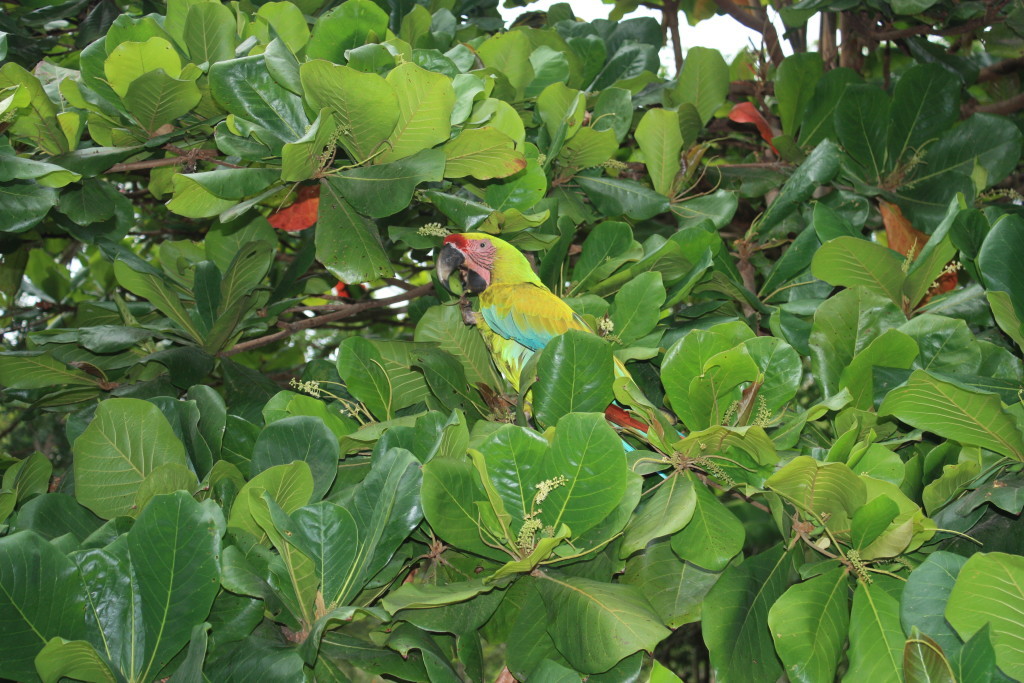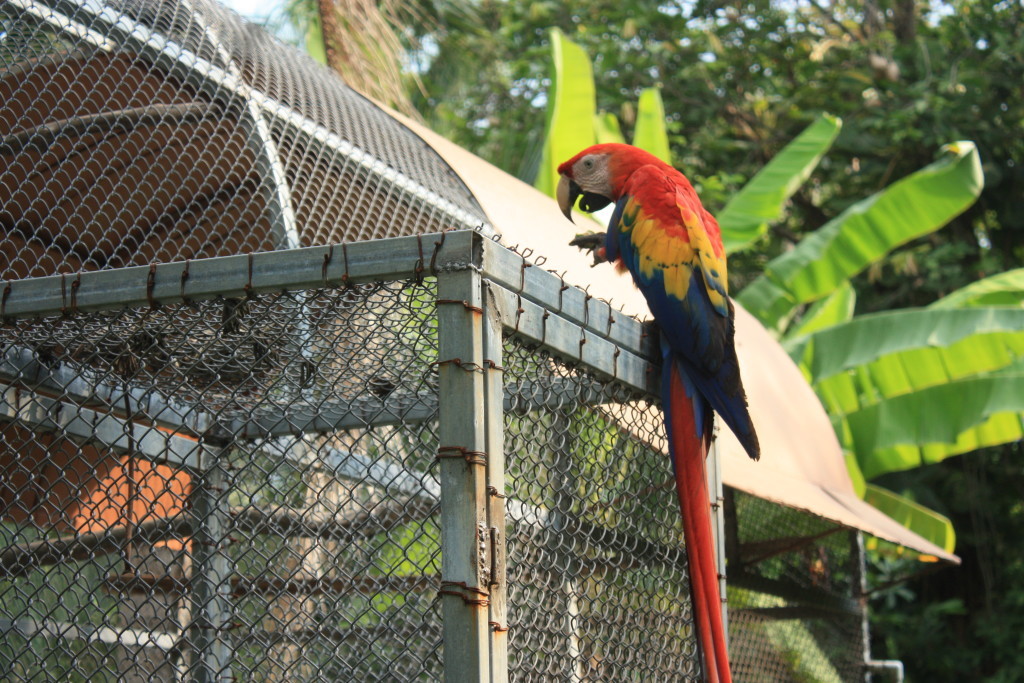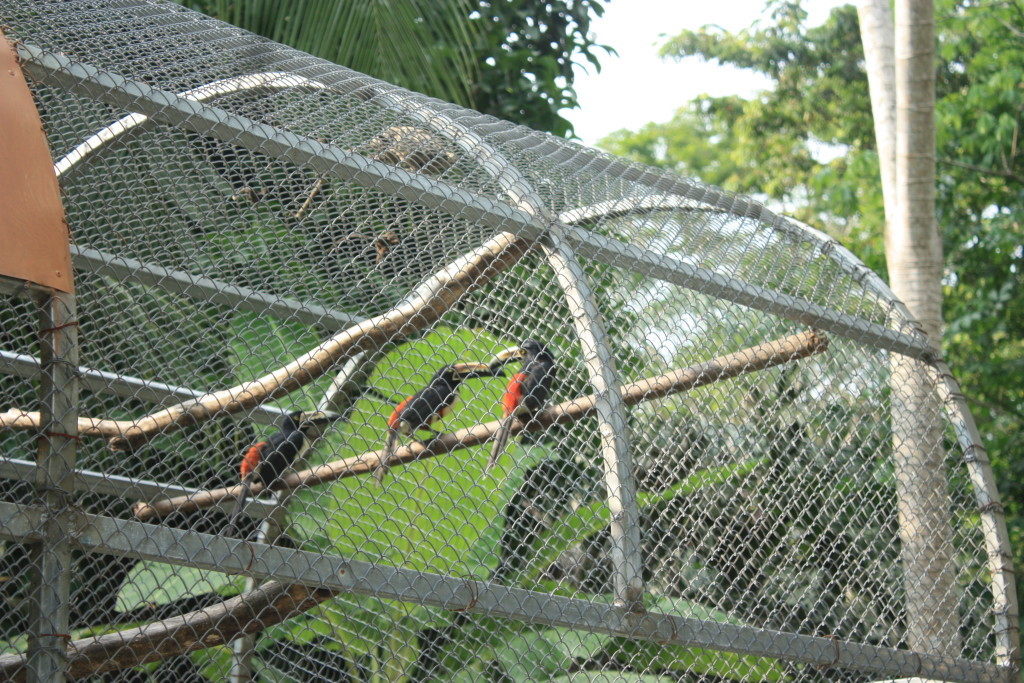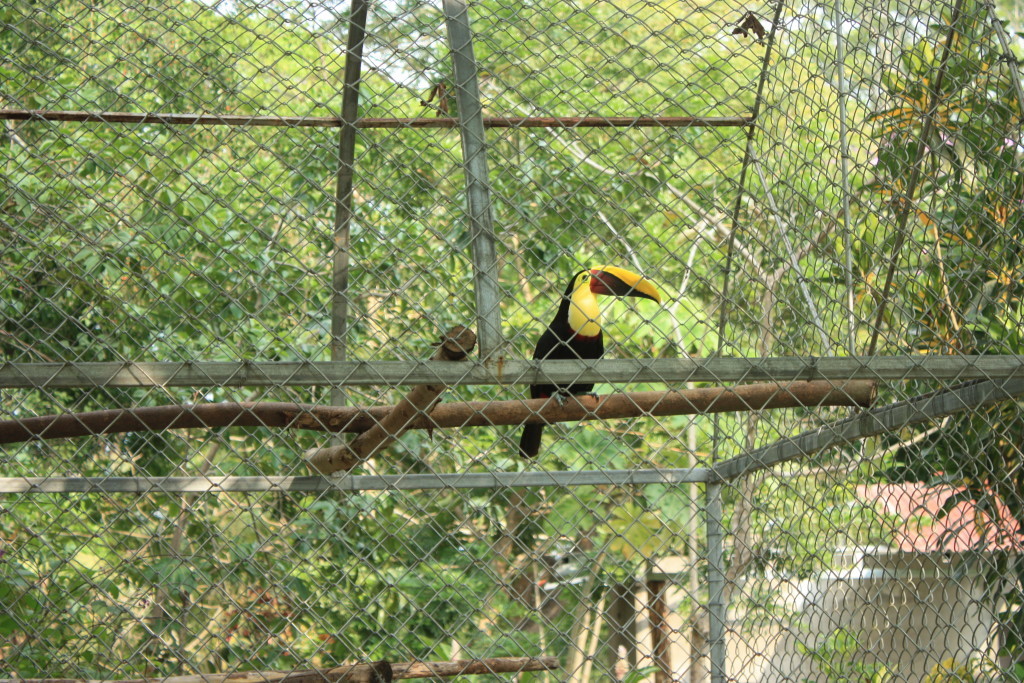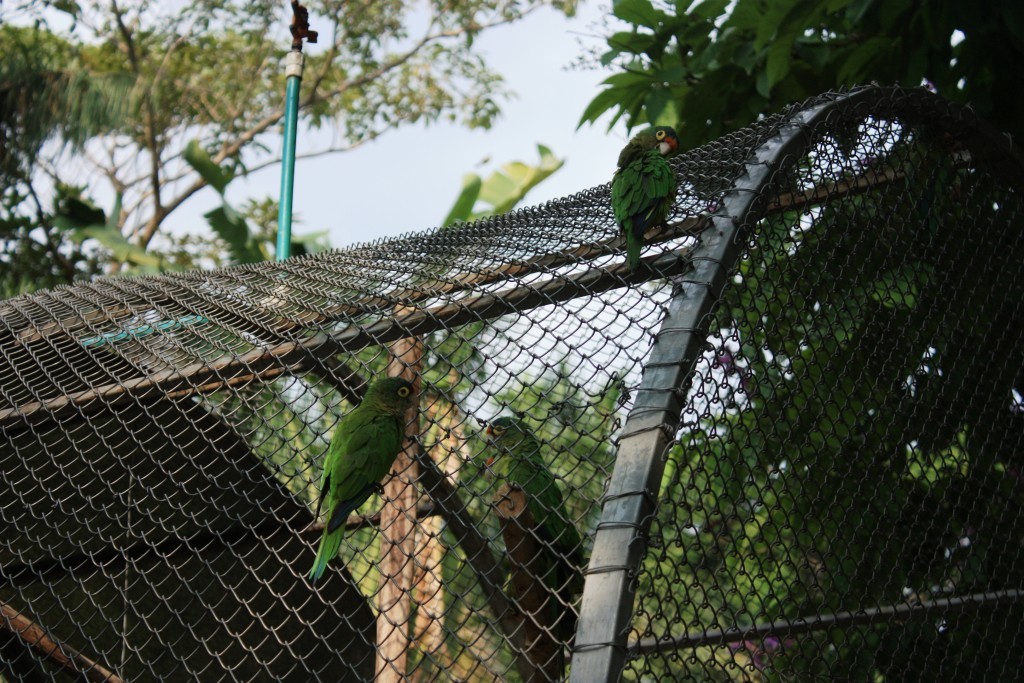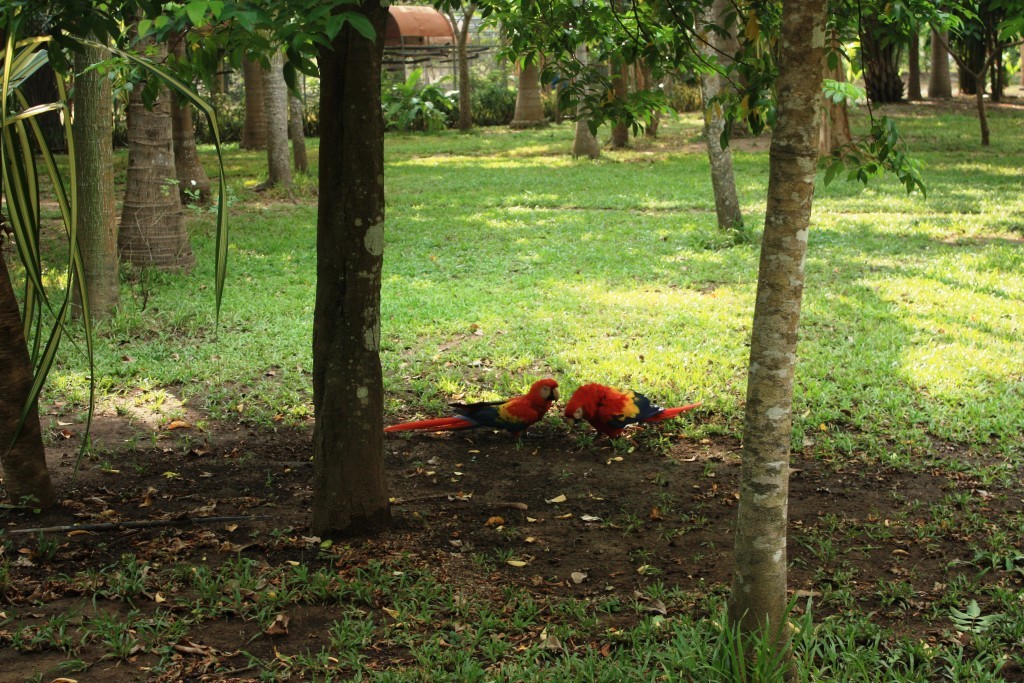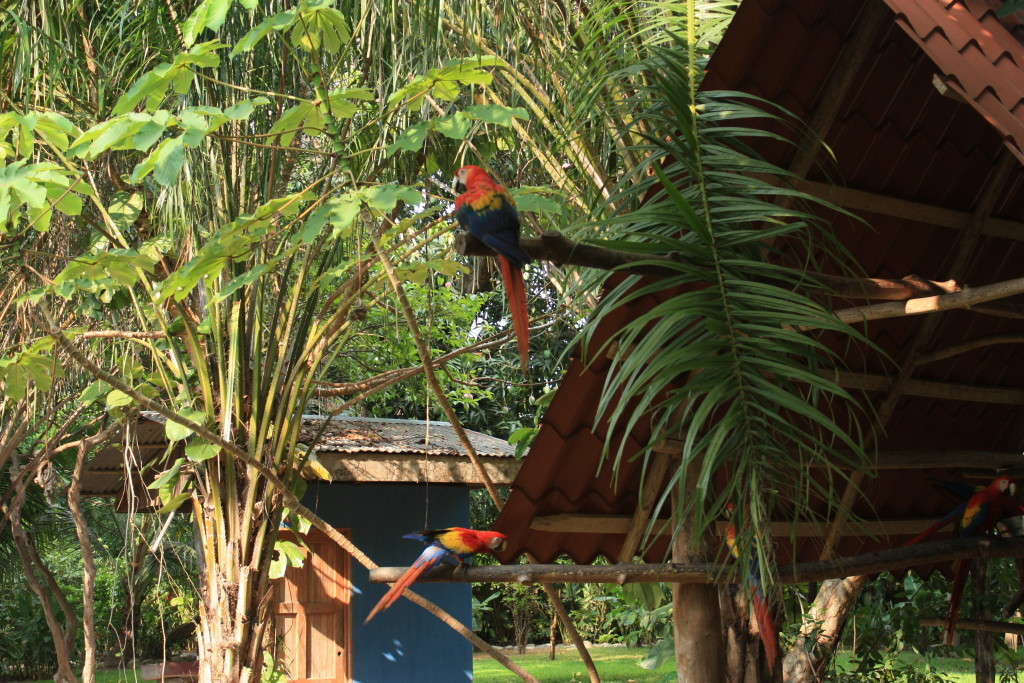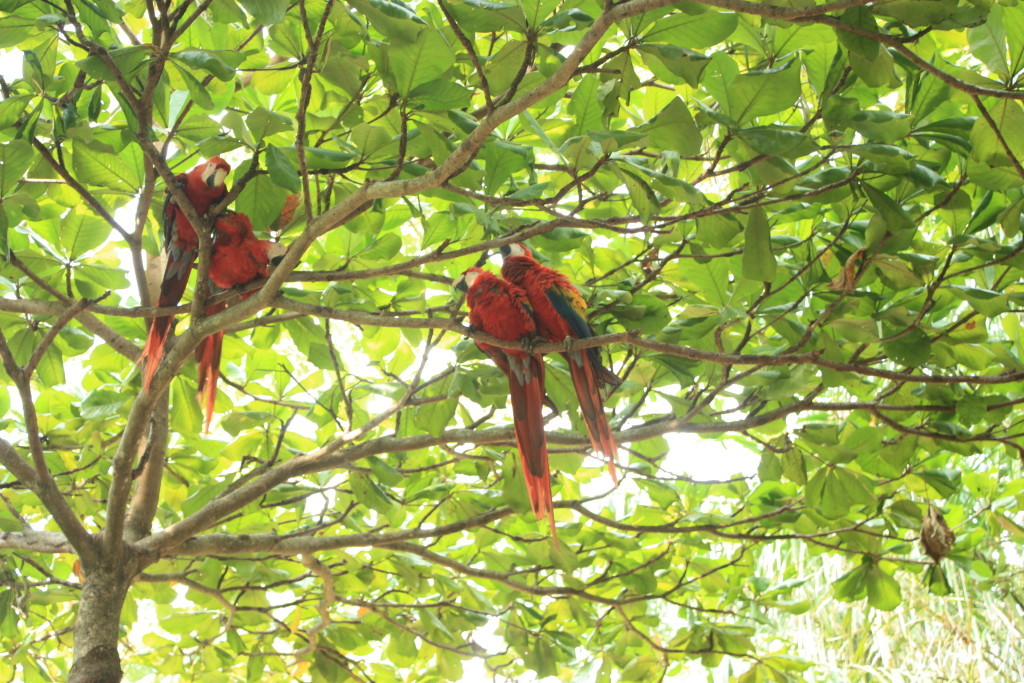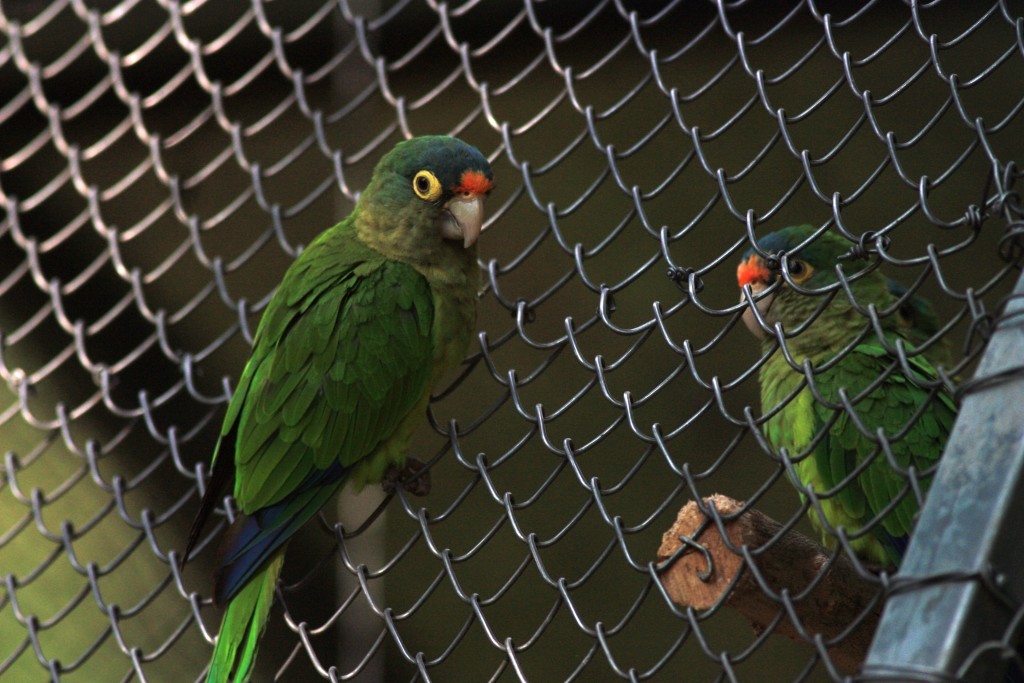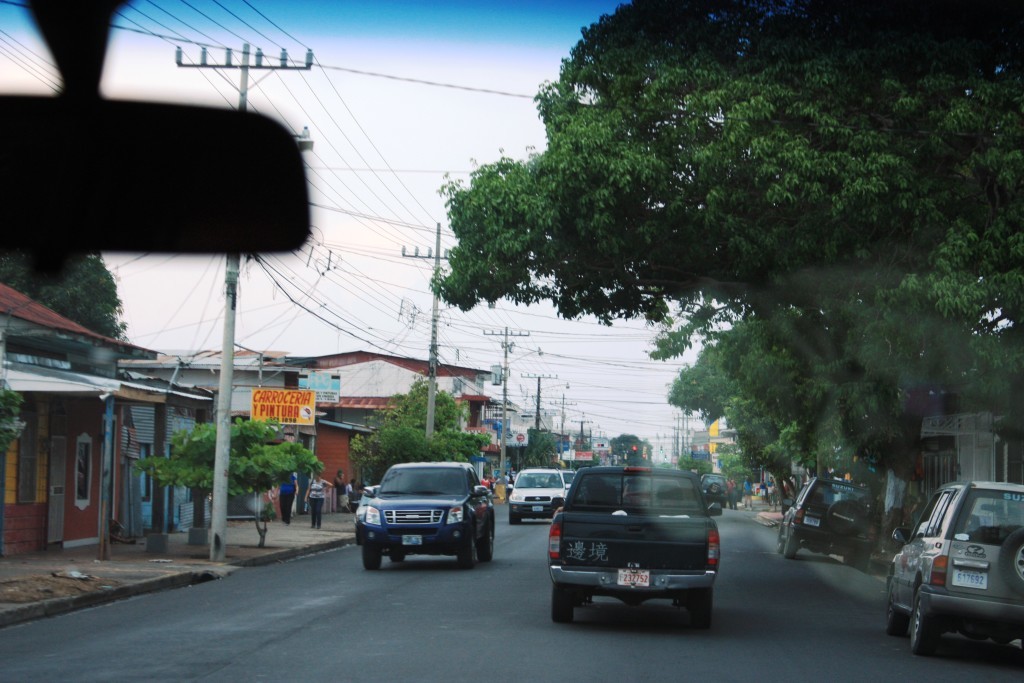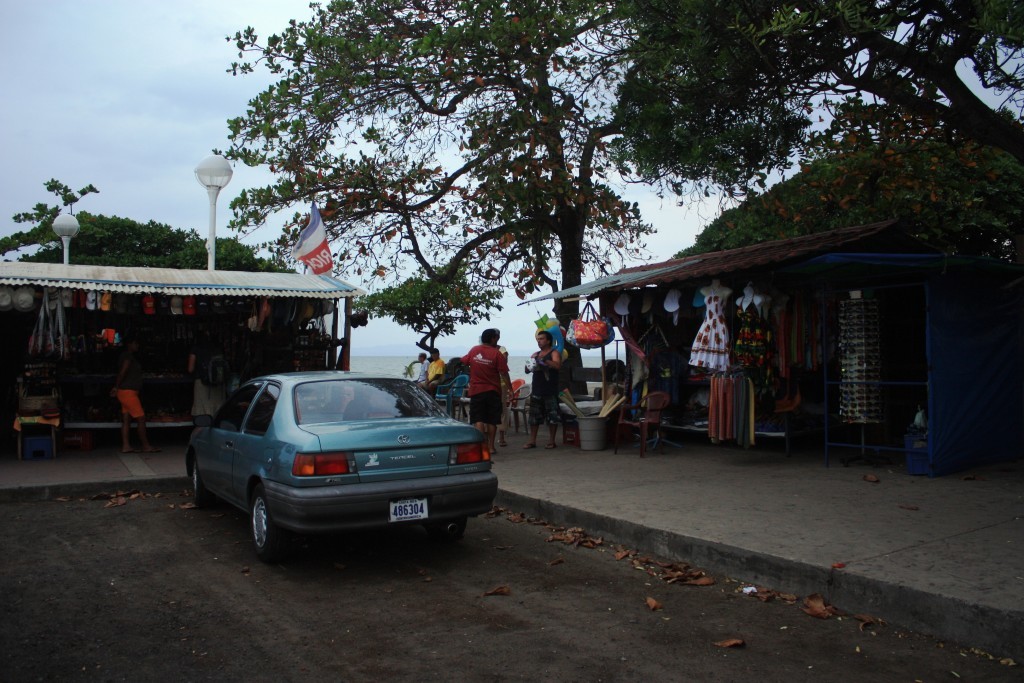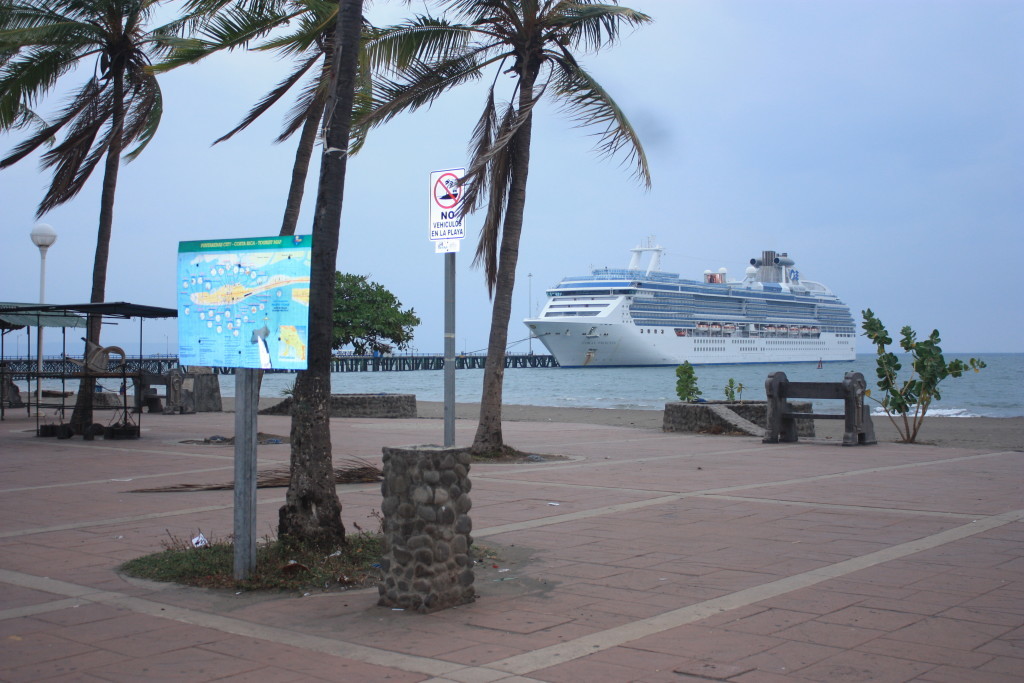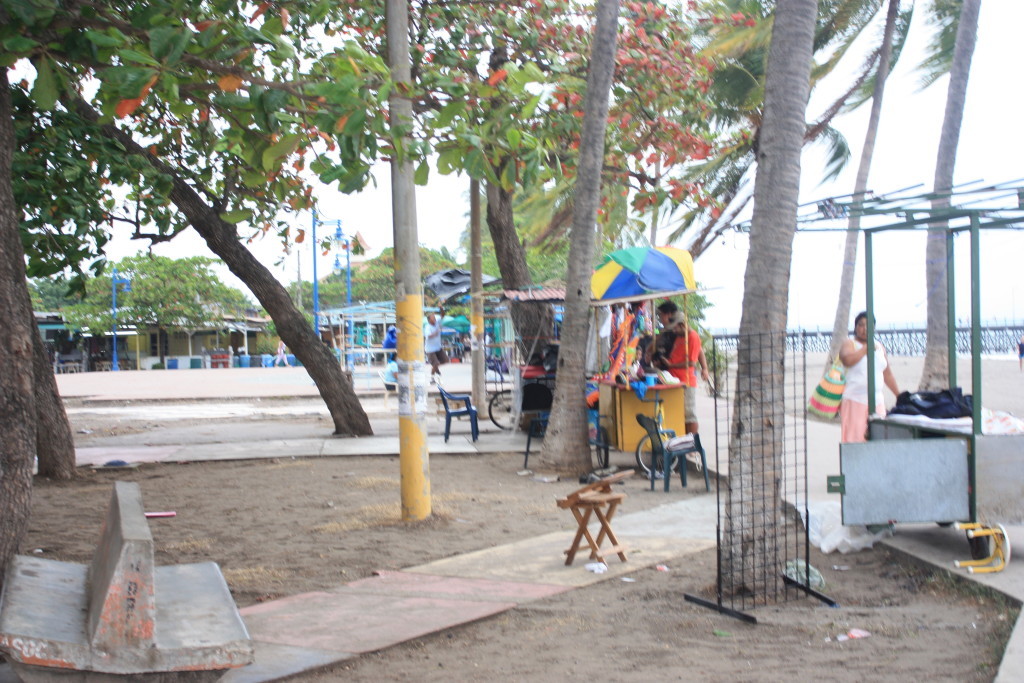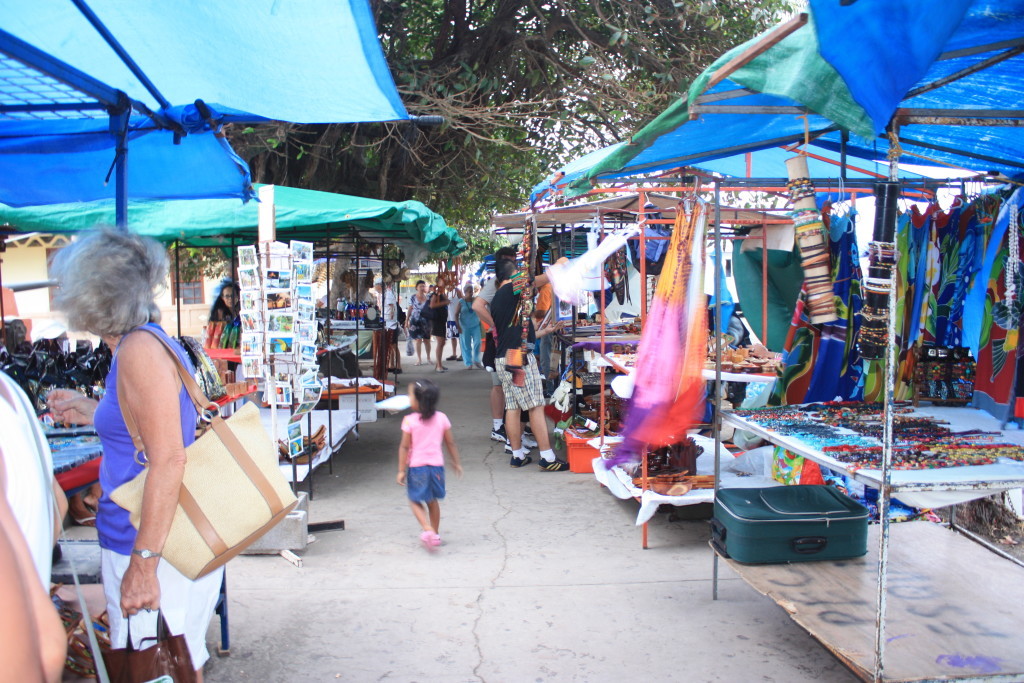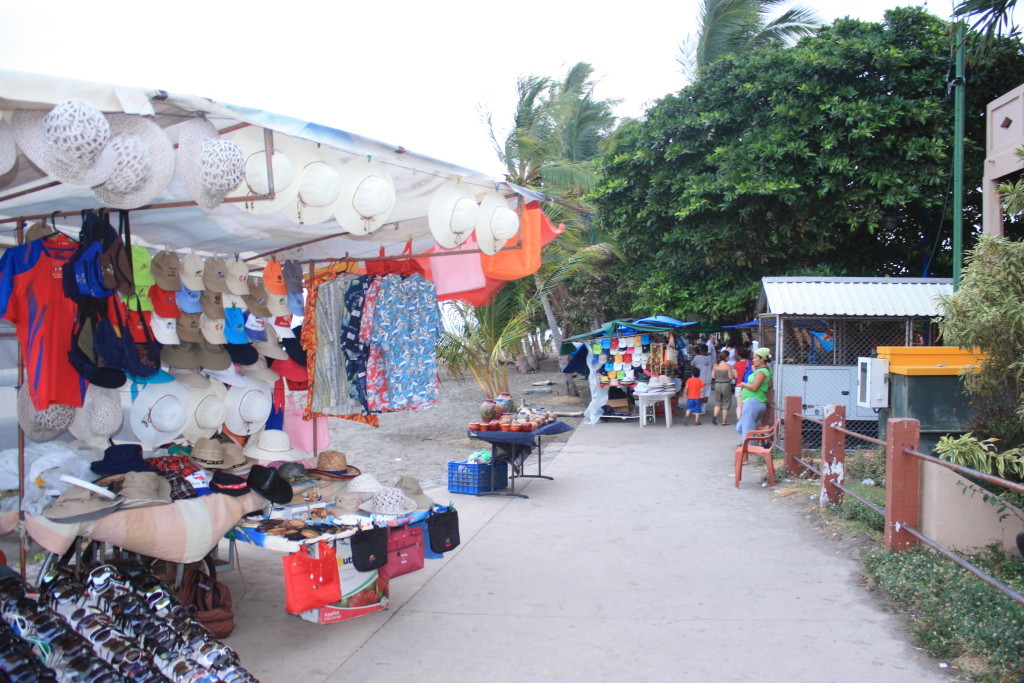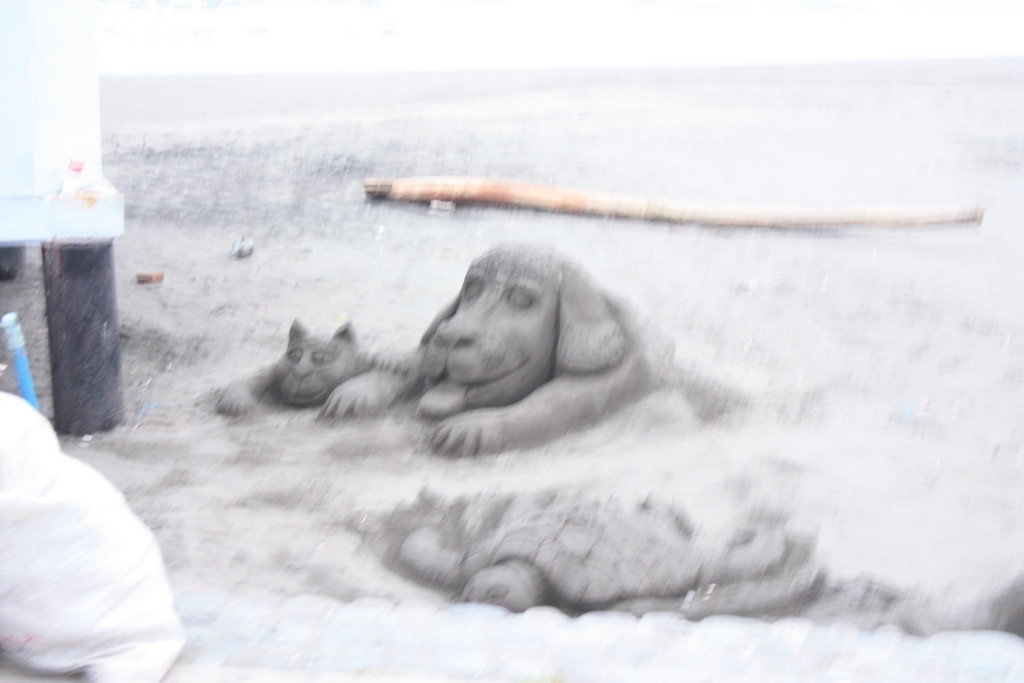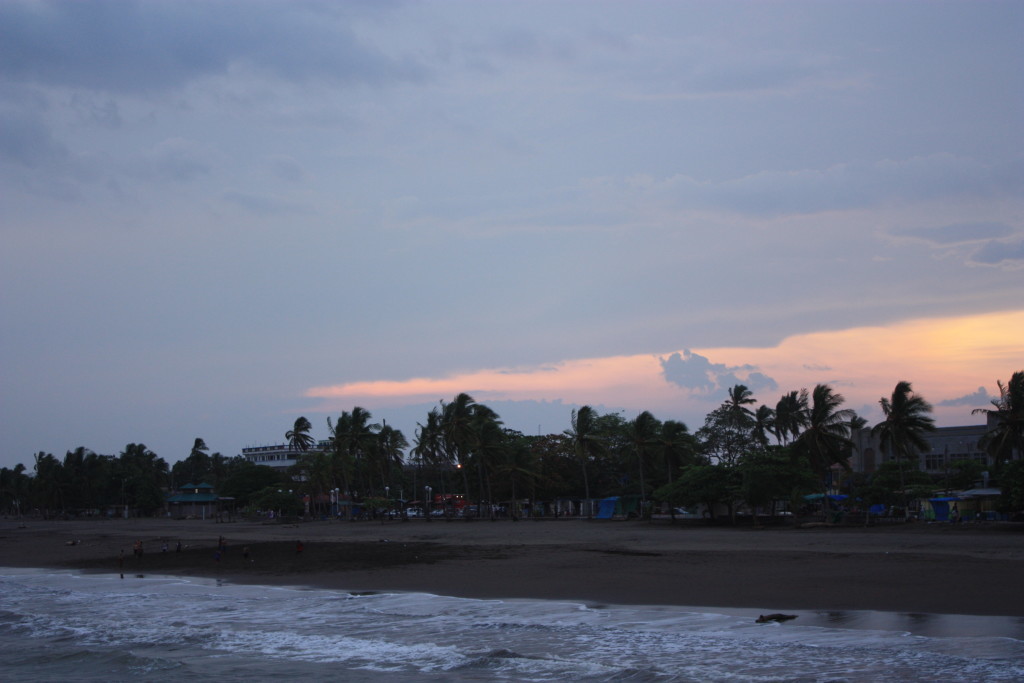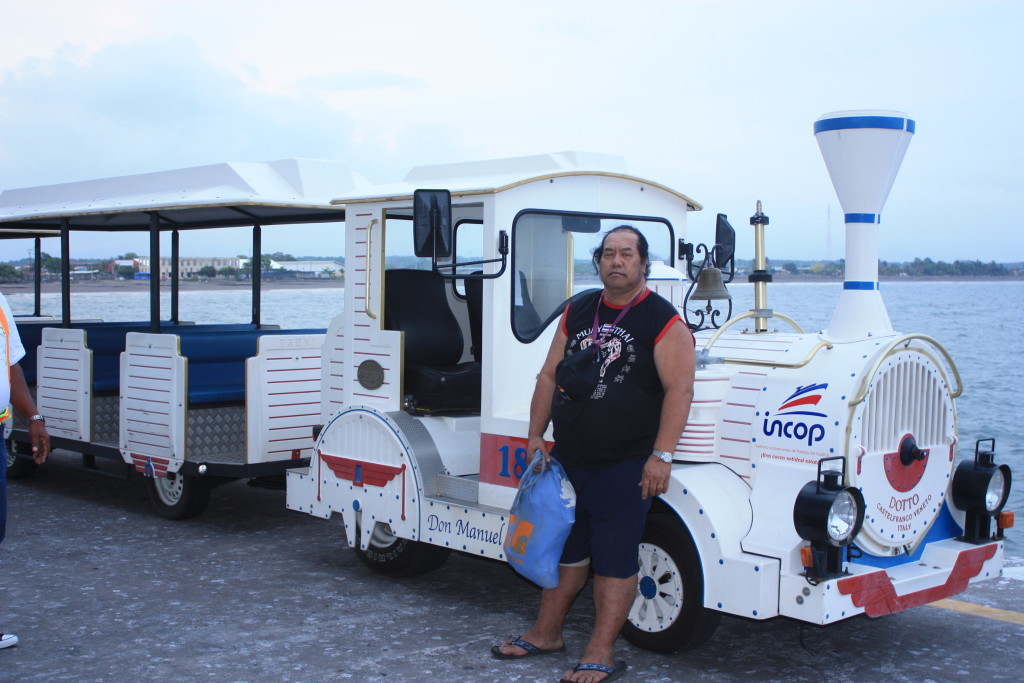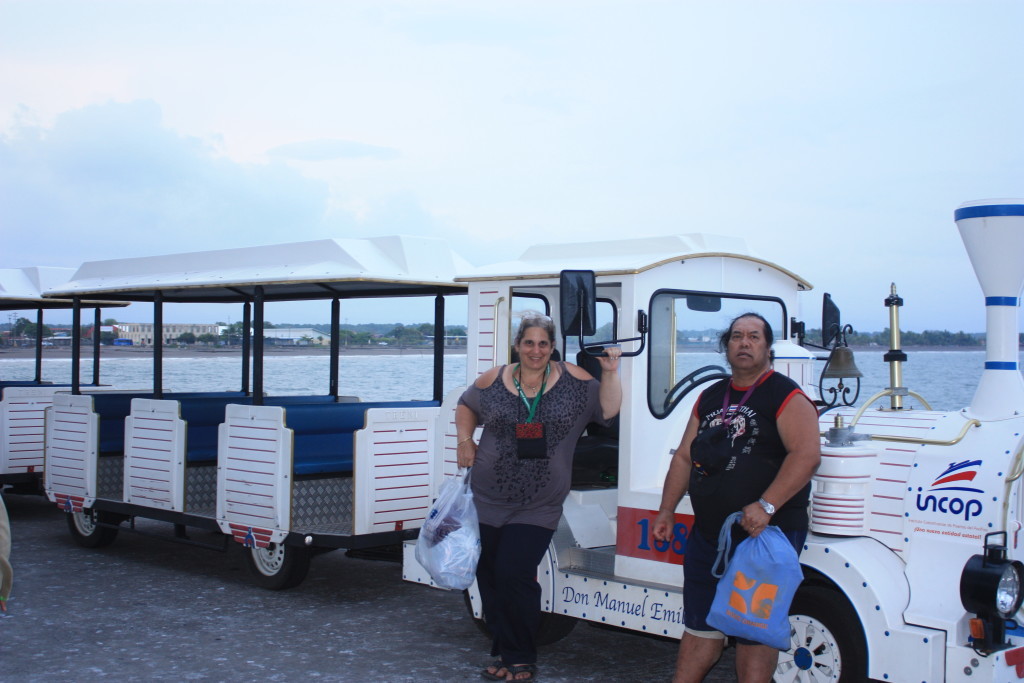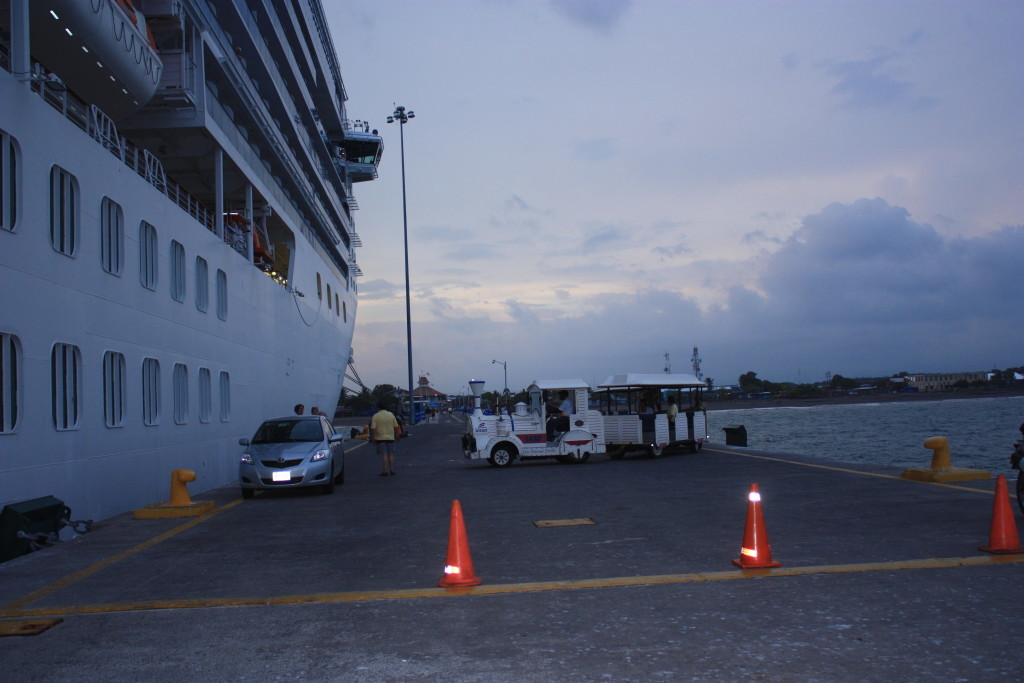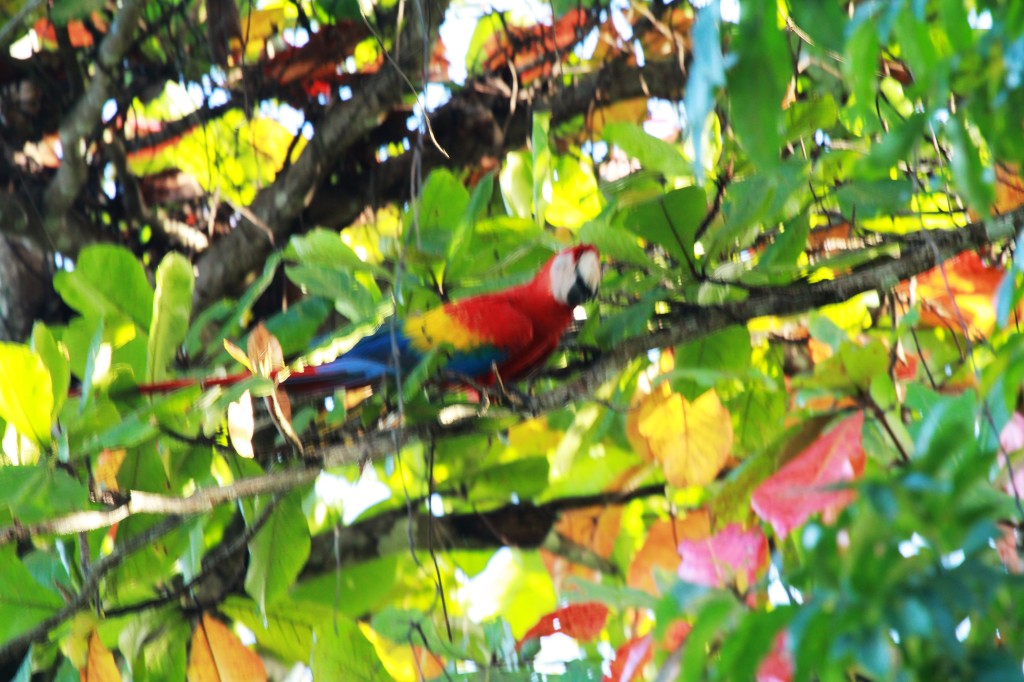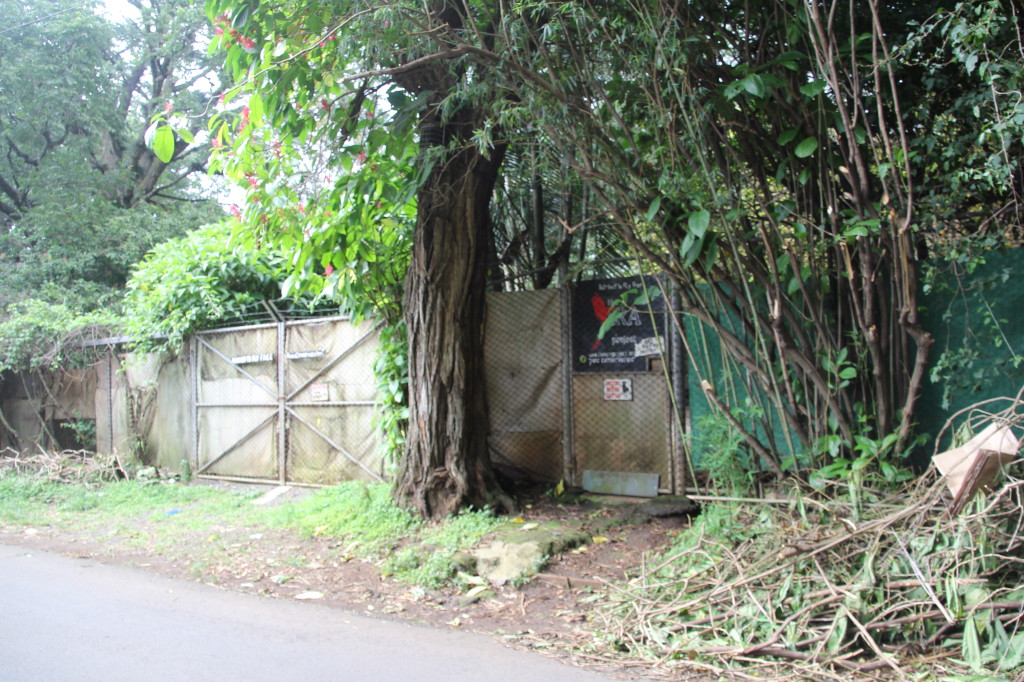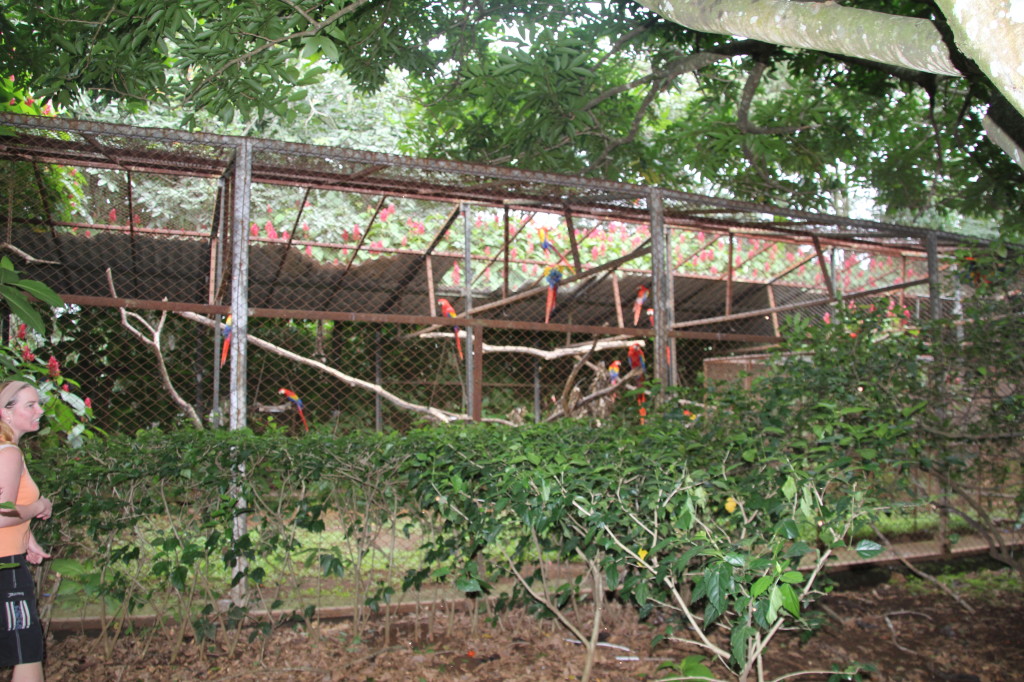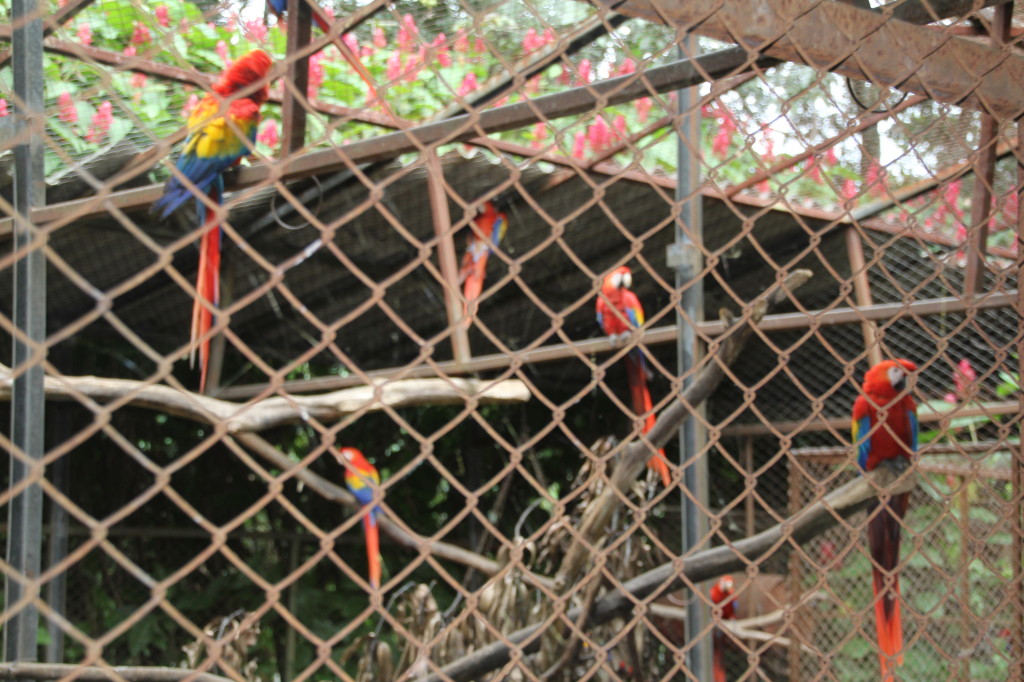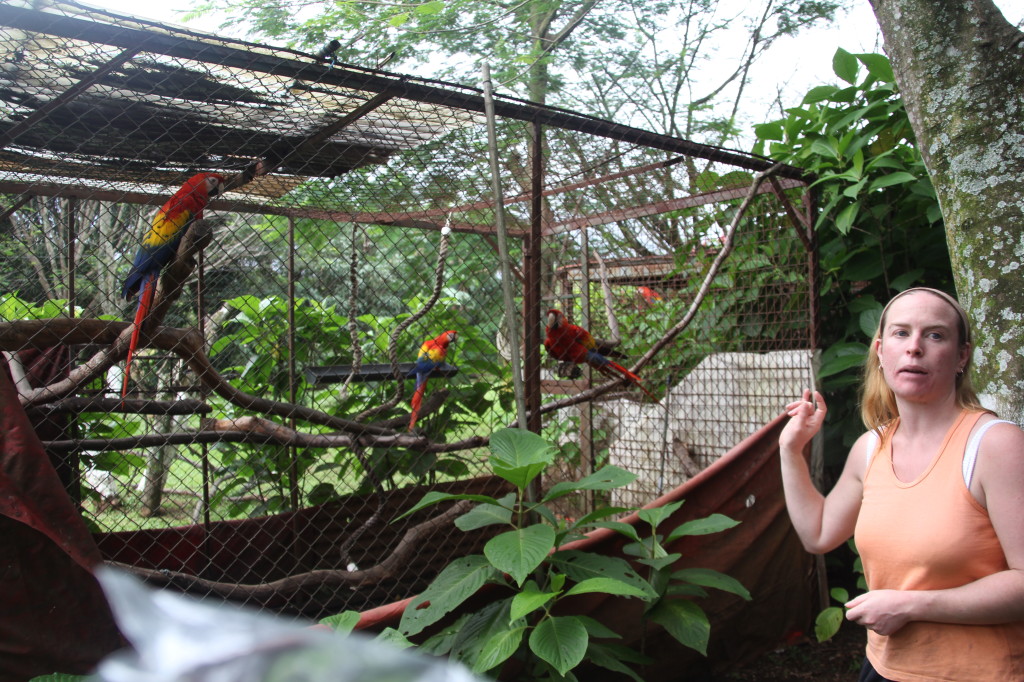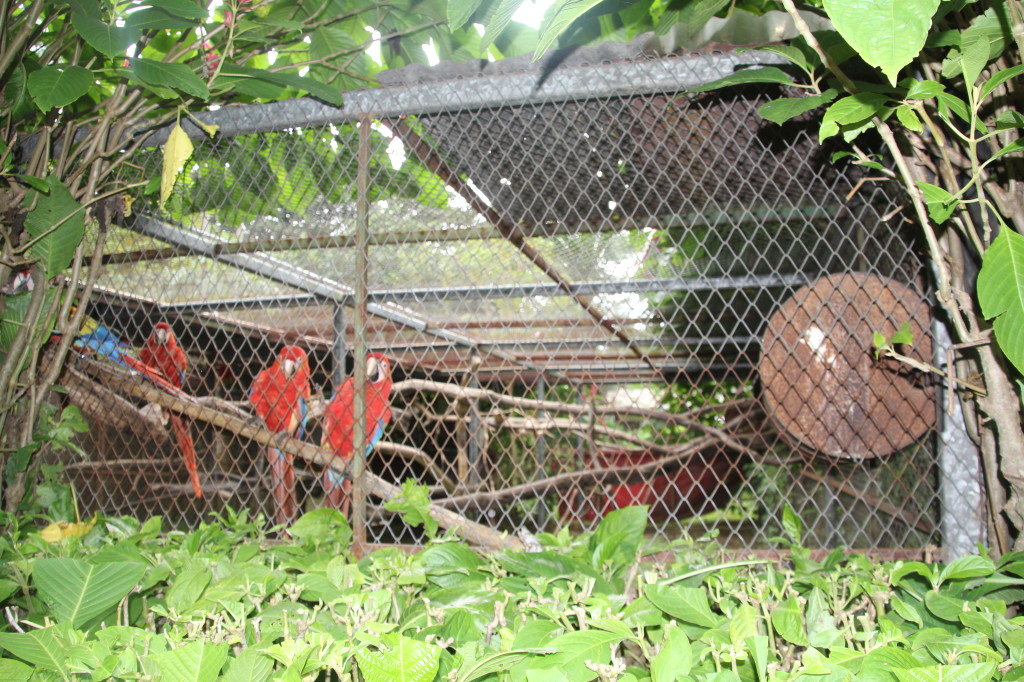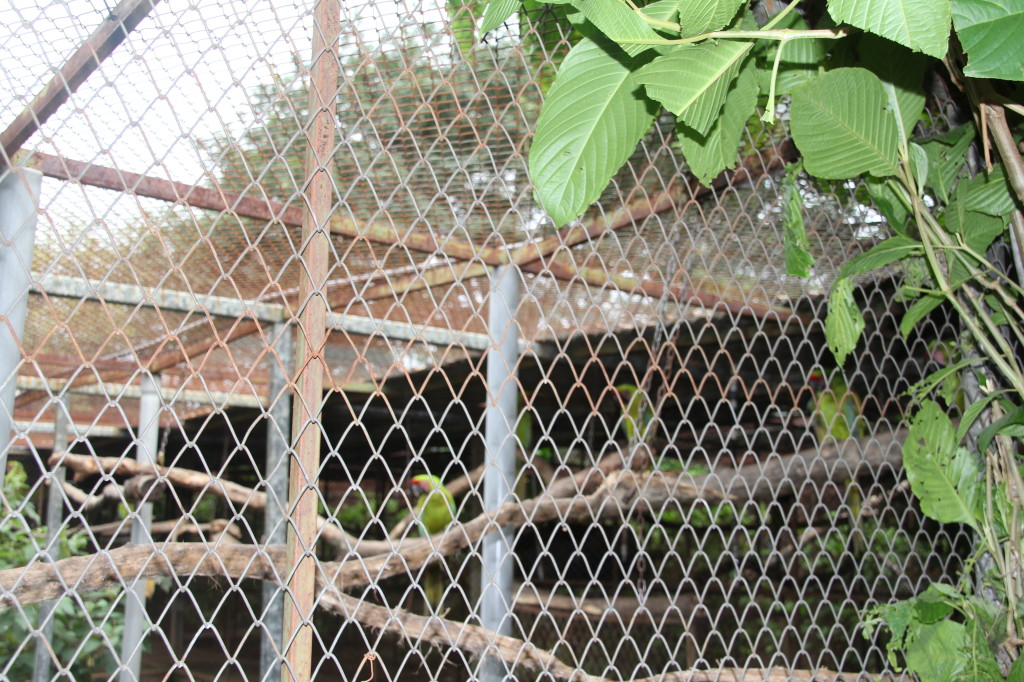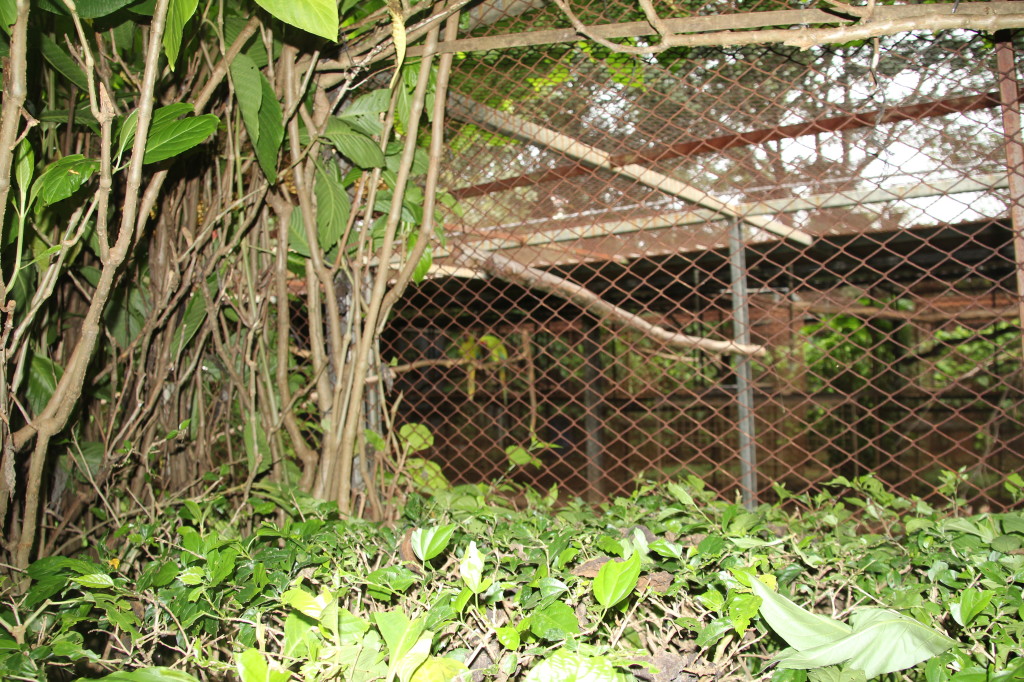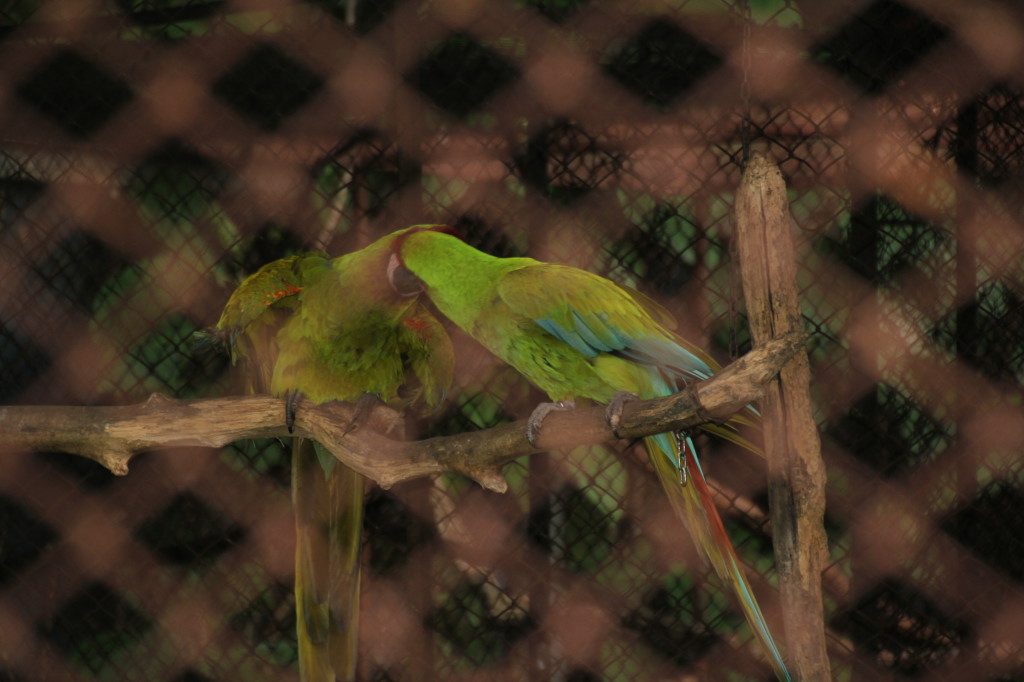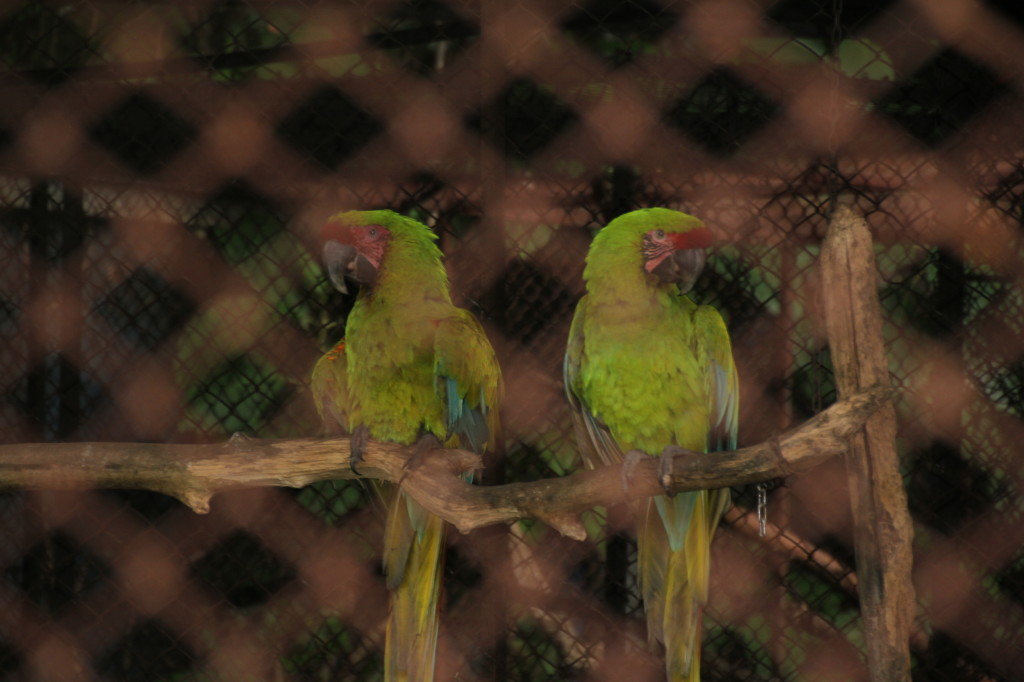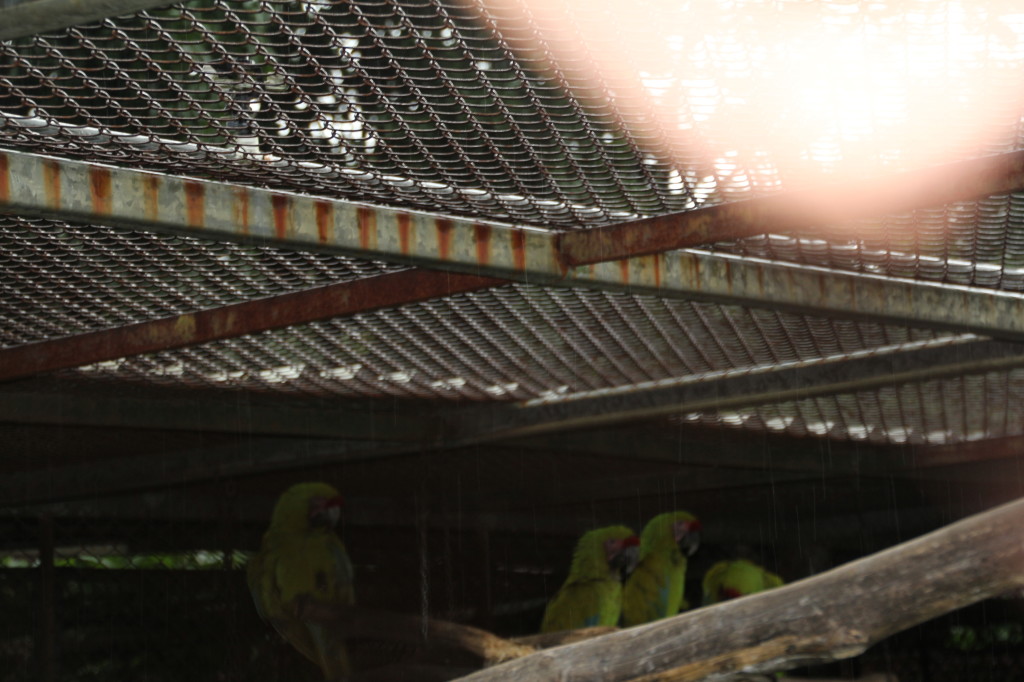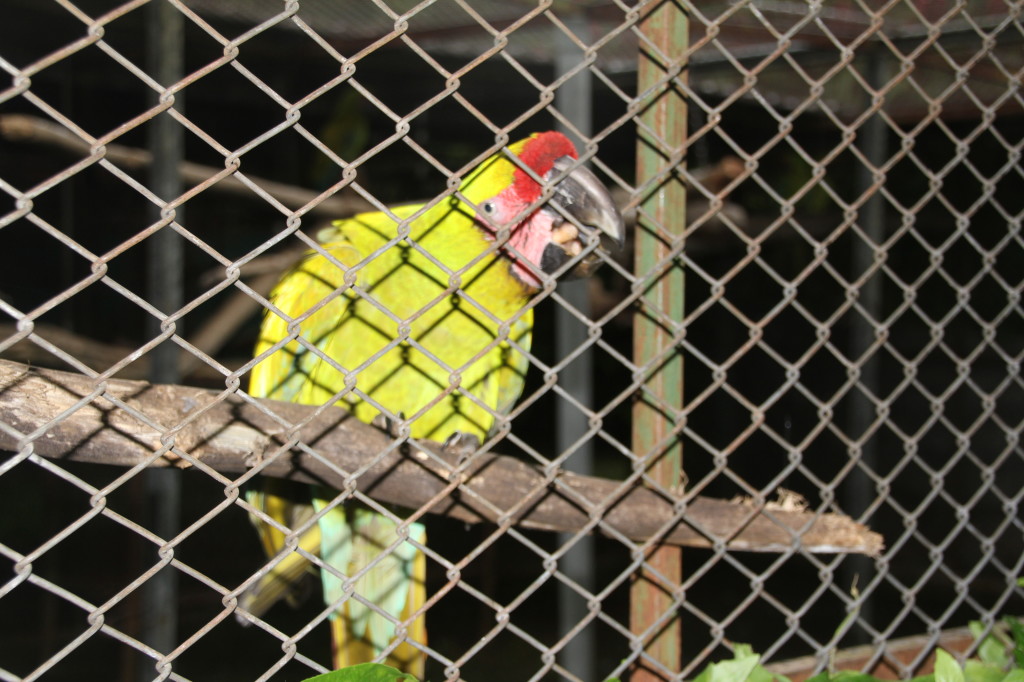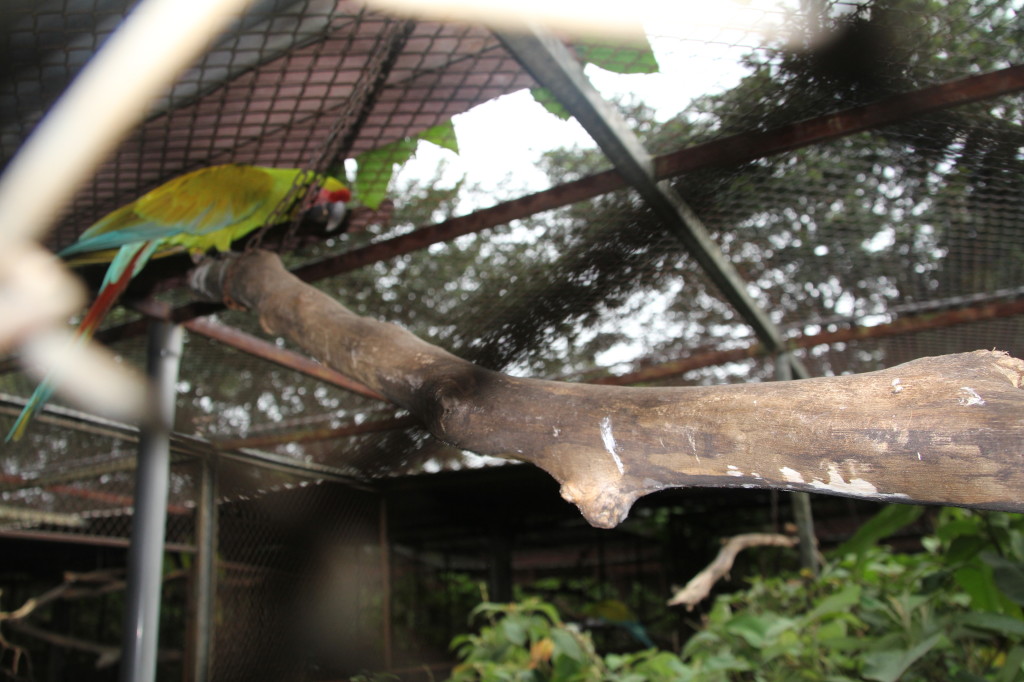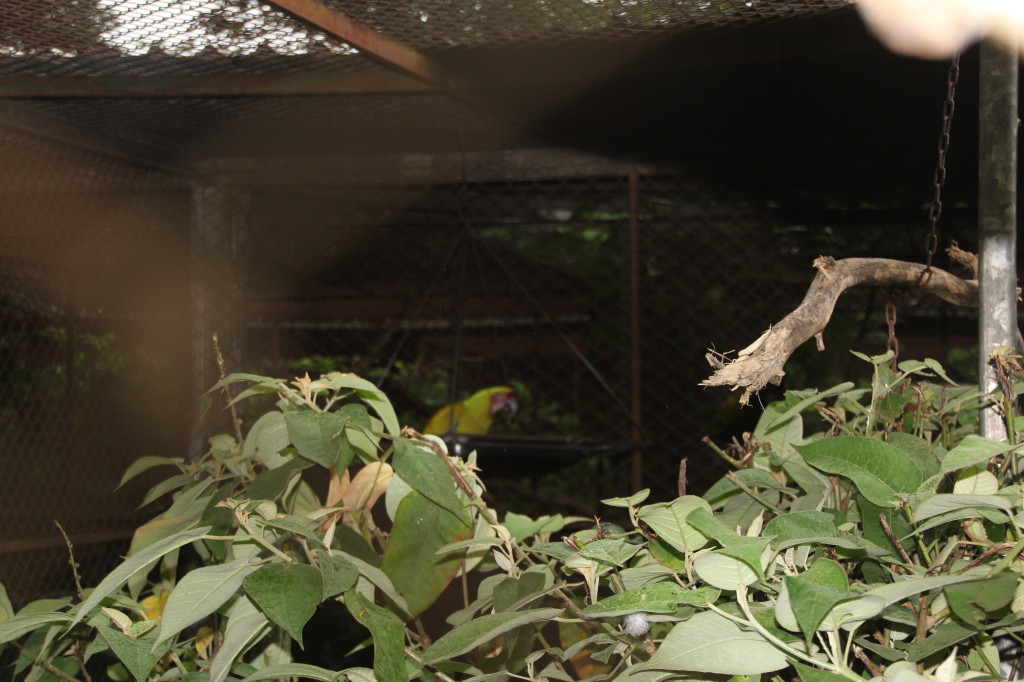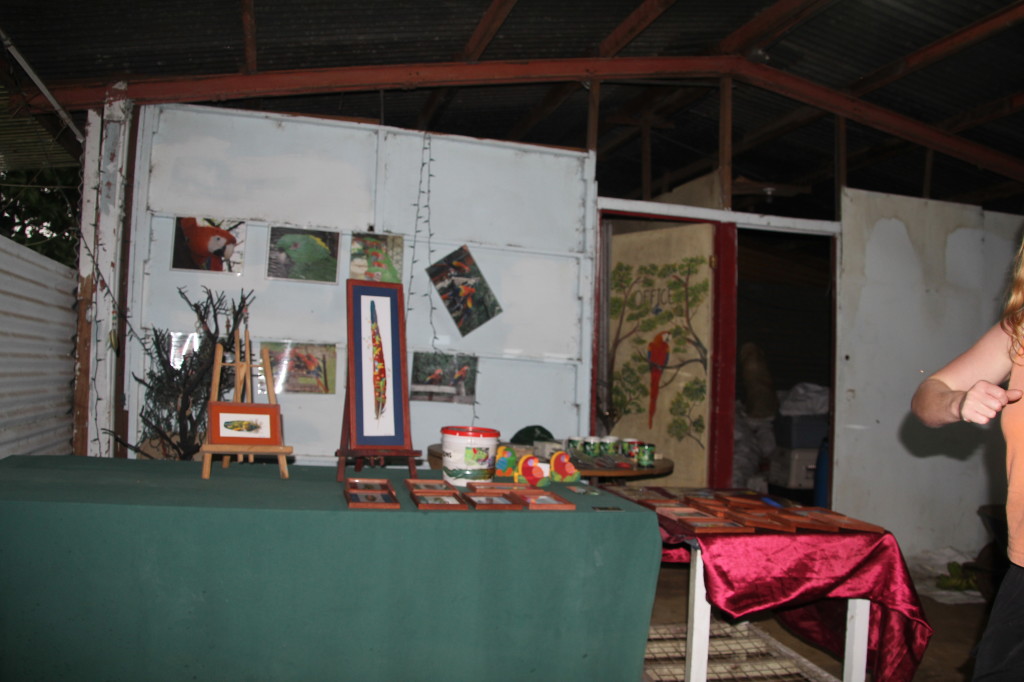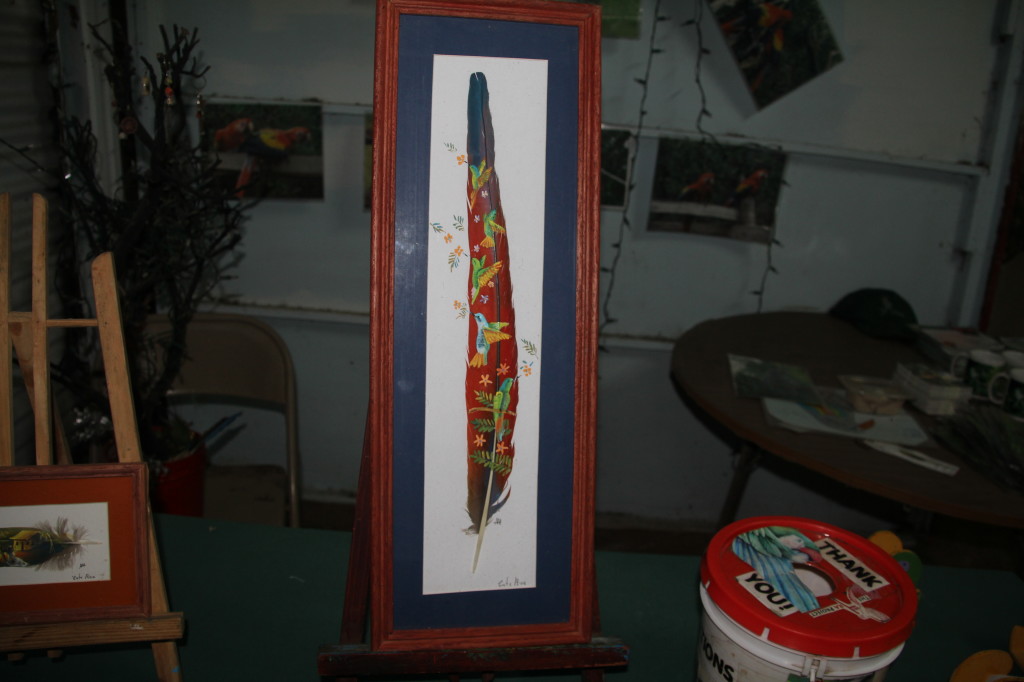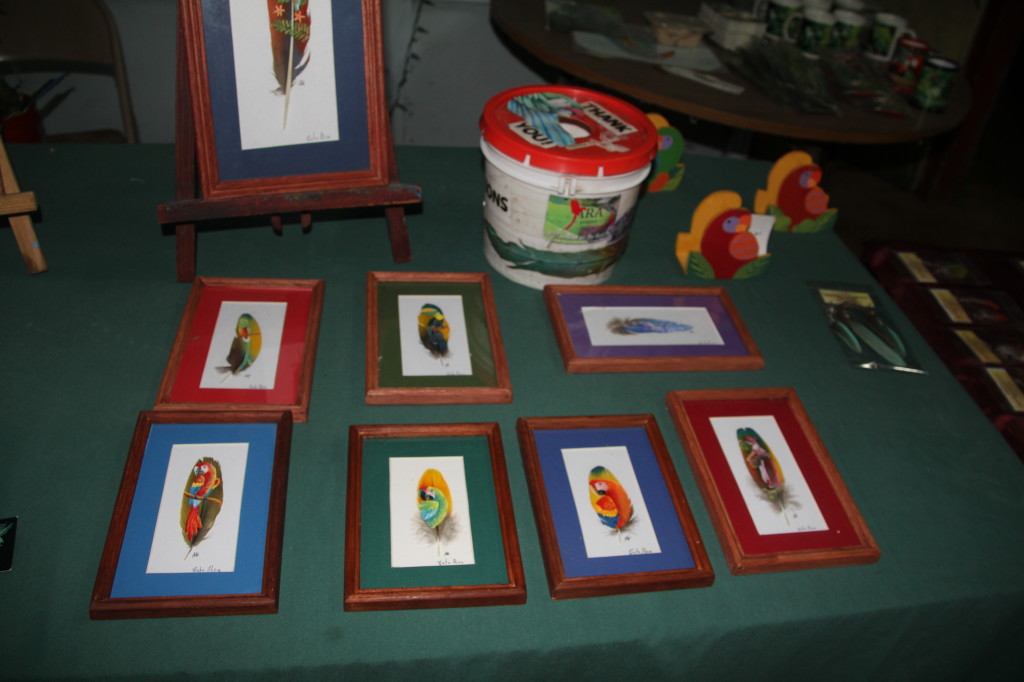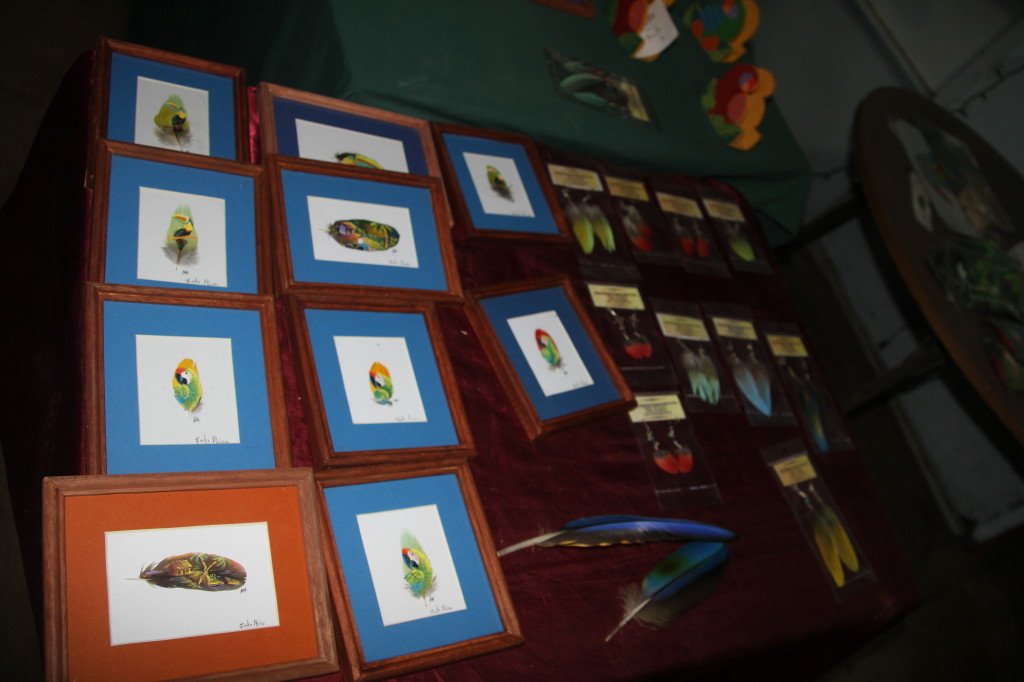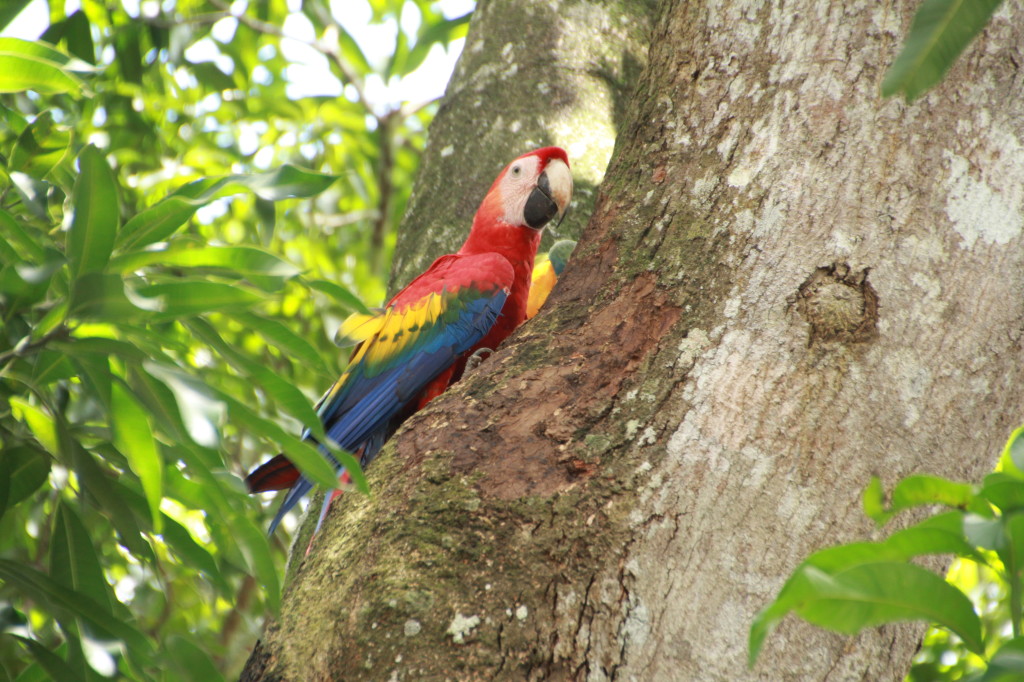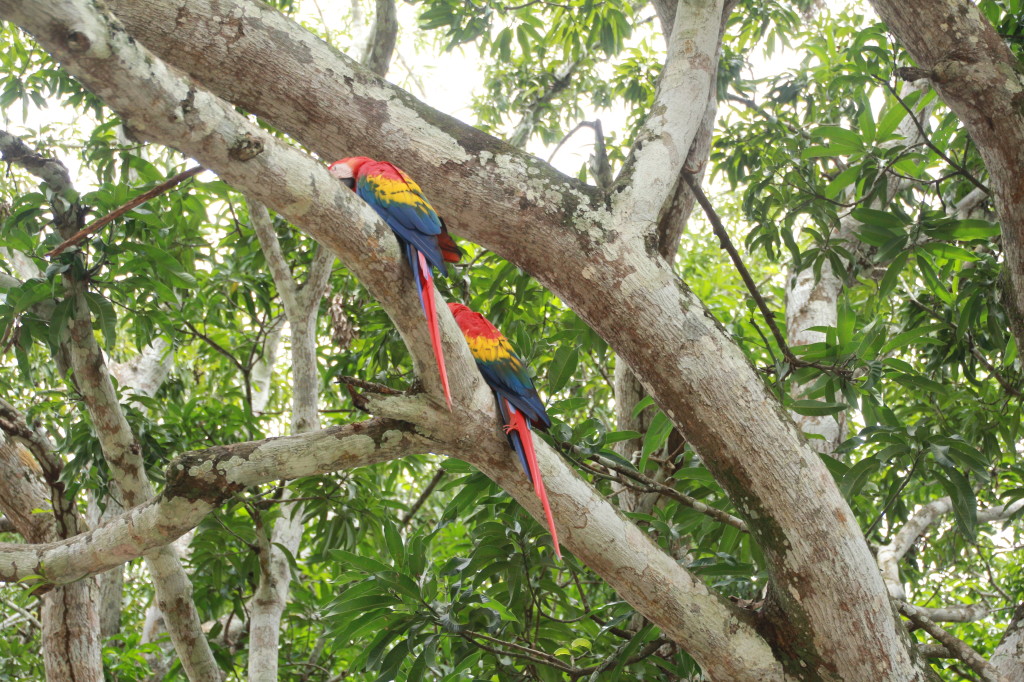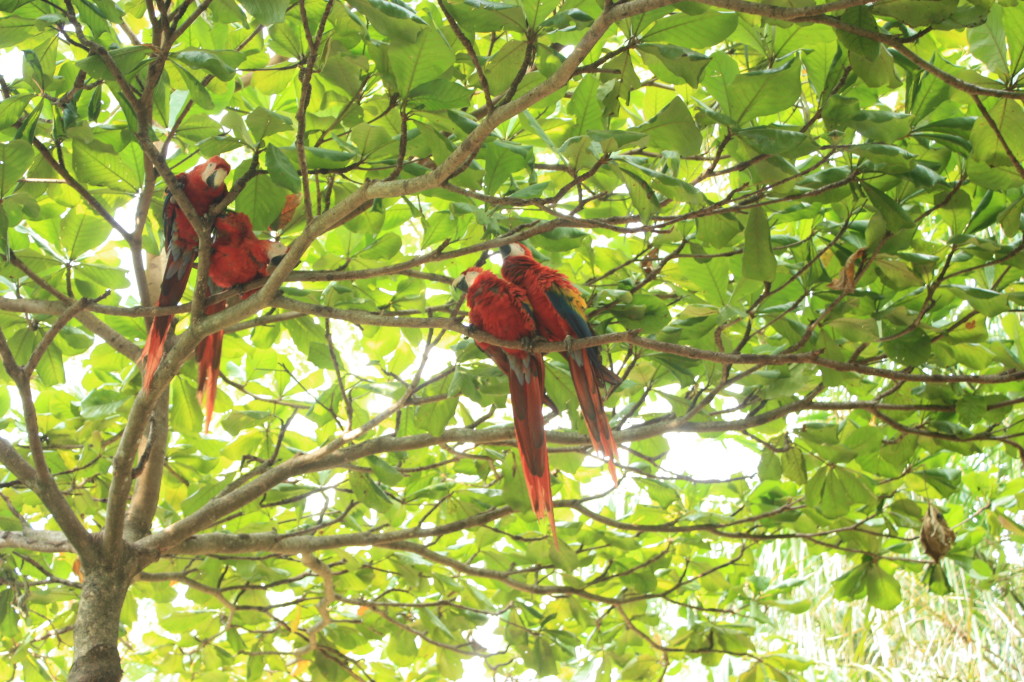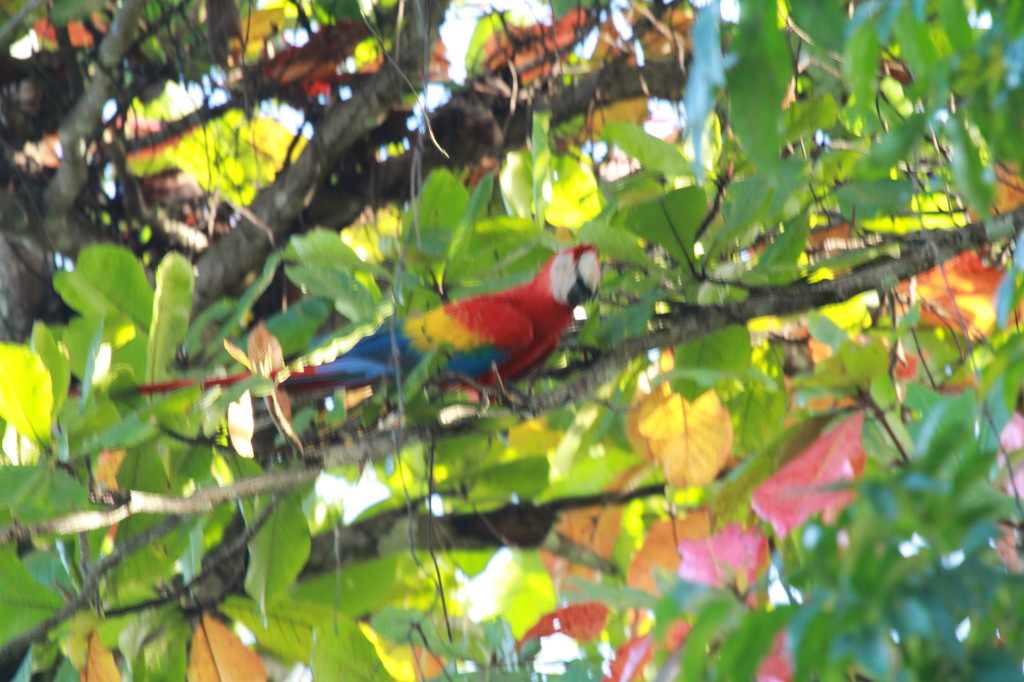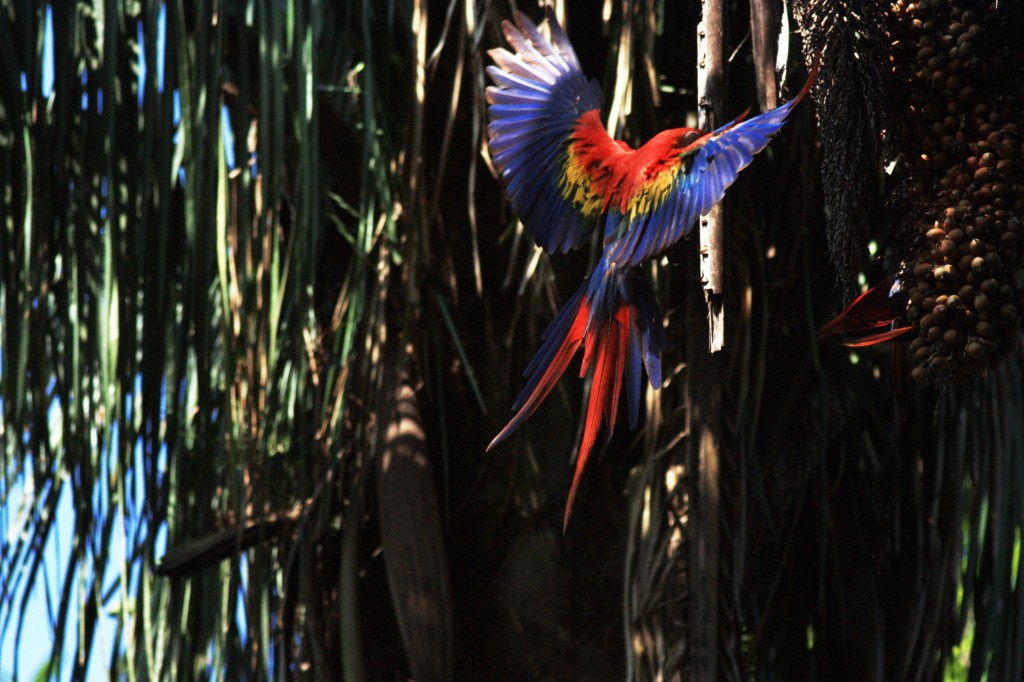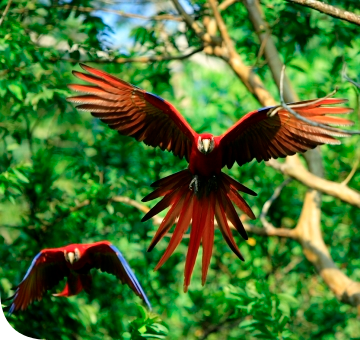Costa Rica is one of the world’s great birding & eco-tourism destinations and really deserves a full land-based trip such as we did in 2013. But if you happen to find yourself on a Panama Canal cruise, make sure Puntarenas (or nearby Caldera) is included! Most ships will offer a good choice of eco-tourism options if you want to book with the cruise line. Here are a few from Princess to give you an idea.
Scarlet Macaw Sanctuary, Boat Tour & Country Drive
Carara National Park, Pura Vida Gardens & Lunch
Rainforest Aerial Tram, Tarcoles River & Lunch
There is also a new Scarlet Macaw Sanctuary (not sure if this is where Princess is going now, they used to go to El Manantial) called the Ara Project. They used to be based in Alajuela but recently relocated here. I have pretty extensive posts on Carara & the Tarcoles River Cruise when we were there on a land trip so in this post I will give my advice for a shore excursion when you have limited time.
Puntarenas is one port where you are better off organizing a private trip. You can sometimes recruit others to share the cost if you join your cruise’s Roll Call on Cruise Critic. We ended up on our own but the price was reasonable even if we did pay it ourselves. After much online research, I chose Odyssey Tours and Travel and it was an excellent choice! The guide knew the local birds well and he took us to a great local place for lunch that had no other cruise people so it was really authentic. They also have a tour sharing service.
In the map you can see our customized itinerary. We started from the port (Puntarenas Excursions on the Google map), drove to Carara, spent the morning there, had lunch at that little restaurant on the beach (black line), went back towards the port stopping at the Molas souvenir shop and finishing at the El Manantial Sancturay (roughly “unnamed road”), then back to the ship.
Warning, there is a ridiculous number of photos to follow! I probably should have split this over 2 posts but I am trying to show you what you can do in just ONE day in this port!
Pre-dawn arrival and we were first off the ship. Our guide picked us up and we hit the road to Carara to get to the Scarlet Macaws asap.
We caught the Scarlet Macaws in time for breakfast. This was a young family, we could tell by the way the young macaw kept going back and forth between his parents. Since we had such a good view, we hung out here for over an hour.
Reluctantly leaving the macaw family, we walked through the park looking for any kind of wildlife.
We had lunch a bit early to make sure we had time for the afternoon program. The food was delicious an it was only us and one other private tour group of 10 people here. After lunch, we wandered down to the beach to watch sea birds.
We had a quick drive through the town of Tarcoles then a quick stop where the crocodiles hang out under the bridge. Some tour groups feed them. Being Aussies, we weren’t all that fussed about seeing crocodiles.
The Molas Souvenir Shop was about halfway back to Puntarenas. They take all credit cards so I went a bit nuts here! I would have been even worse if we hadn’t been limited for room!
I really wanted those tables but didn’t know how to get them back to Australia.
Enroute to the sanctuary, we lucked upon this beautiful motmot and trogon.
Final stop was El Manantial Sanctuary. The birds were rescued from smugglers or in some cases donated by pet owners who couldn’t keep them anymore. You can see where the Great Green Macaws, Scarlet Macaws and Orange-fronted Parakeets have been set free but still hang around the facility to steal food from their still captive friends. Only the species that are native to Costa Rica are set free here, others such as the Cockatoos and Hyacinth Macaws will stay in the aviaries.
Here’s the end of the tour, a quick drive through Puntarenas and we were dropped at the end of the small market that pops up to serve cruise ships. We did end up buying still more bird themed souvenirs!
The ship docks at the end of a very long pier so they have a cute little train to get us back to the ship. My poor husband was exhausted!
I was more exhilirated after such a successful trip!

